With Moritz Sigmund – 21/07/2023
The story of a very special first ascent on Jamyang Ri (5800m) in Rangtik Tokpo in Ladakh (India). With full of pride we call this superb line our most beautiful success so far.
Together with five friends from the Dolomites (Elisabeth Lardschneider, Markus Ranalter, Stefan Plank, Hannes Niederwolfsgruber, Hannes Sullmann), Moritz Sigmund and I have chosen this year Rangtik Topko, a remote side valley of the Zanskar Valley in the Ladakh region of the Indian Himalayas. At an altitude of 4900 meters, we have set up our tents and established a base camp together with our three local friends, who come from the nearby mountain village of Tungri and who enjoyed cooking for us with the biggest enthusiasm. The valley is surrounded by immense granite walls, which can be reached within one to three hours’ walk from the base camp and represented the actual destination of our trip.


The week-long approach impressed me so deeply, thanks to very touching insights into Buddhist culture and the simple ways of life of the locals, that I no longer expected any alpine feats from myself in order to be able to call the total five-week expedition a success. I enjoyed the time between climbs at base camp, which we spent completely isolated from the outside world playing board games, reading, writing, painting, or just thinking.
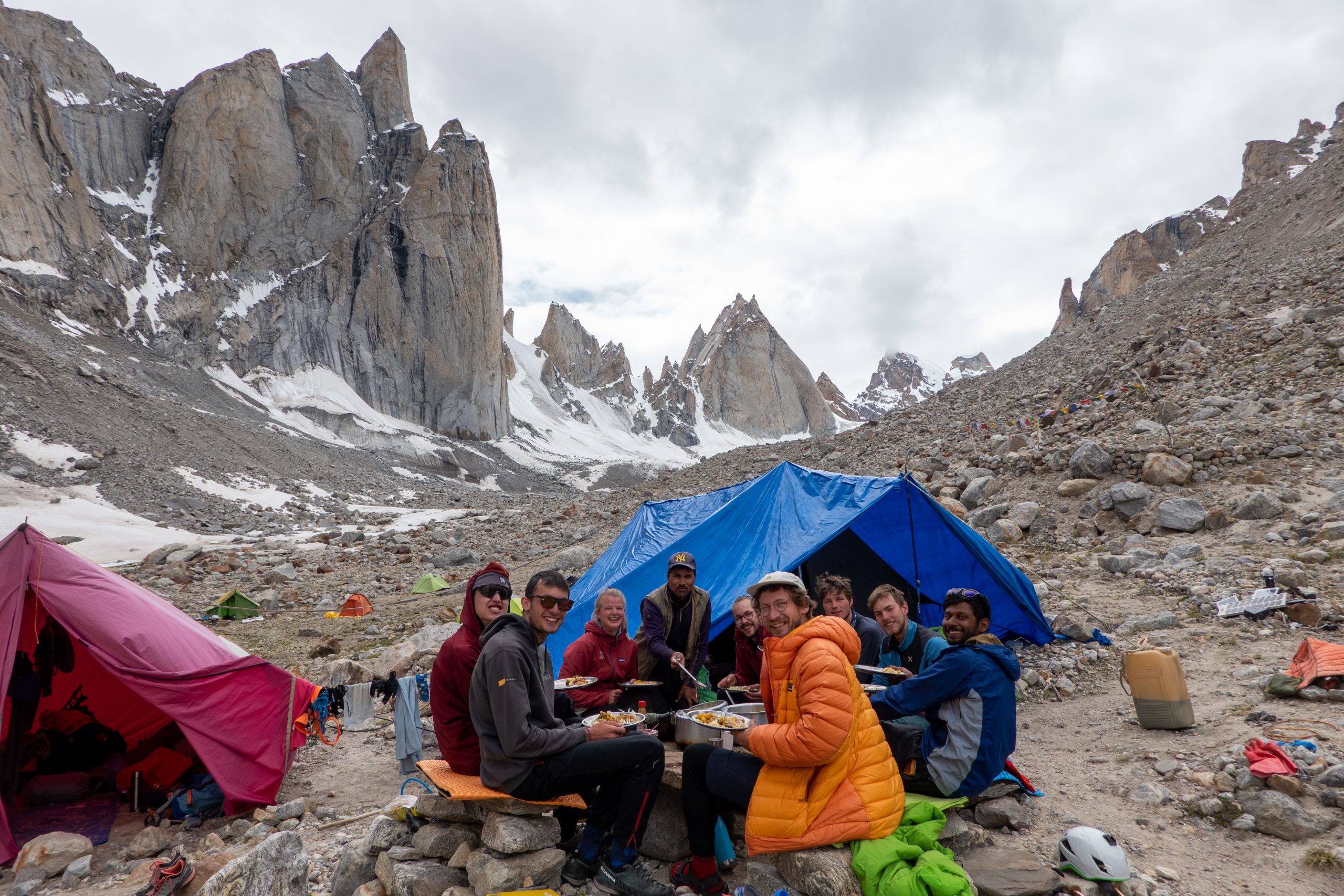
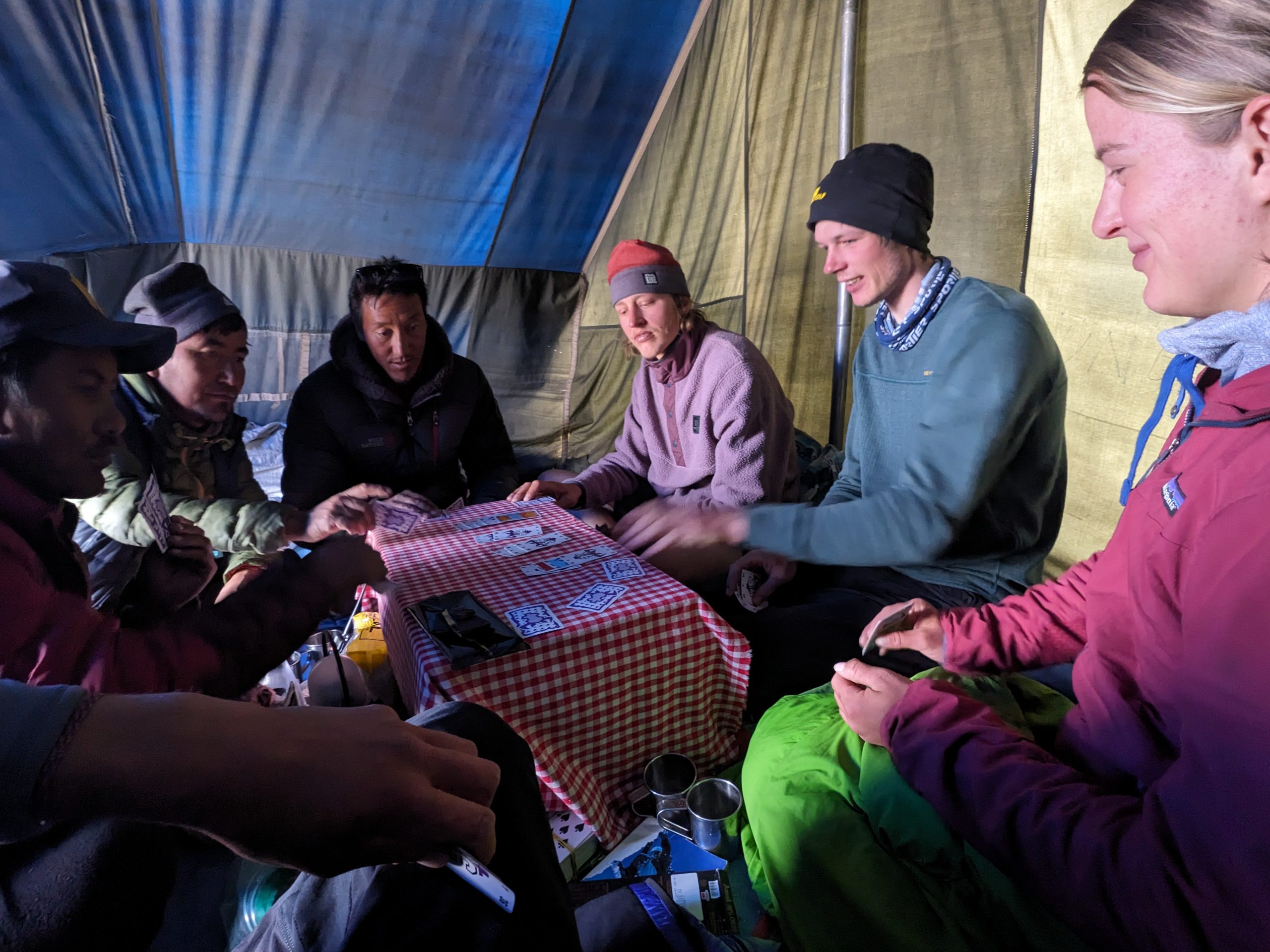
Our first first ascent attempt through the central part of the wall on the pre-summit of Jamyang Ri failed. The wall resisted too much. Jamyang Ri is located immediately behind base camp and its steep granite walls are visible all the way into the inhabited valley. Especially the upper part of the main peak reflects the sunlight in a beautiful way and fascinated us since our arrival in Tungri. The peak looks like a rock crystal, with smoothly polished sides and clearly visible edges that mark the light/shadow changes at different times of the day. One of these prominent edges points directly down into the valley and thus caught our eyes every morning as soon as we crawled out of the tents at base camp.
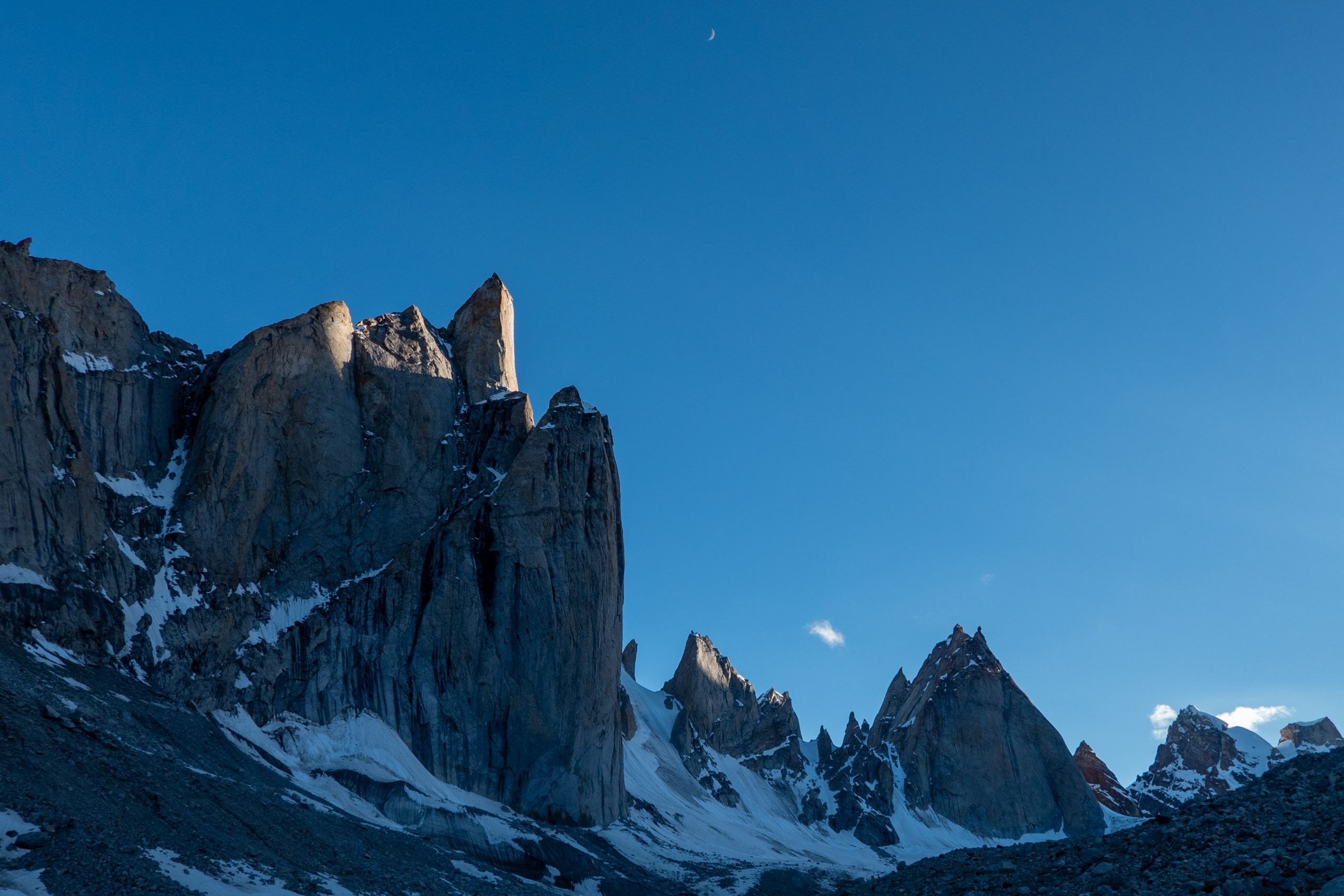
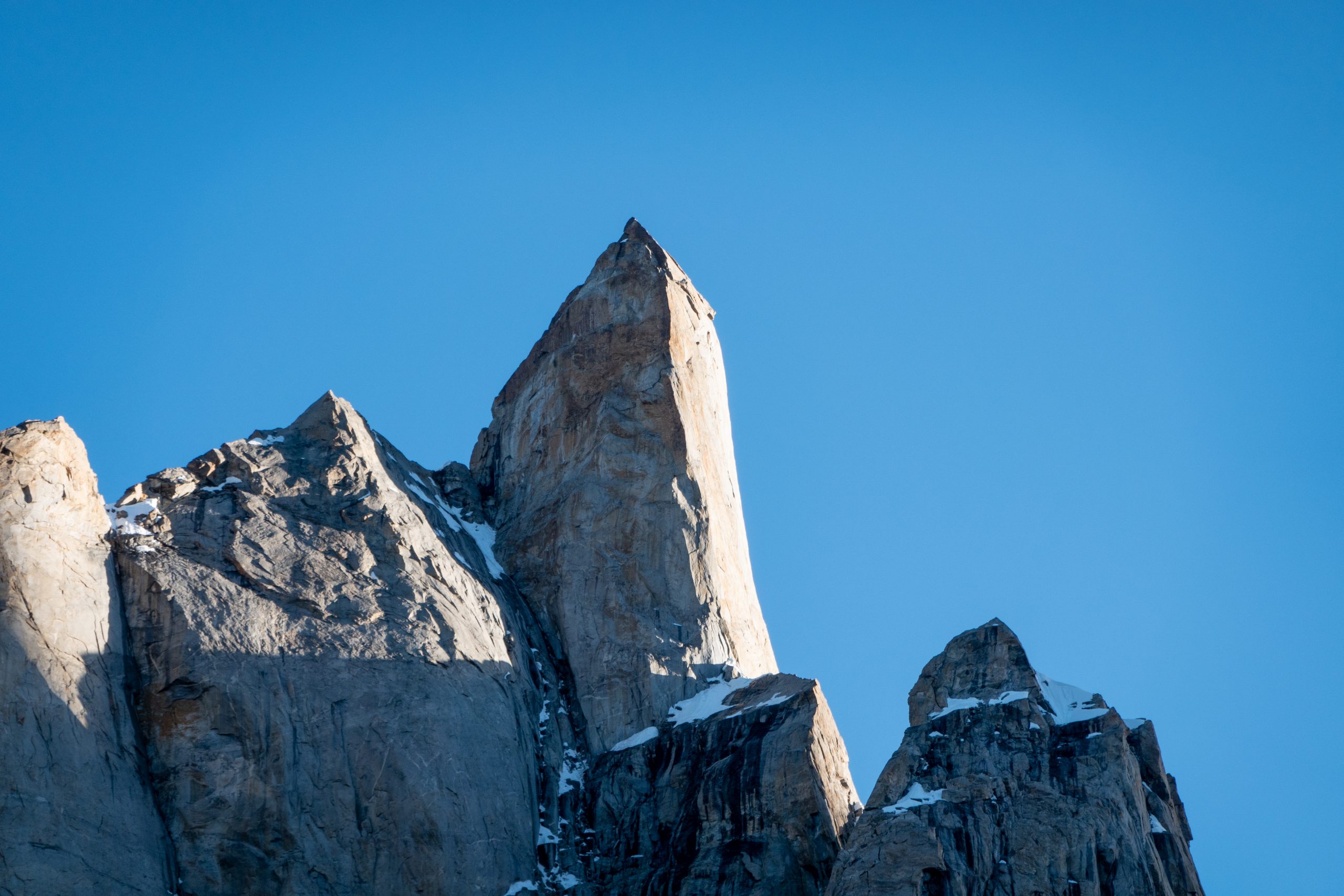
Since we had to give up our original plan to reach this stunning edge through the central wall of the pre-summit, we opted for the gully that forms between the main summit and the pre-summit and goes all the way to the base of the wall. Moritz and I started at 4 a.m. from the base camp, with material reduced to the bare essentials and a good mixture of motivation, hope and confidence.
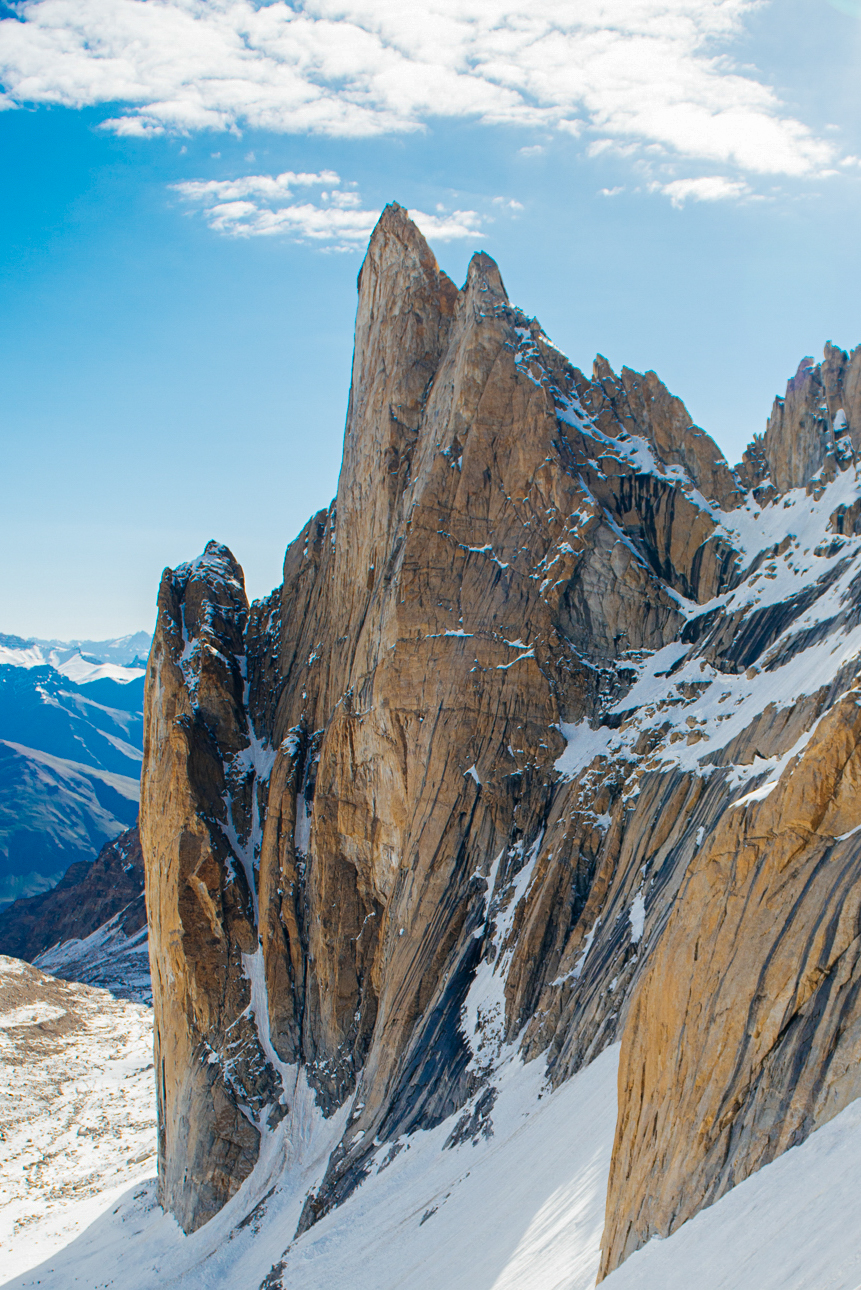
The first four pitches we climbed similar to the Slovenians in 2016, who then traversed to the right over a large rock ledge and were the first team to reach the summit. Some snow in the gully soaked our climbing shoes, as we left the mountaineering boots and crampons at the base to save weight. Apart from that, we made fast progress. The lead climber’s main difficulty was not kicking loose blocks that could hit the trailing climber. The easy climbing up to the sixth grade, the partly loose nature of the rock, the snow and the absence of any human tracks did not slow us down at all, but fired our drive with the clear goal in mind. At 11:00 am we reached the altitude of the pre-summit at about 5600 meters, after about 400 meters of climbing and 10 pitches, at least six of them on previously untouched rocks.

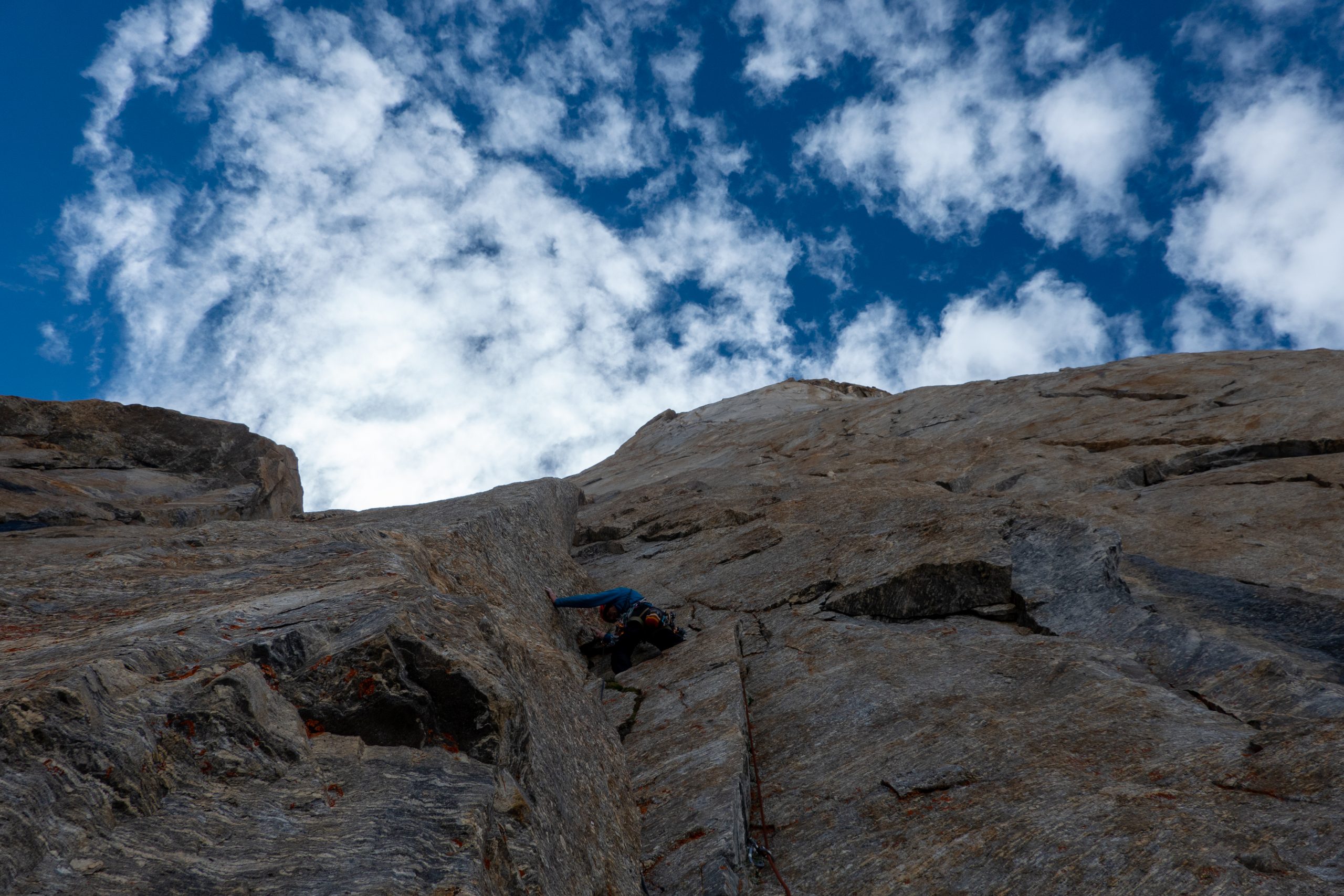
With a direct view of the base camp and the valley, we now sat there and could not wait to find out whether this extremely daring line was possible. With binoculars, we had already been able to see some cracks in the days before. But we had always avoided a detailed study and discussion of the line, for afraid that our rationality would predict the impossibility of the line and advise us against an attempt.
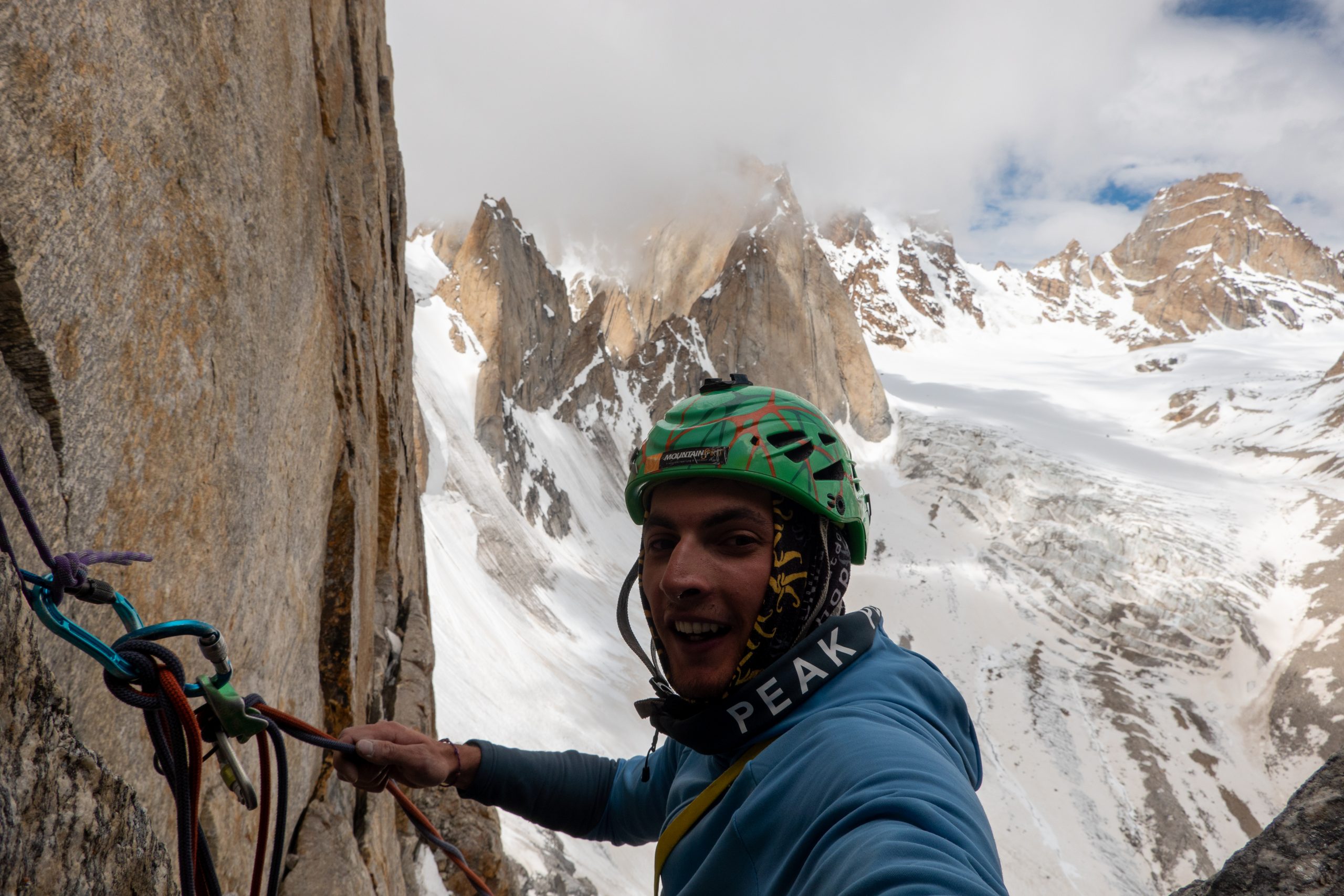
The first pitch led us directly onto the edge of the rock crystal and into a crack that we could already see from base camp. That this crack turned out to be one of the most beautiful alpine cracks we have ever climbed, we could not have imagined in our best dreams. We were able to enjoy this luck for a whole two pitches.
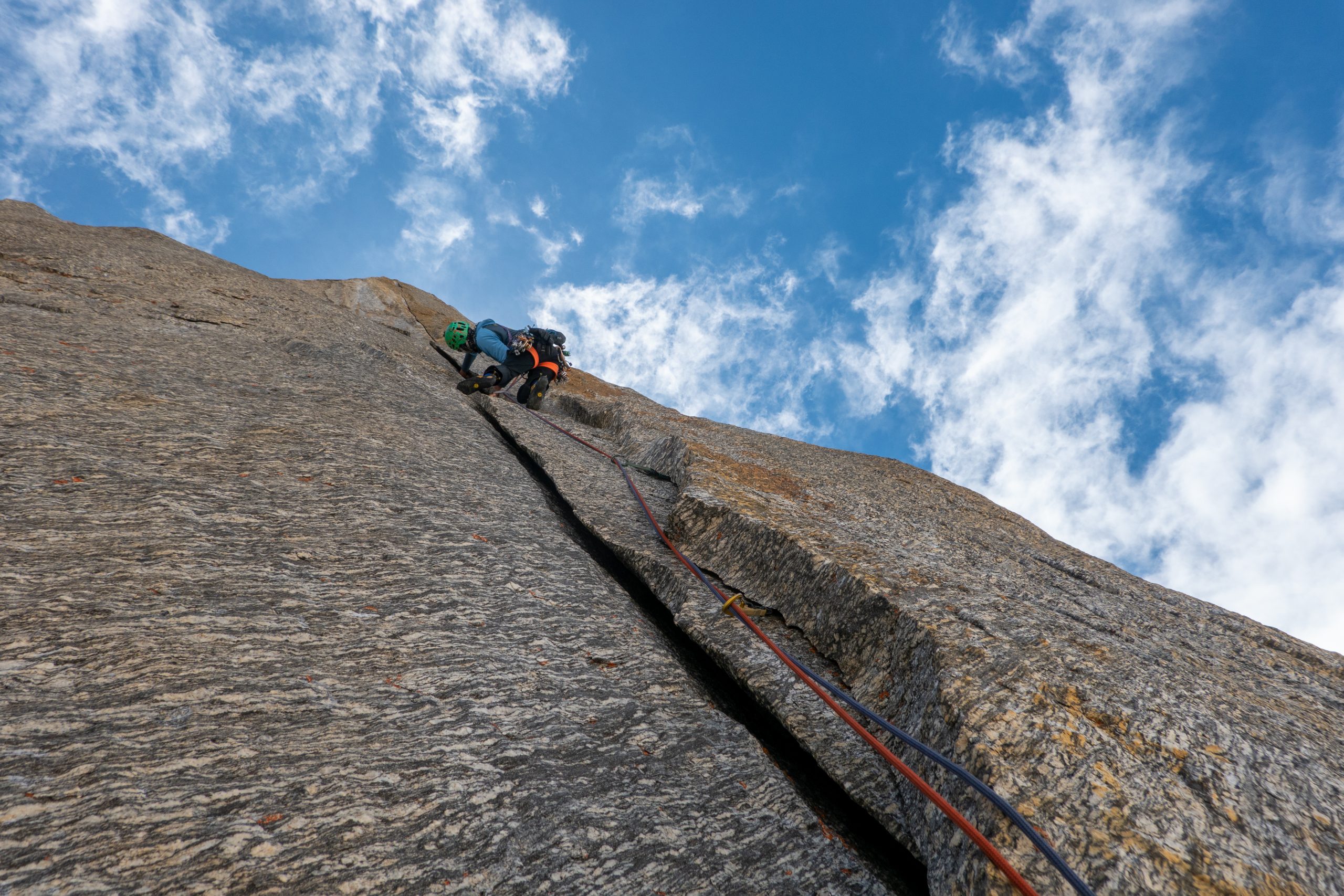
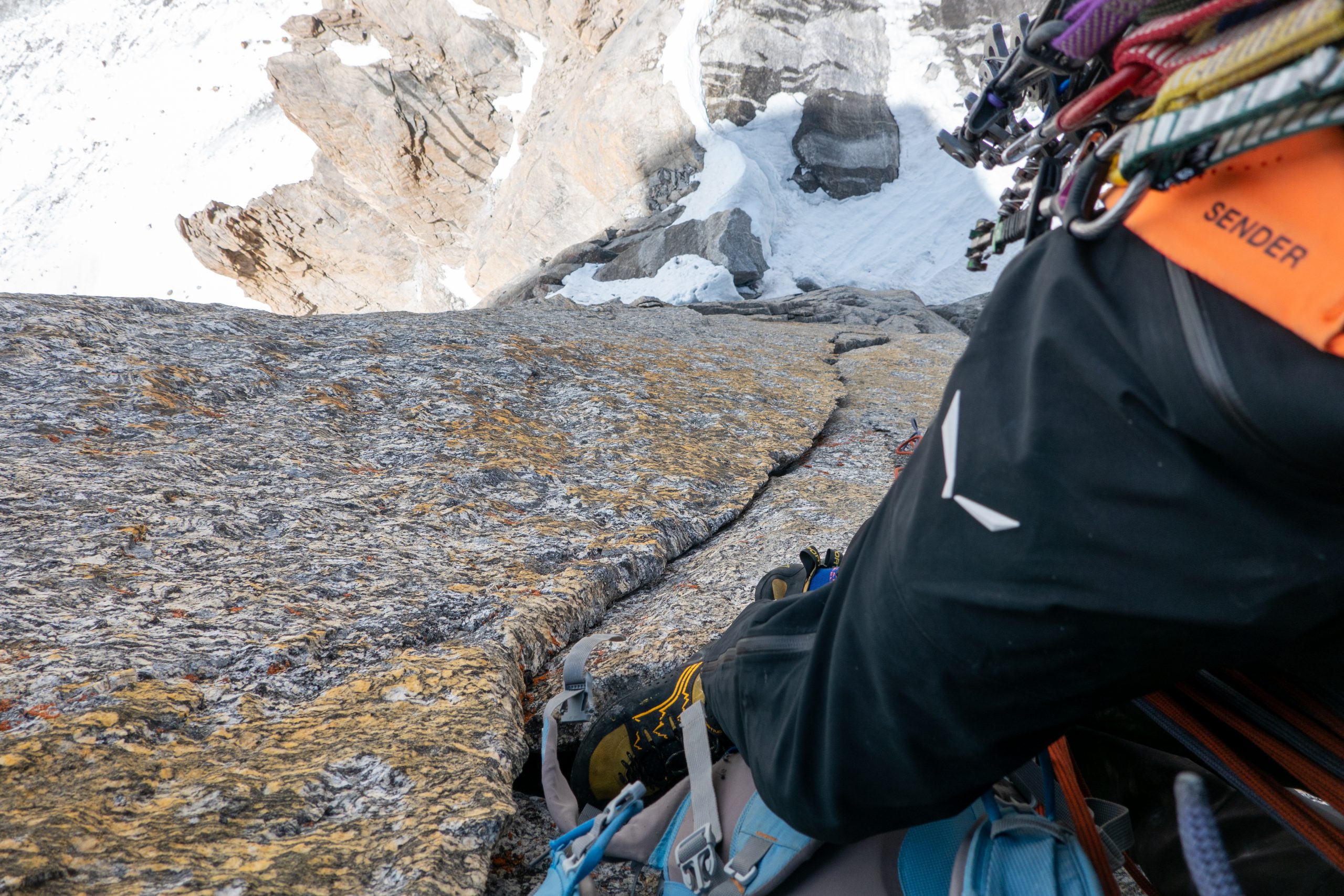
The question of whether our route will end in a dead end seemed to be approaching. Shortly before the crack ran out into a blank slab, Moritz traversed two meters to the right, exactly on the edge, and placed there a cam behind a narrow flake. He had to abandon an attempt to climb straight up after a few meters because there was no protection possibility. Back at the cam, he considered a traverse to the other side of the rock crystal on narrow cimps, after which he suspected good holds. After a moment’s hesitation, he disappeared from my sight. Slowly, but constantly, the rope ran through the belay device. Occasionally I heard his breathing through the wind. He did not respond to my calls. I became somewhat concerned, but I was far from suspecting the mental battle my longtime climbing partner was in. After about ten minutes, I heard a powerless voice: “That was too much for my head.” I didn’t realize the significance of this sentence until I was standing on the ledge by the cam. I saw Moritz hanging at the same height in a vertical wall in a hanging belay on two nuts and two cams. About seven meters away from me. No protection in between. I saw his chalk marks on small sloping holds and, to my horror, no footholds at all. “I had to campus the first few moves, then I was able to use some friction footholds,” he told me. Where he thought there were good holds, there were none, and climbing back was no longer possible for him. With the worrying awareness of what Moritz can perform on the rock, I started climbing, putting a strength in my fingers that I don’t think I’ve ever been able to call out in any sport climbing route. A threatening pendulum fall directly into the belay can summon incredible forces.
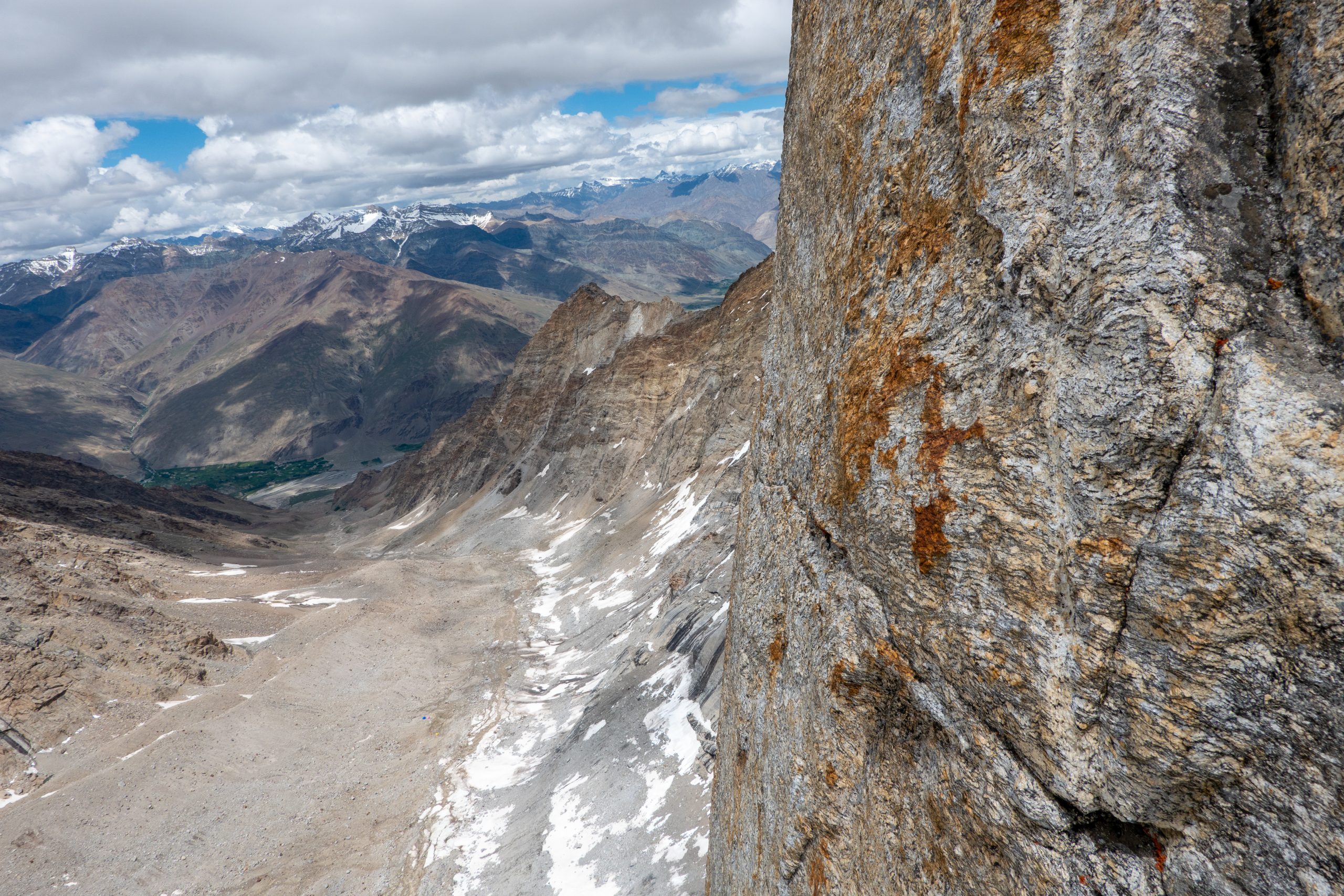
After these very intense meters of climbing, I arrived at the belay, pumped with adrenaline. A feeling of guilt towards the potential repeaters of our route overcame us. “They will hate us!”. But Cliff we had none with us, and the hand drill with the two bolts was only for a forced retreat. But instead, a glance at the wall above us, which by now was turning orange in the afternoon sun, lifted our confidence that we could make it to the summit.
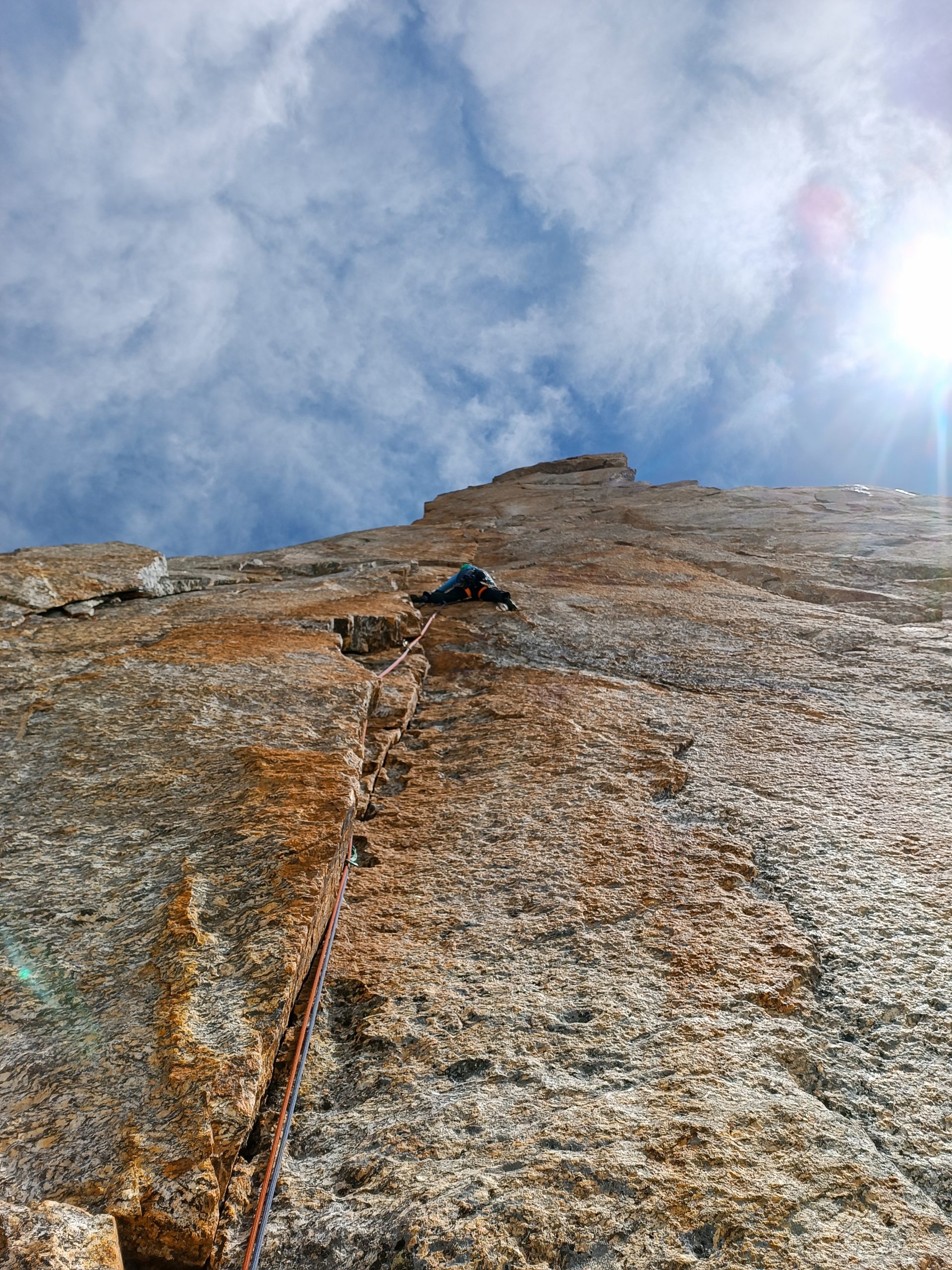
For two pitches we followed a thin crack, which we protected with nuts and small cams. The climbing was absolutely brilliant. Regularly we had to rest our pumped arms on the intermediate protections. But we agreed that we were on some of the most beautiful alpine pitches we had ever seen. The local rain shower that suddenly unloaded not far from us over the Chanrasrik Ri worried us extremely, but our sparkling motivation seemed to keep the rain away from us.
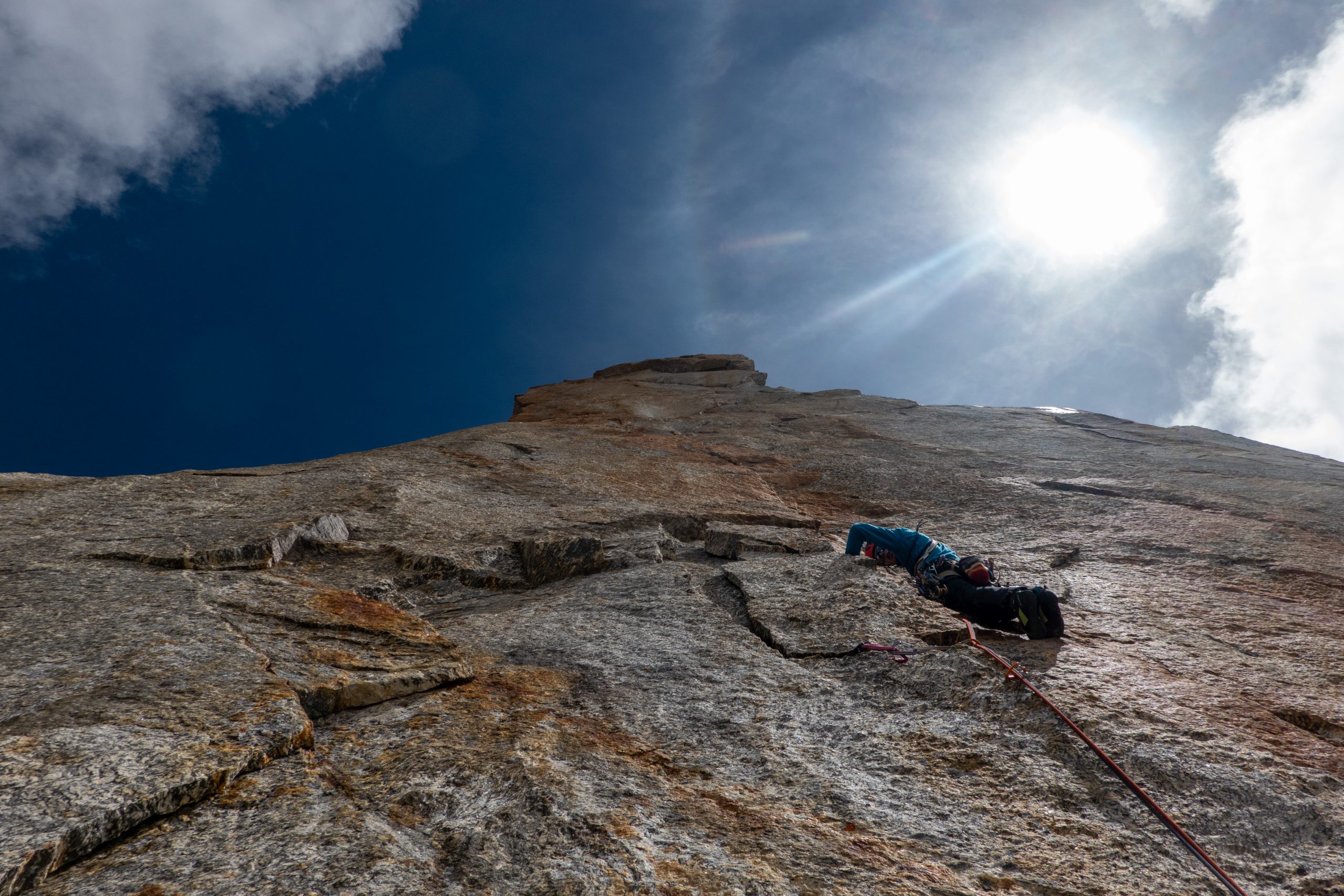
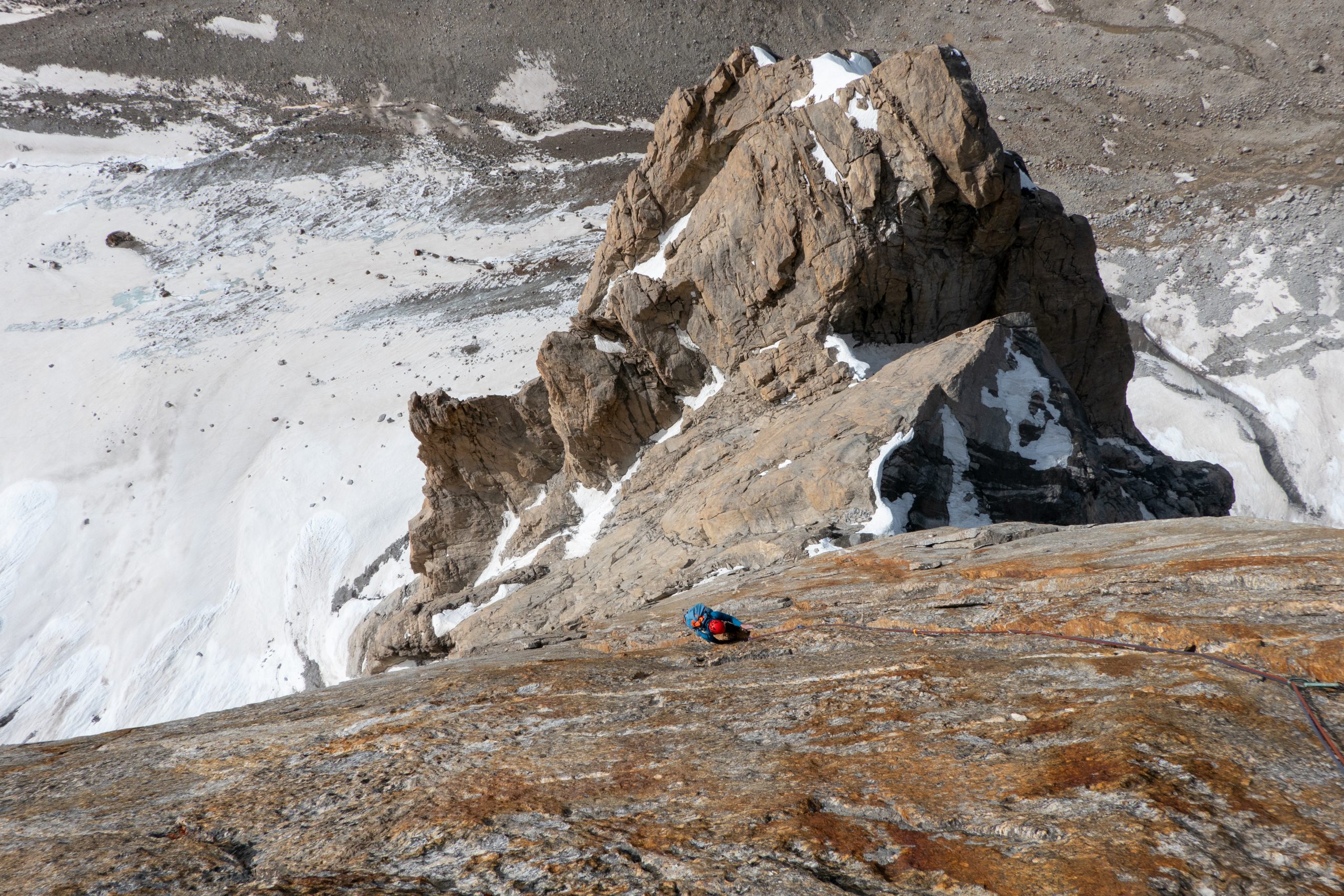
After another pitch, we noticed with great happiness that our friends Lisi and Makke had reached the pre-summit of Jamyang Ri below us, thus completing their seven-day first ascent. I had accompanied them a few days ago and helped them haul and set up the portaledge. Therefore, I knew only too well what magnificent alpinistic achievement they have accomplished there.
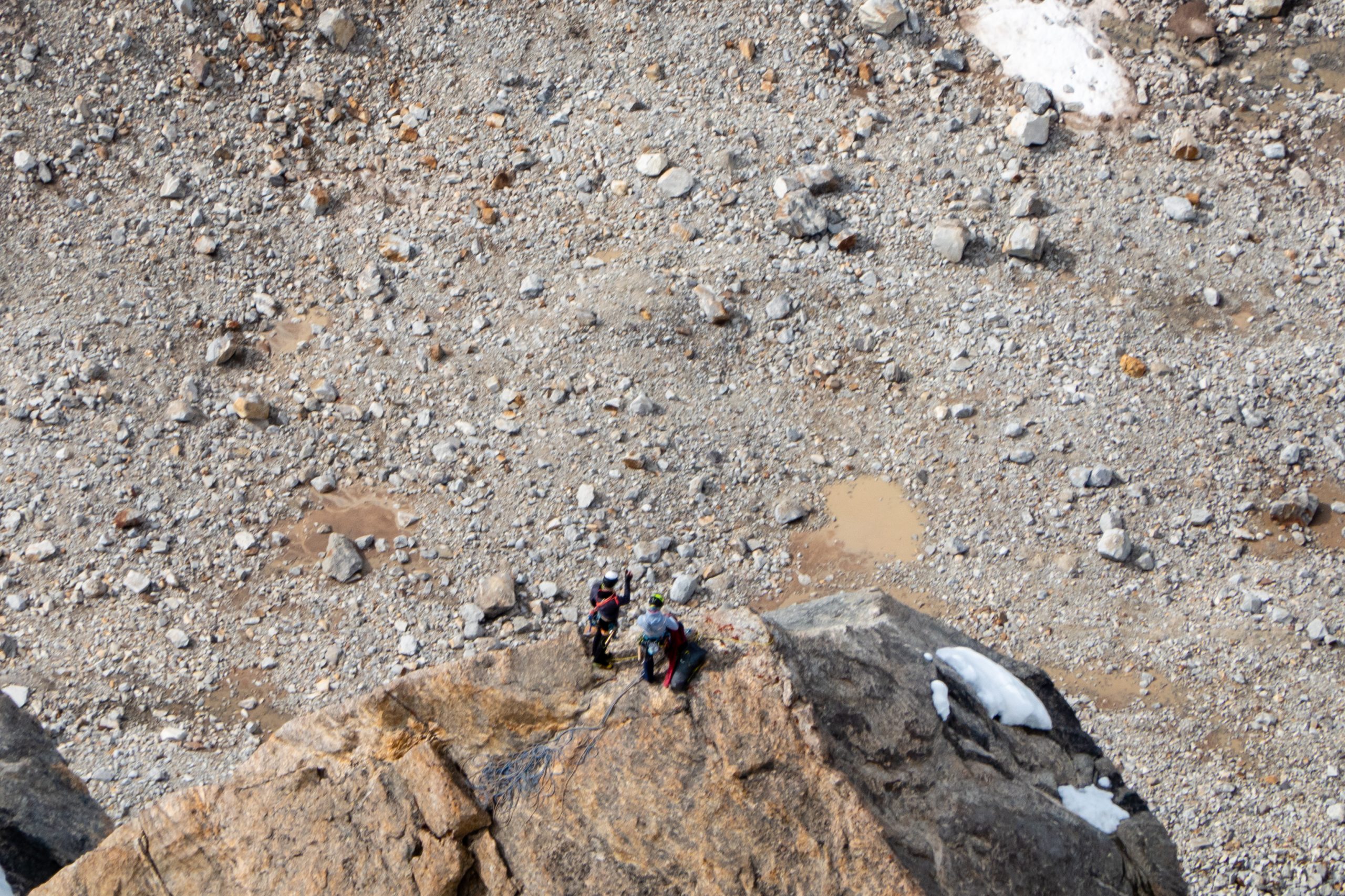
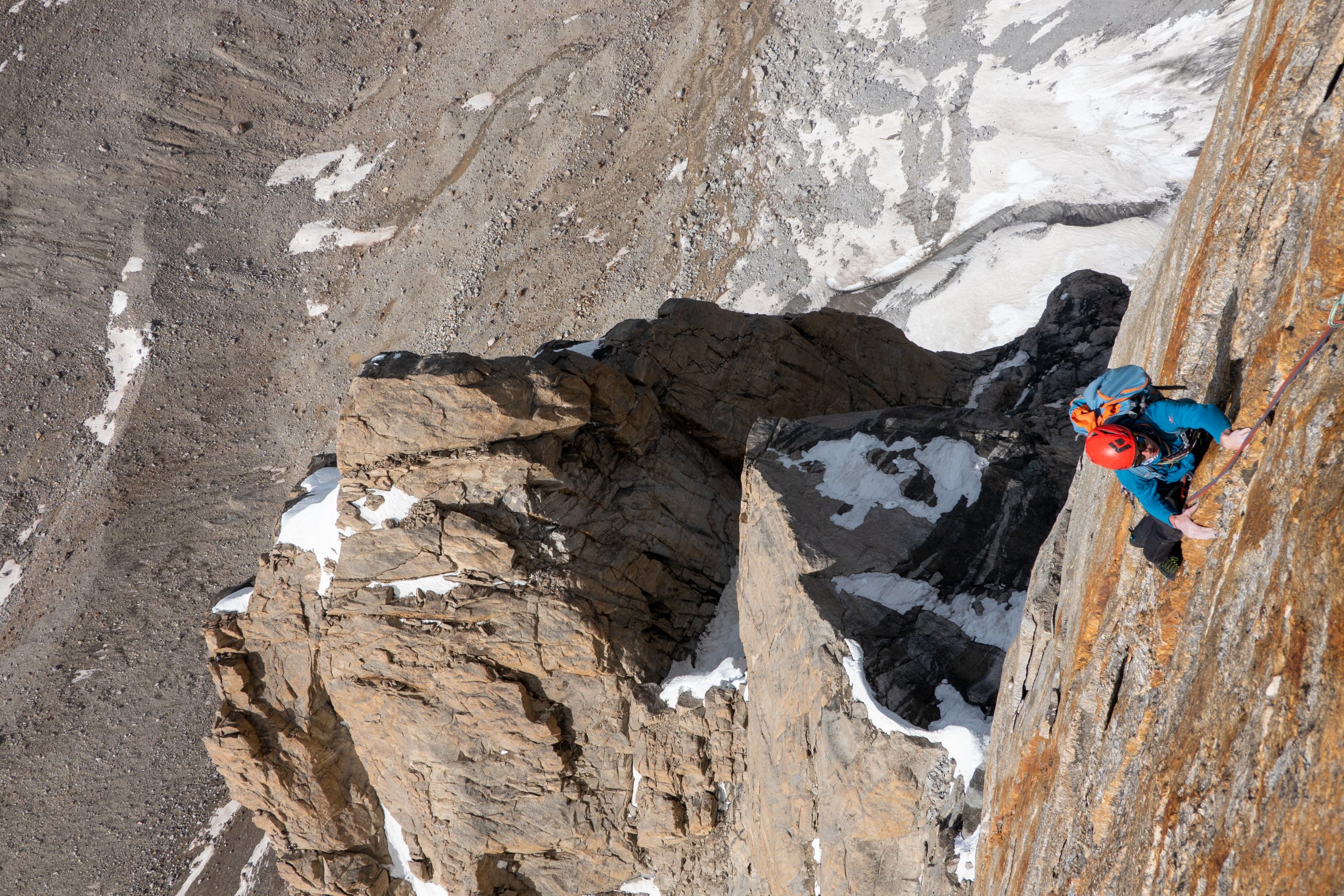
However, for us the next problem was that a large roof was blocking the way to the top. On a photo that we found on my camera, we discovered a possible crack a little to the right of us. I rappelled Moritz five meters and he pendulumed to the hoped-for crack. The dark strip in the photo actually turned out to be a climbable flake, and Moritz shouted cheerfully, as the following crack system seemed to lead up to the summit.
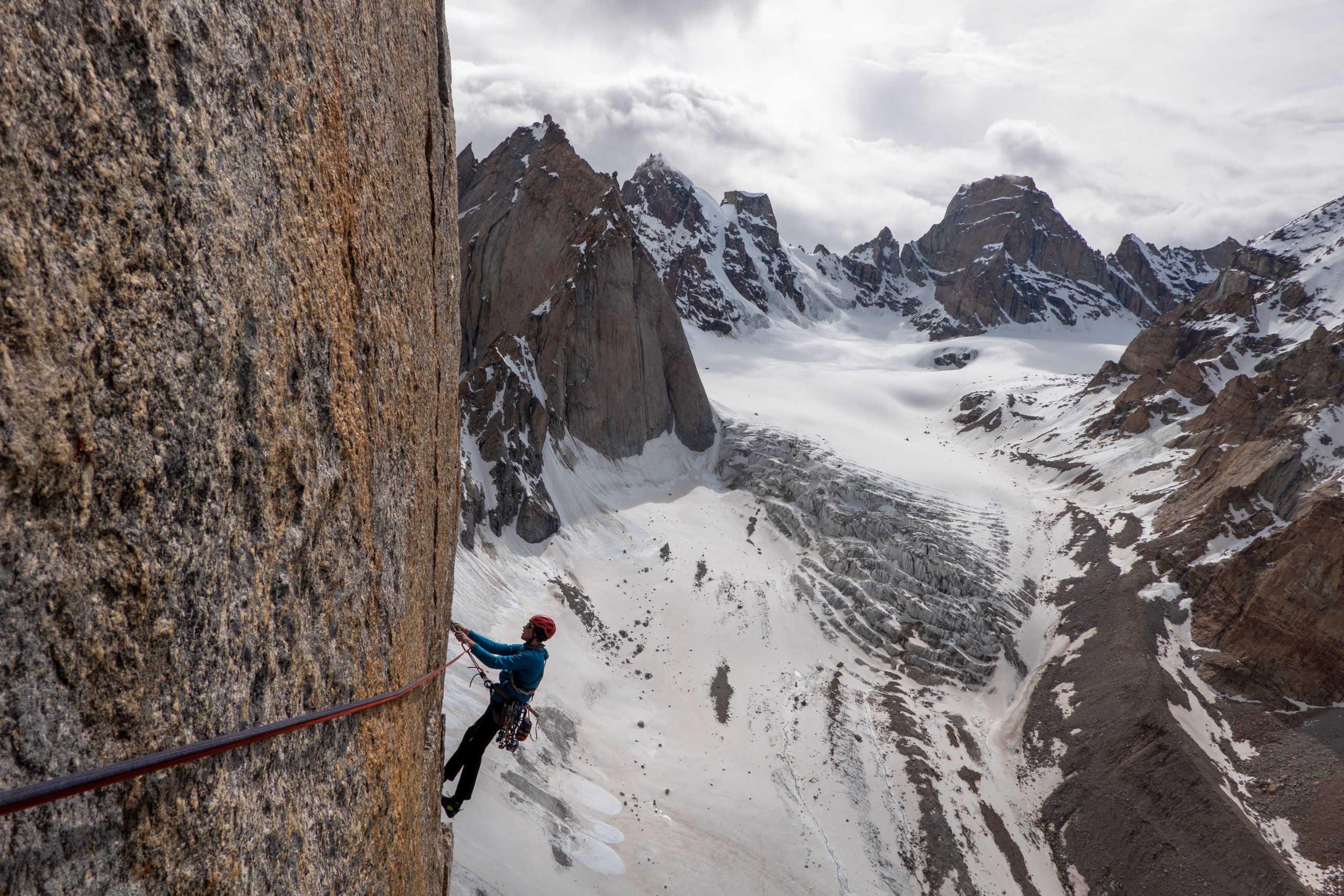
In the next pitches, another rain shower came up. But Buddha seemed to take it well with us and saved us again except for a few drops. I got the last of my energy out of me and climbed towards the summit. My lungs worked at full capacity to compensate for the low oxygen concentration in the air. As soon as I reached the summit, I struggled to hold back my tears. Our first summit of this trip. On top of that, a first ascent that we hardly expected to succeed, and a line that had inspired us the most in the whole valley. We needed only two pitons and not a single bolt. As if that were not enough, the view of the surrounding glaciers and mountains fired us with incredible impressions.
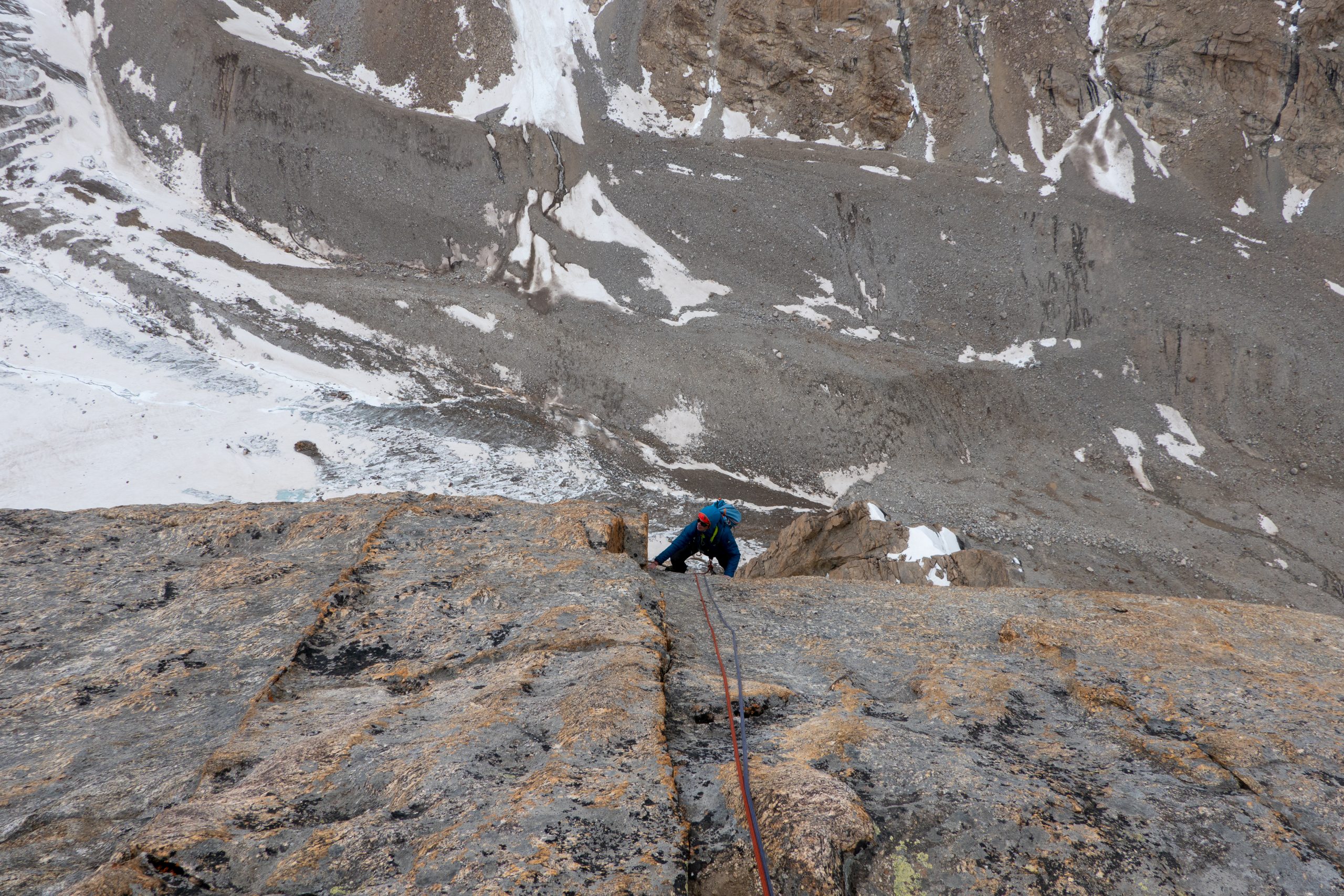
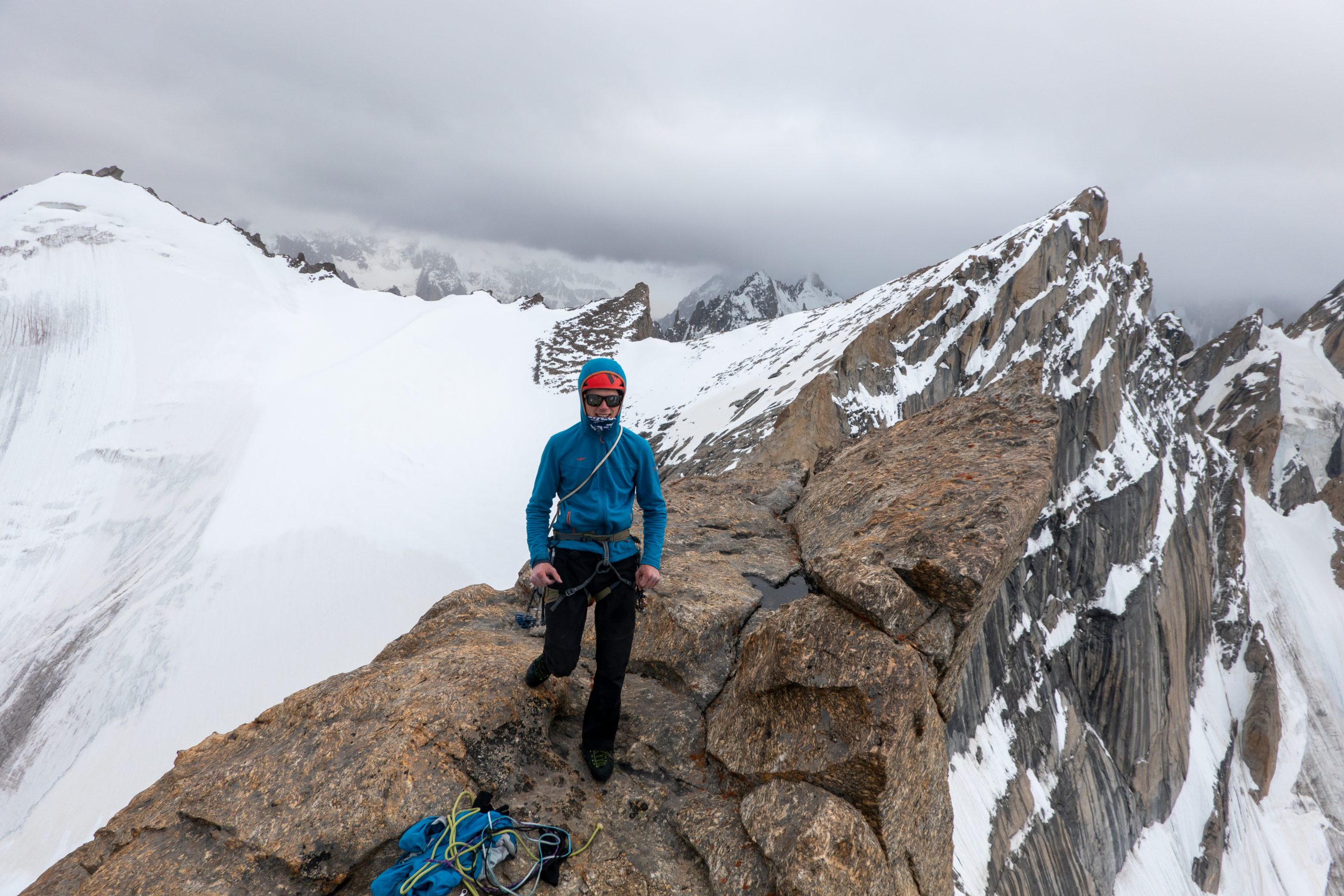
Regardless of all the summit emotions, however, we were aware that we were probably the third rope team at this point at 5800 meters and that we still had a long descent ahead of us. With only sparse information about the rappelling route of the Slovenians, we made our way back to base camp. After three completely vertical rappels, we were hanging in the middle of the wall and couldn’t find the next rappel point. We were forced to evoke the last energies from our tired arms and to drill a bolt with hammer and hand drill. After this exhausting and annoying work, we again found the slings of the Slovenes. After two more rappels it became dark and we got lost again. By radio we informed our friends that it could take a little longer. Fortunately, after each rappel we found enough natural rock structures to allow us to continue rappelling. 18 hours after we left, we reached base camp. Tired and exhausted, but infinitely happy.
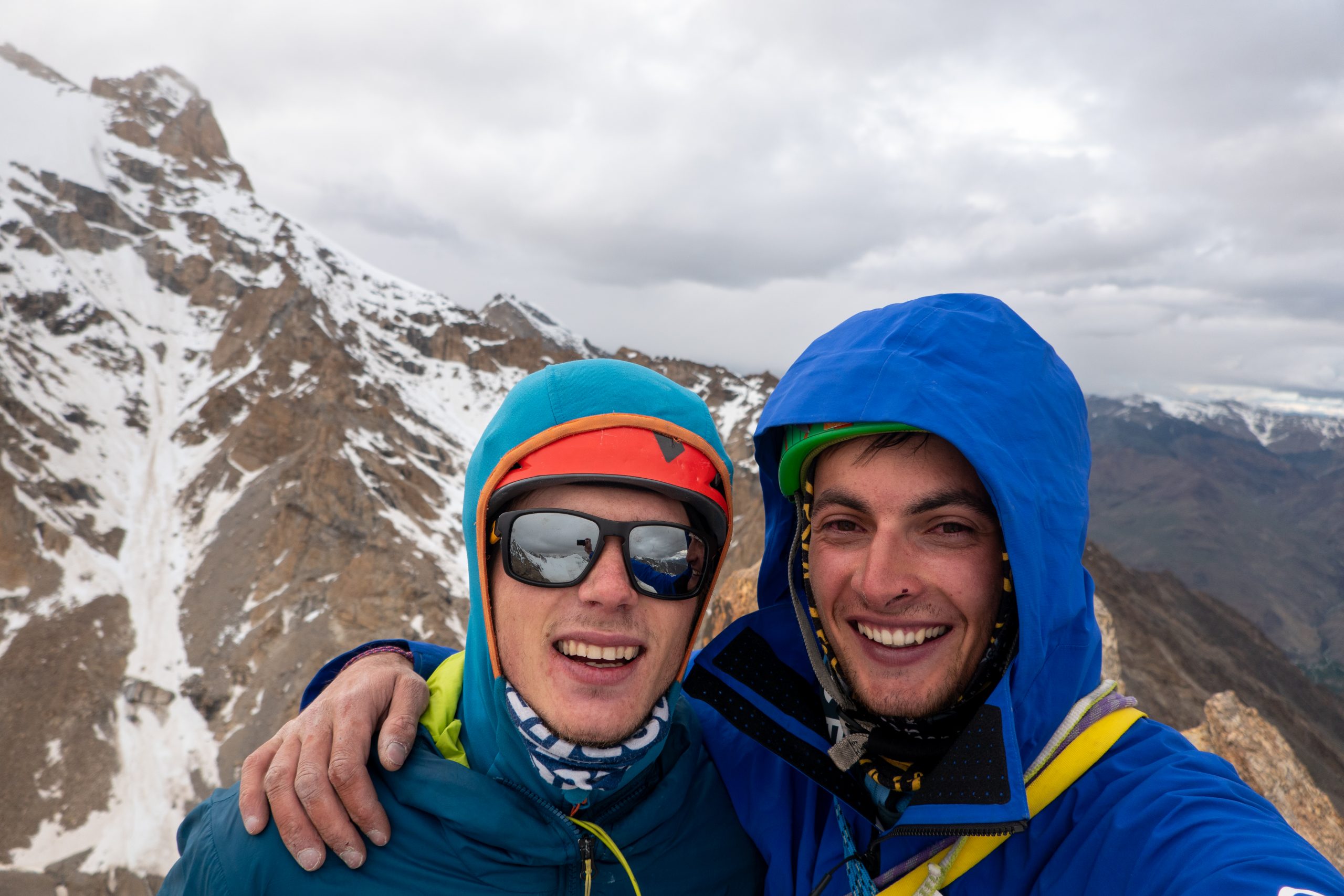
Our local friends had been watching us all day with binoculars and cheering along with us. Yeshi, who left for the village before we returned, carried the news of our success to the valley and we felt the euphoria spreading around us. Since our arrival we experienced incredible feelings of happiness and satisfaction, mixed with a huge joy for every little event. The people of Tungri showed us how a happy life can look like and showed us how grateful we have to be for our way of life. The rock crystal will remind us forever that the really valuable treasures can only be stored in our memories.
Patrick Tirler – 23/07/2023 – Basecamp Rangtik Tokpo
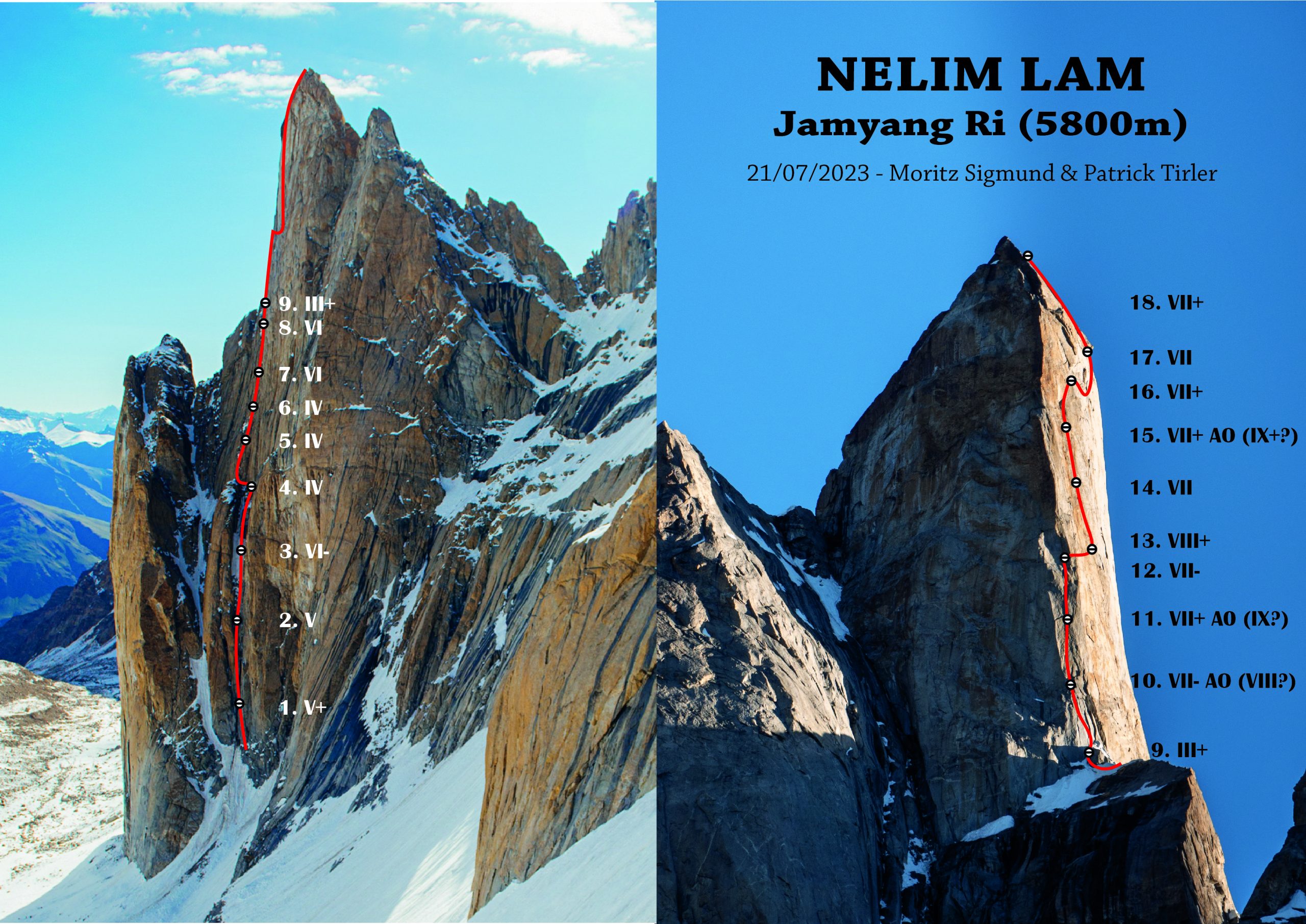
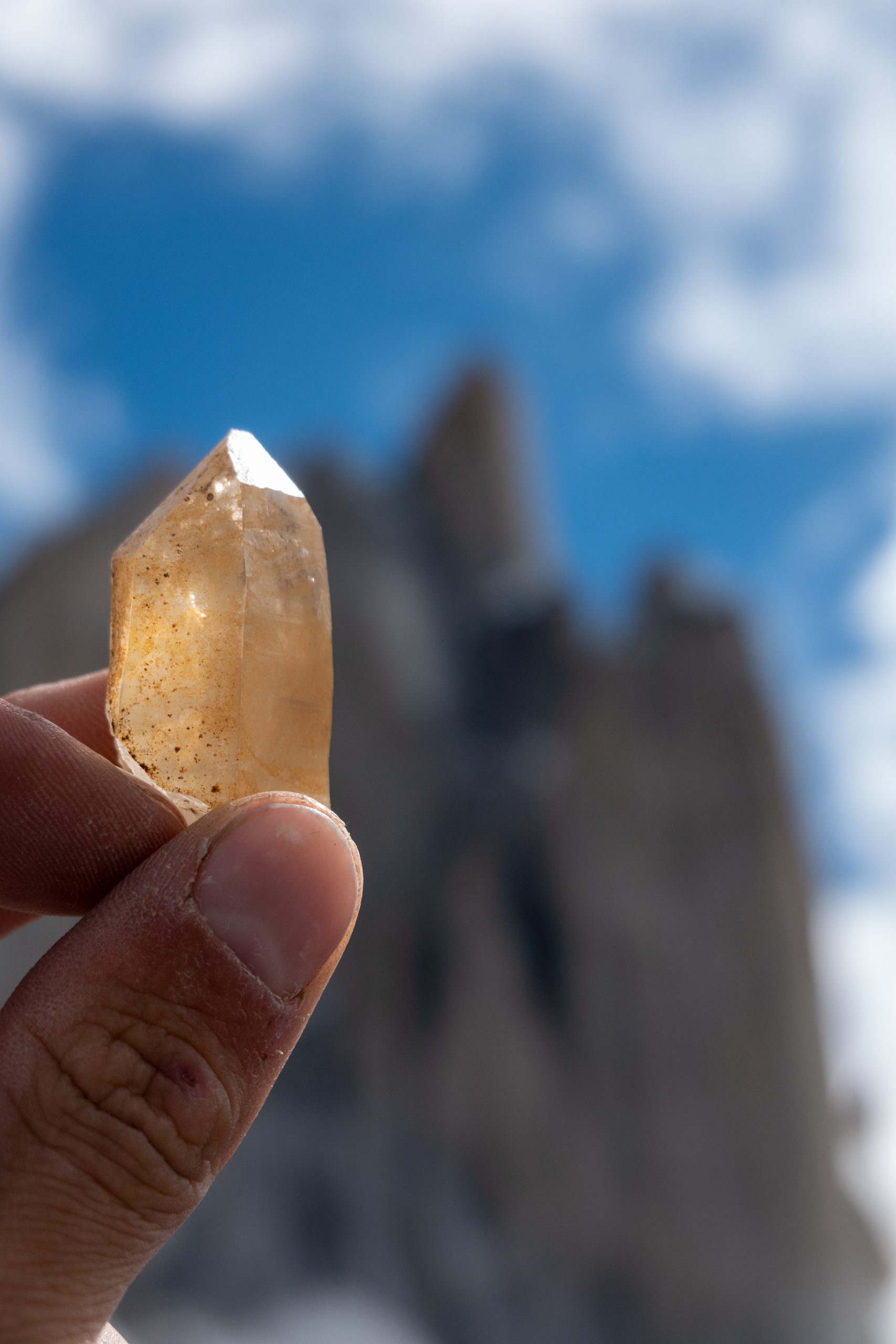


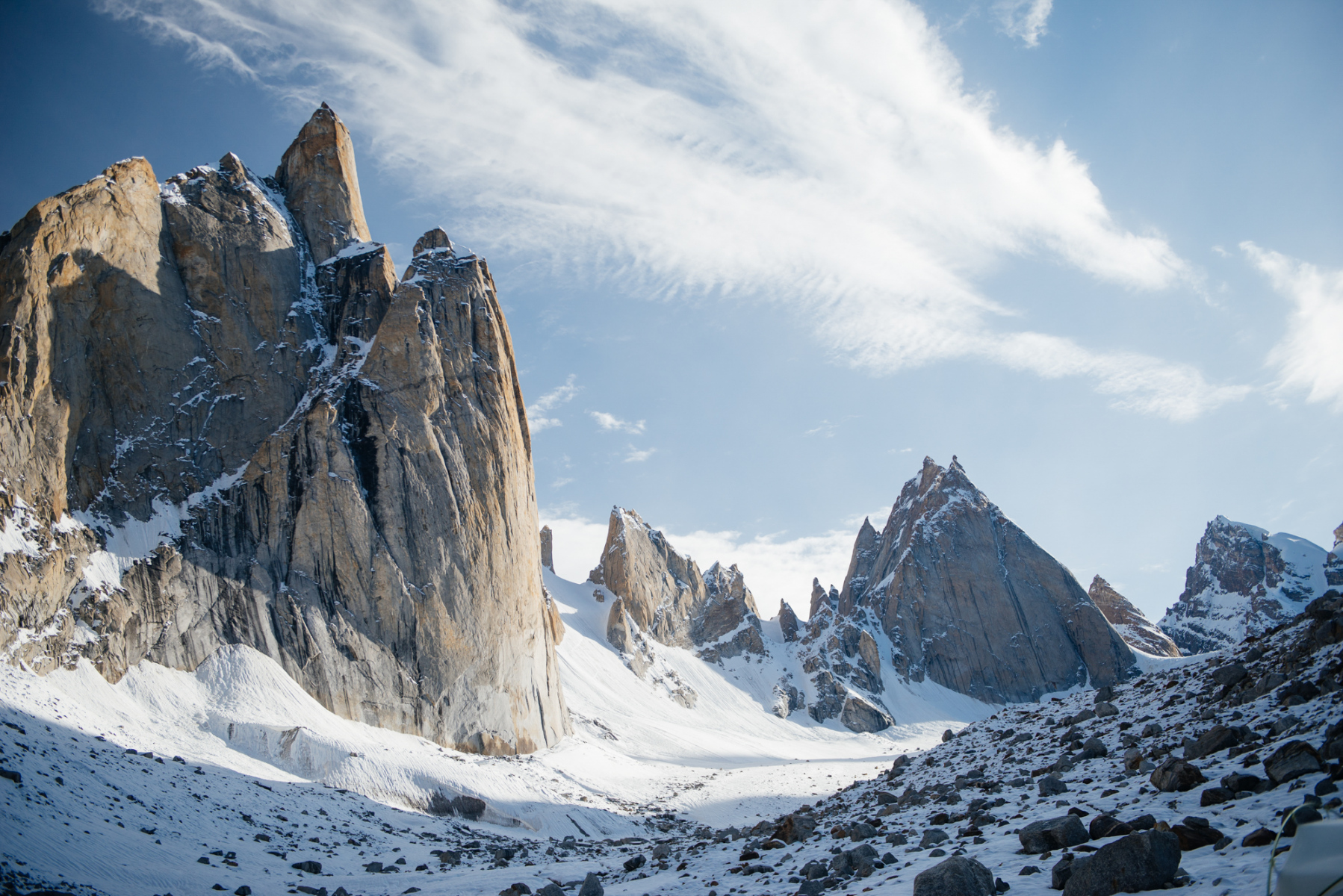
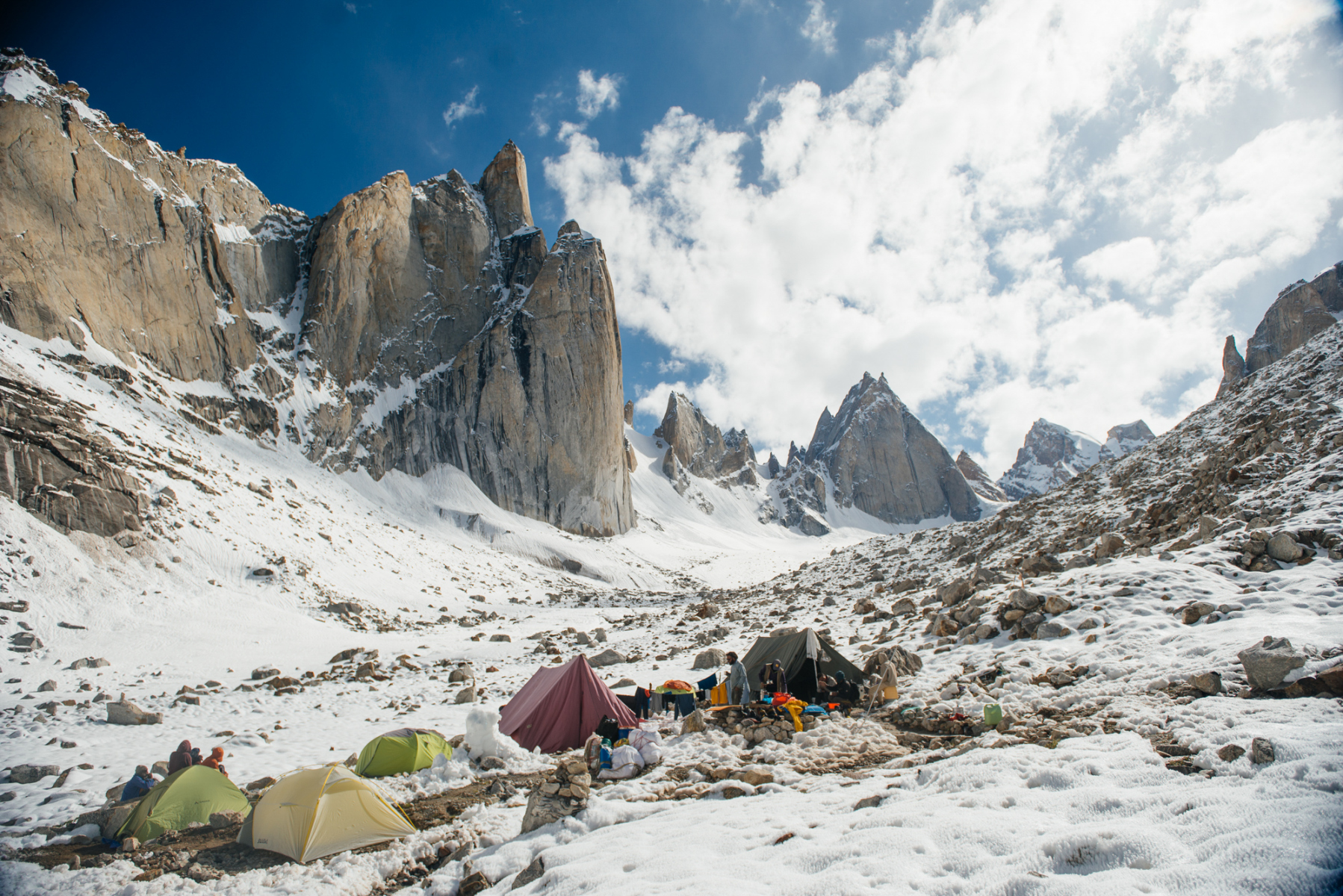
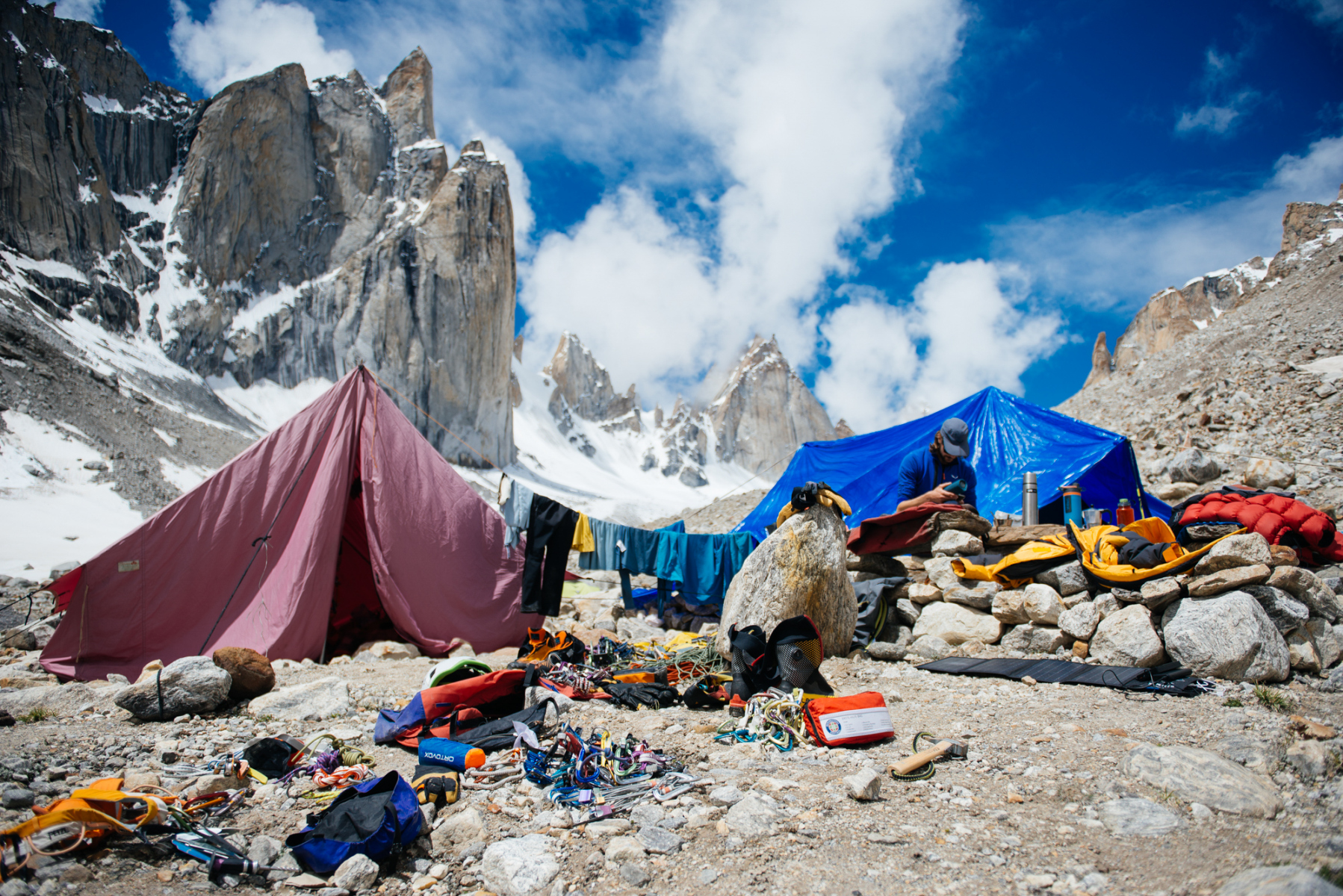
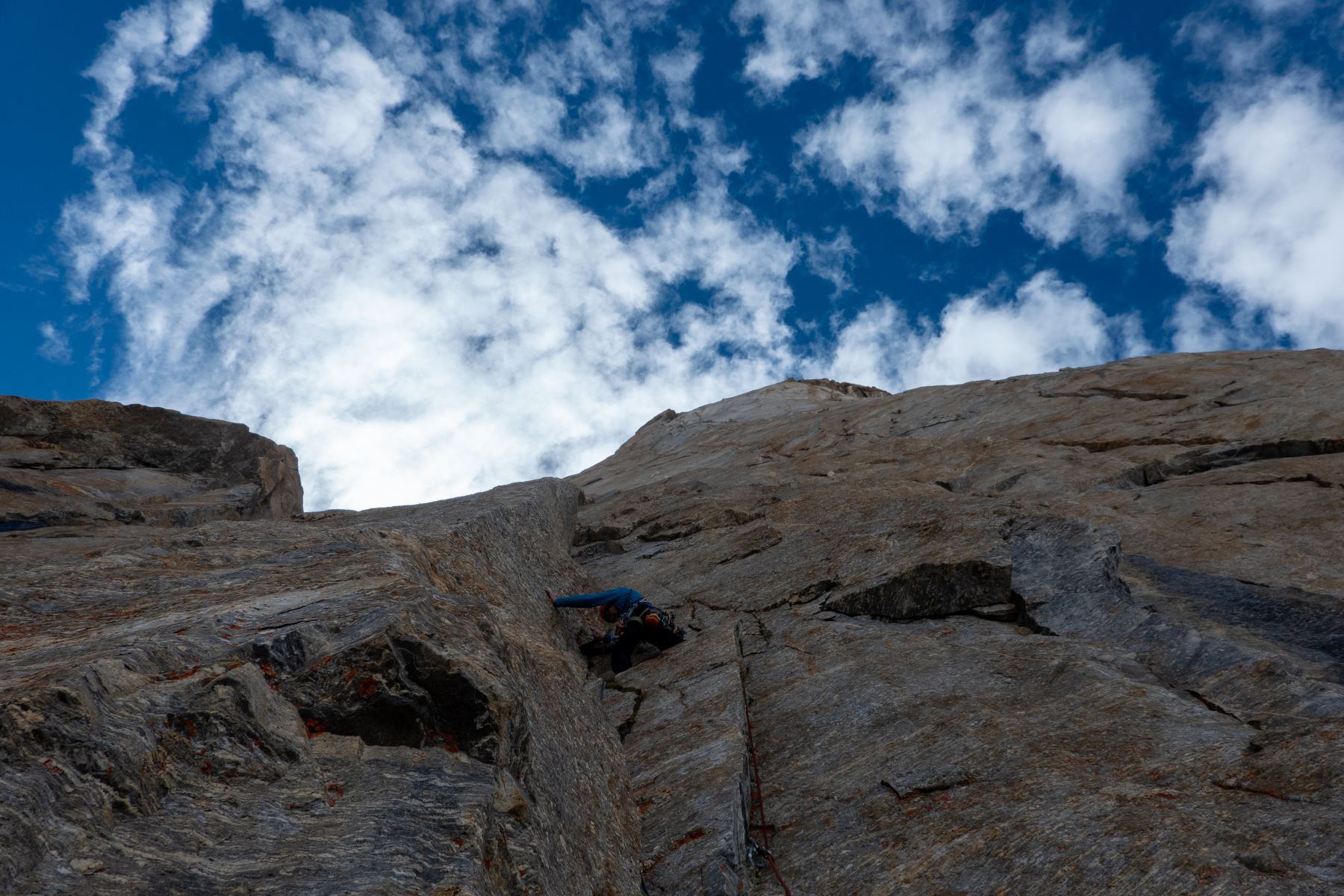
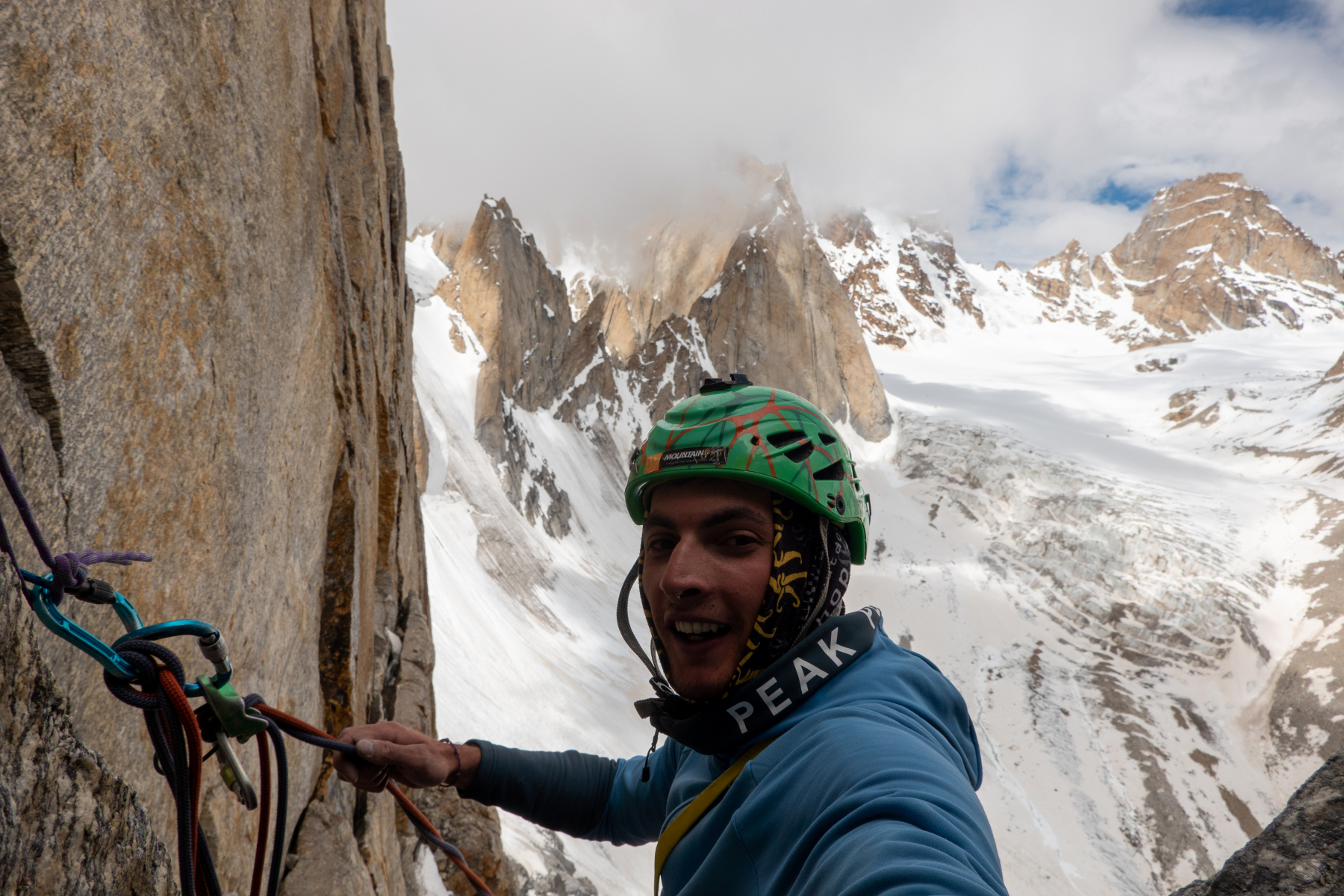
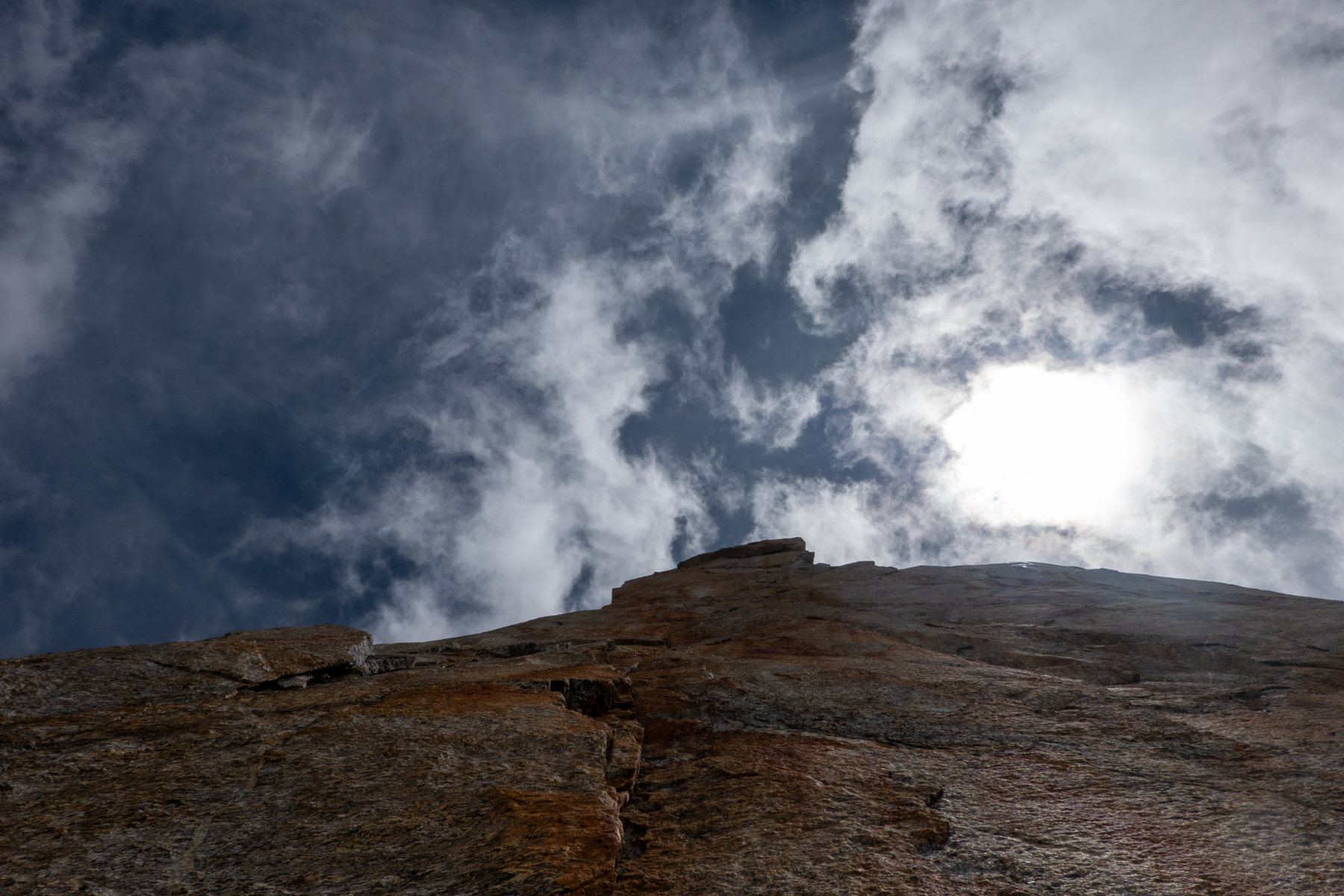
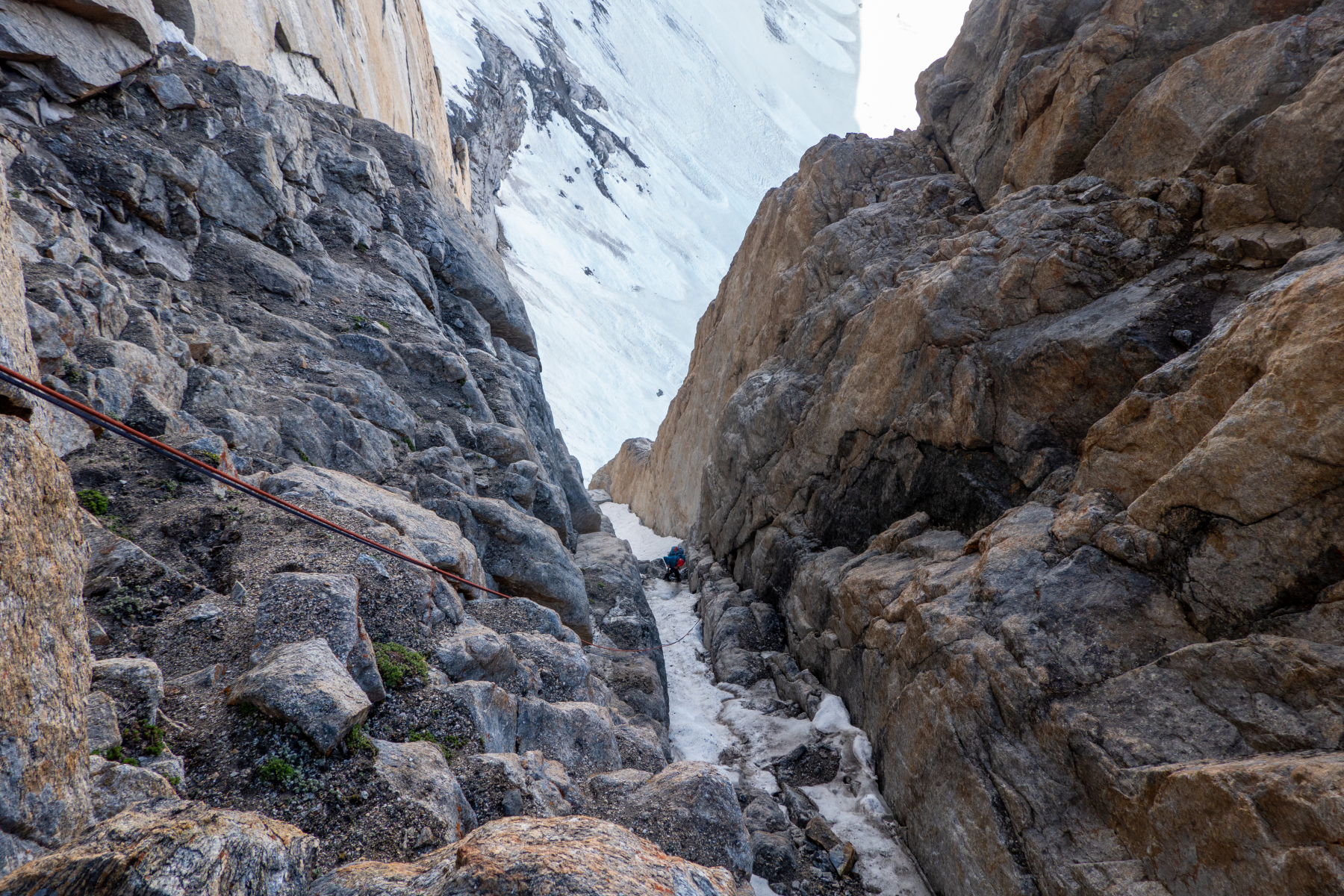
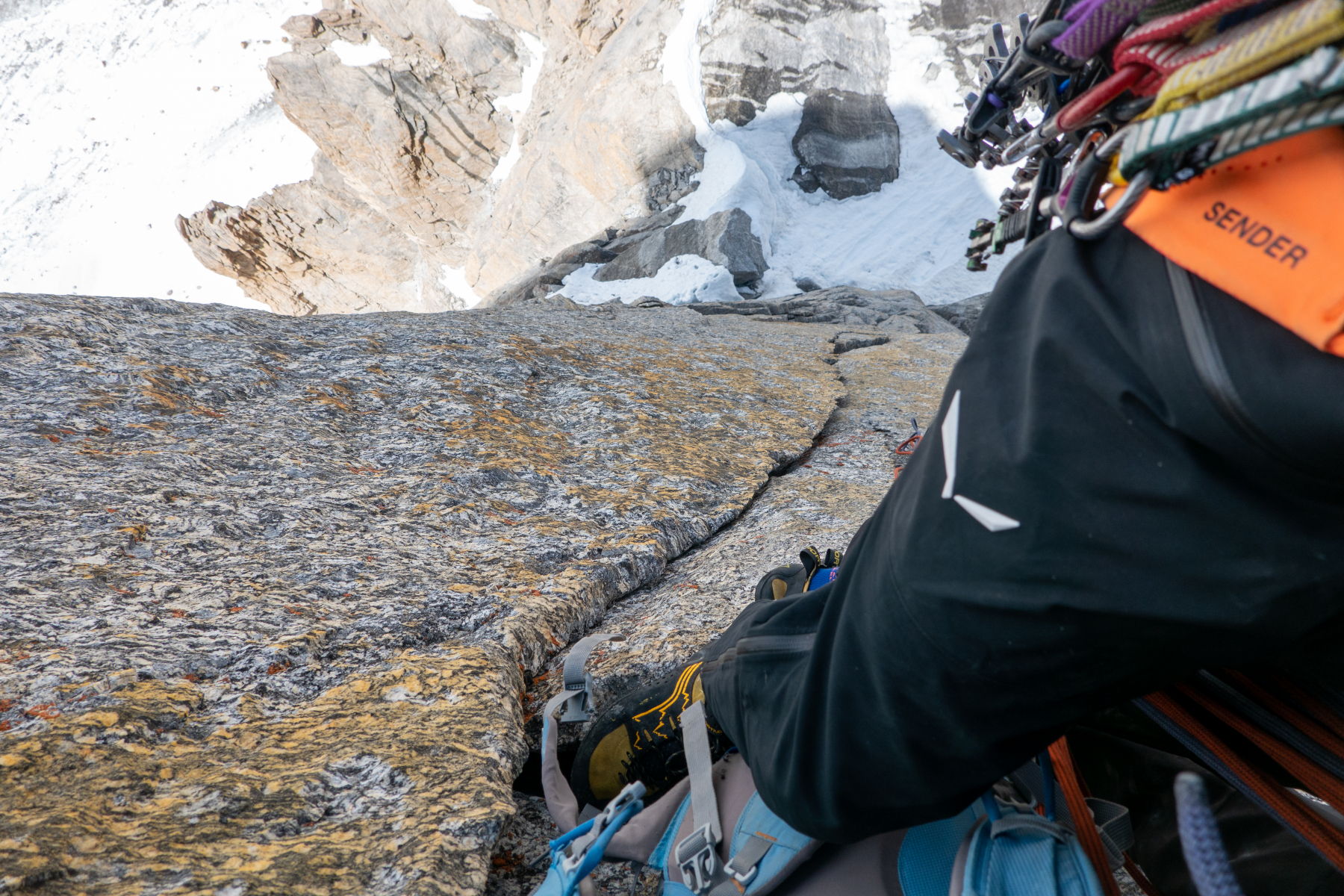
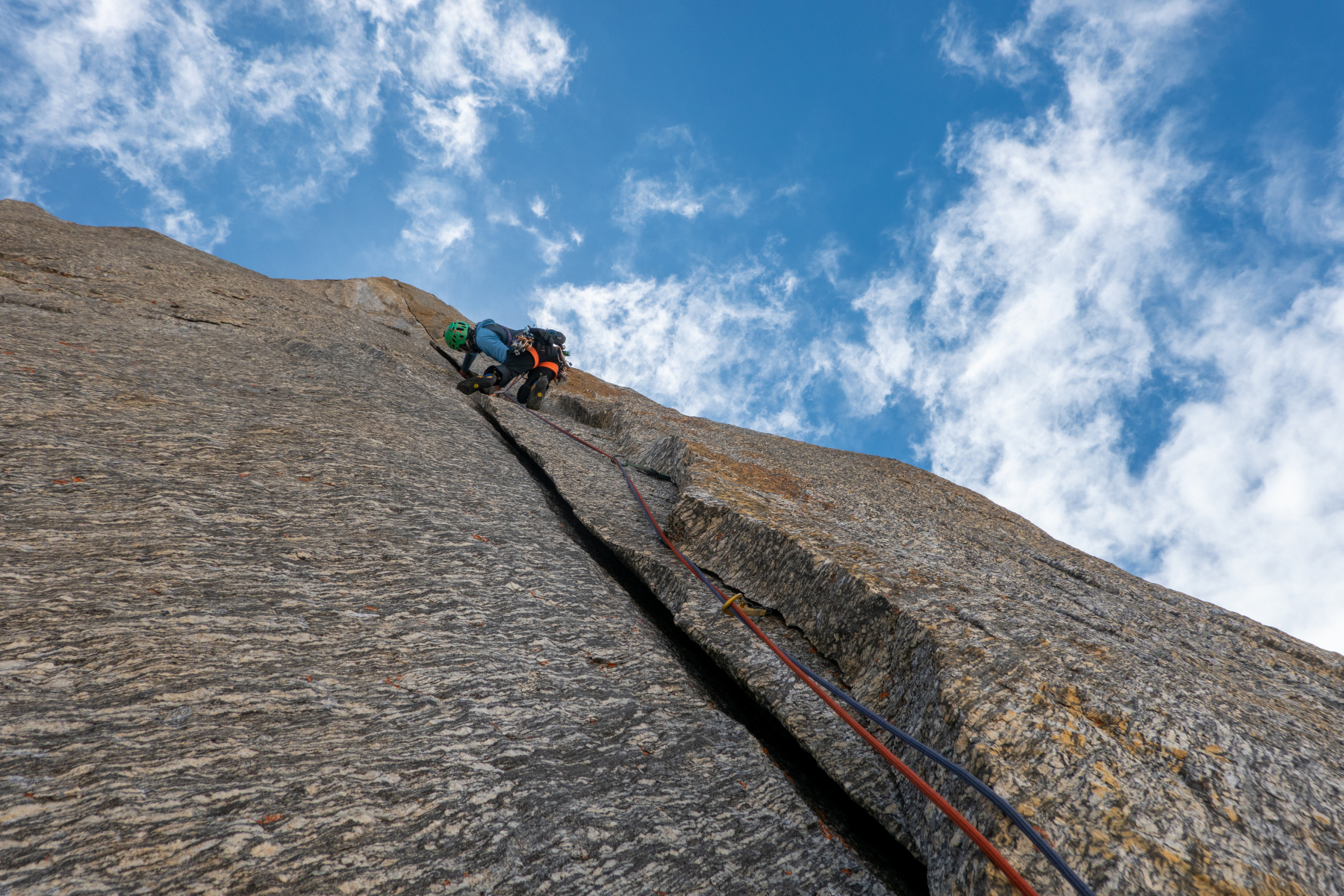
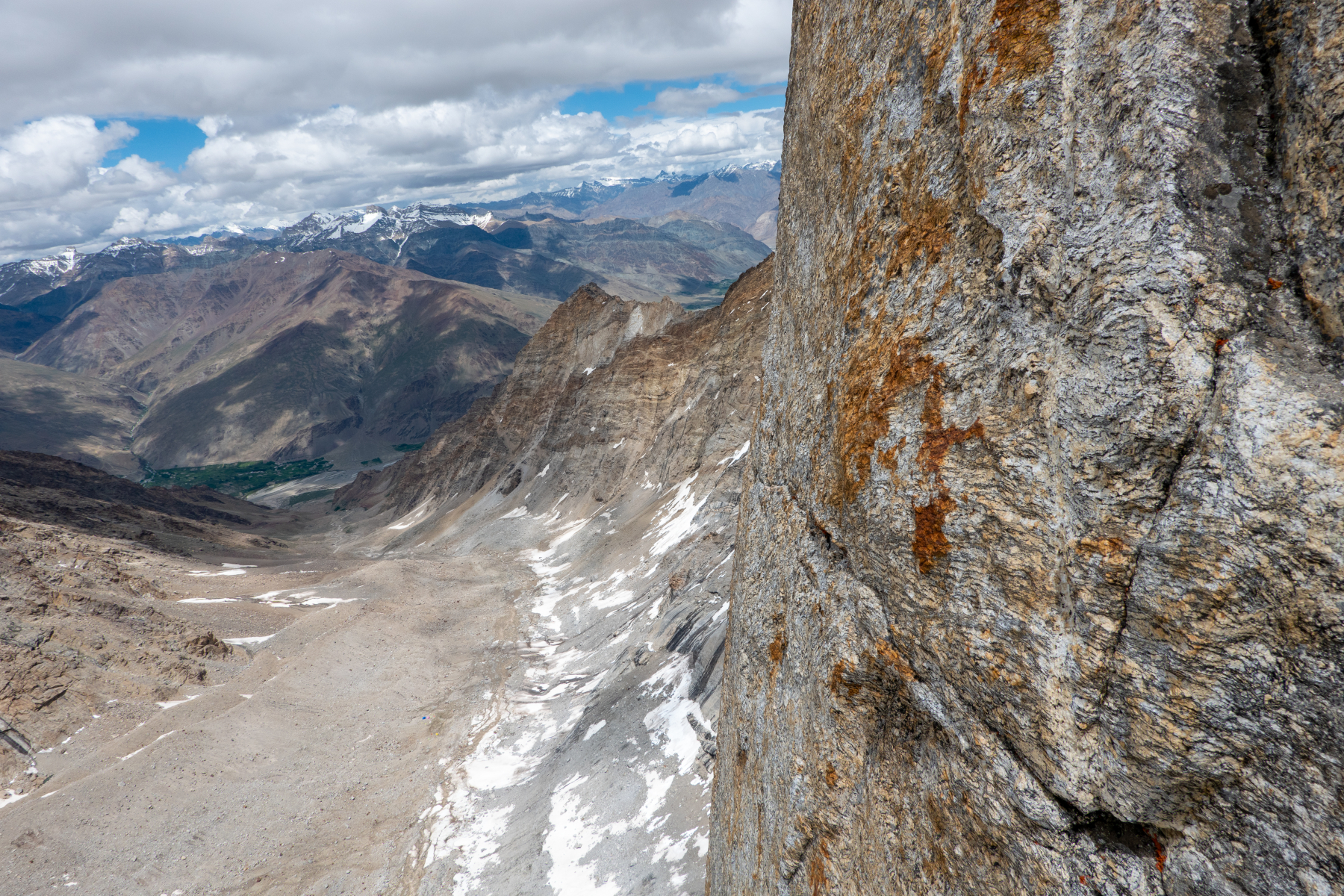
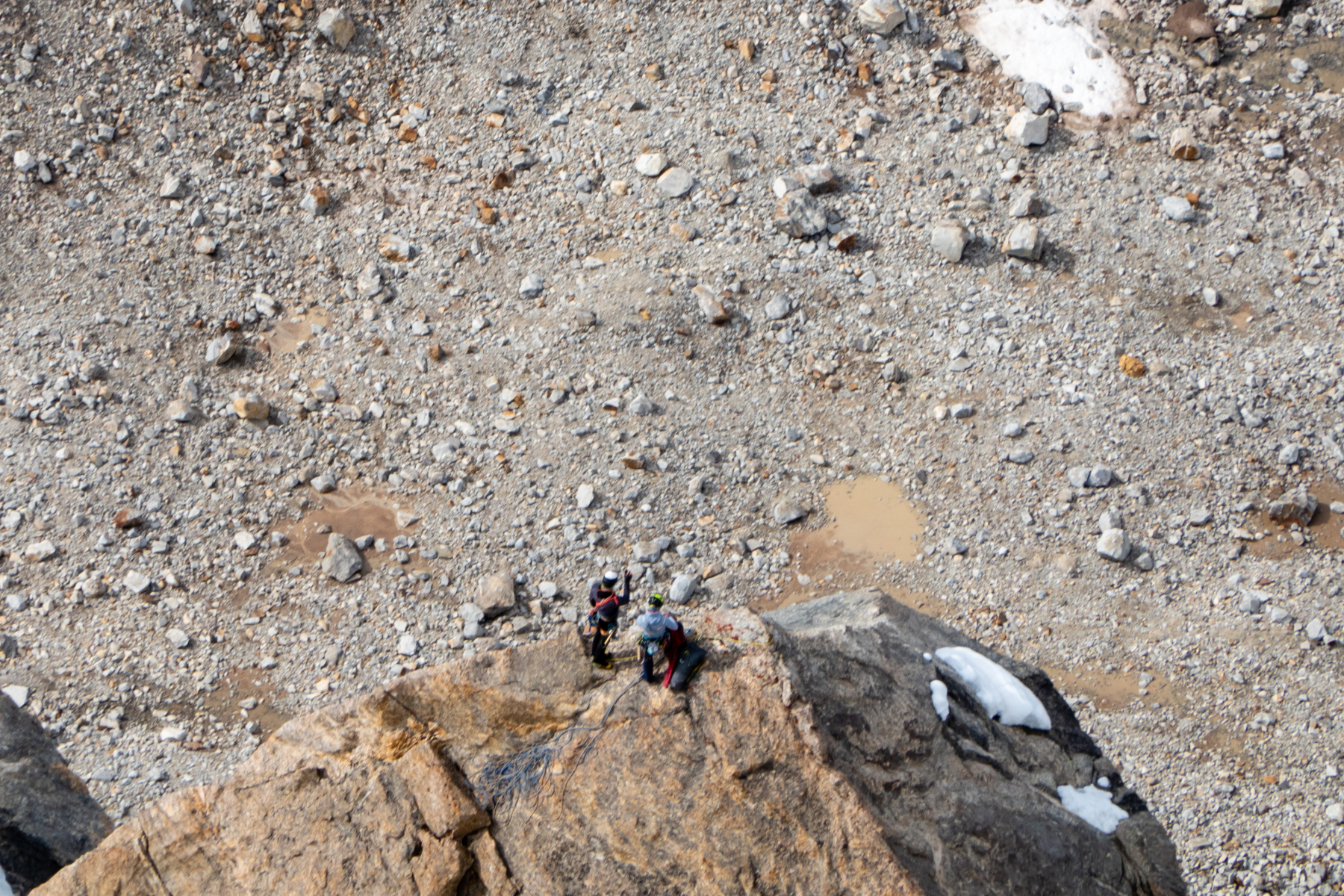
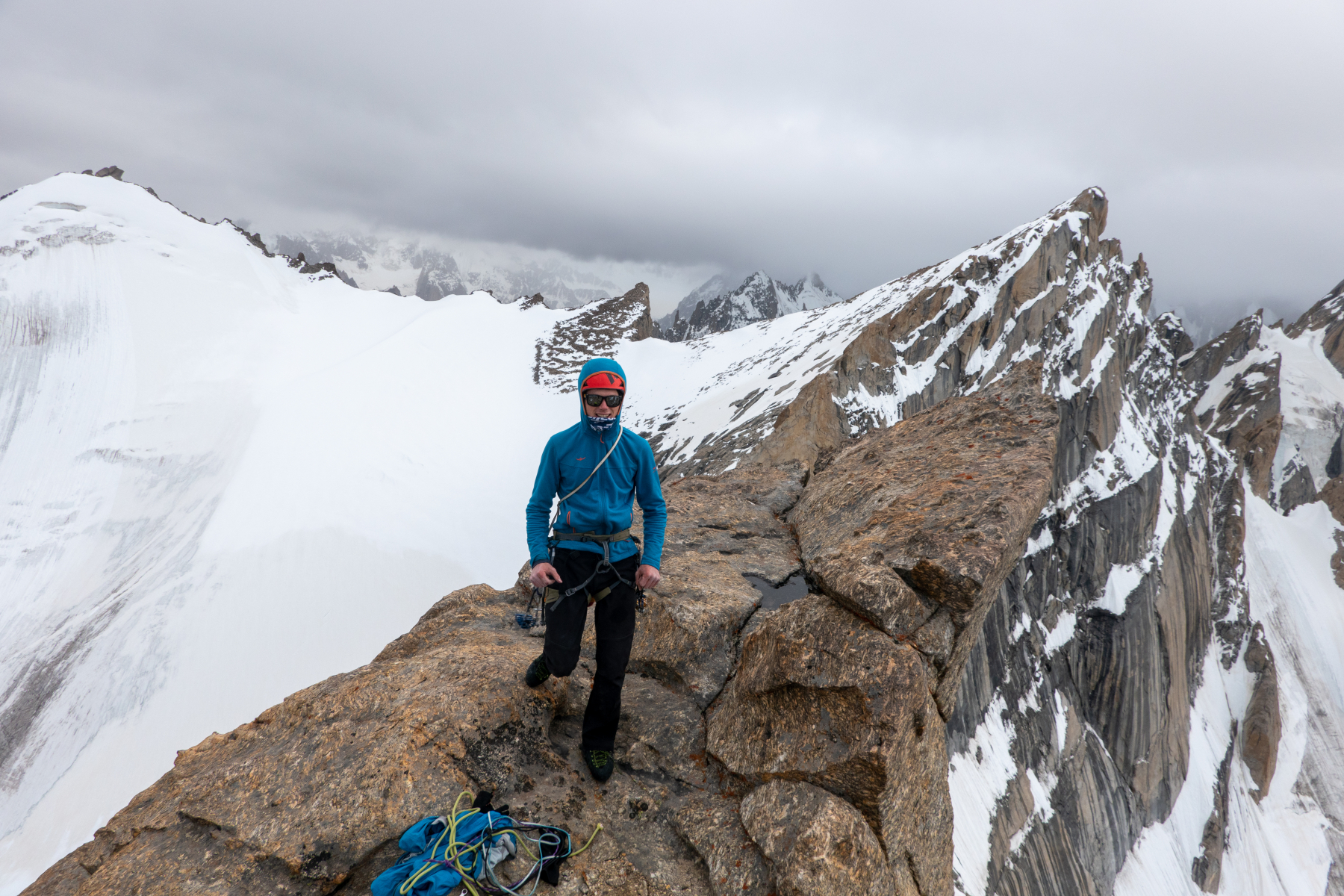
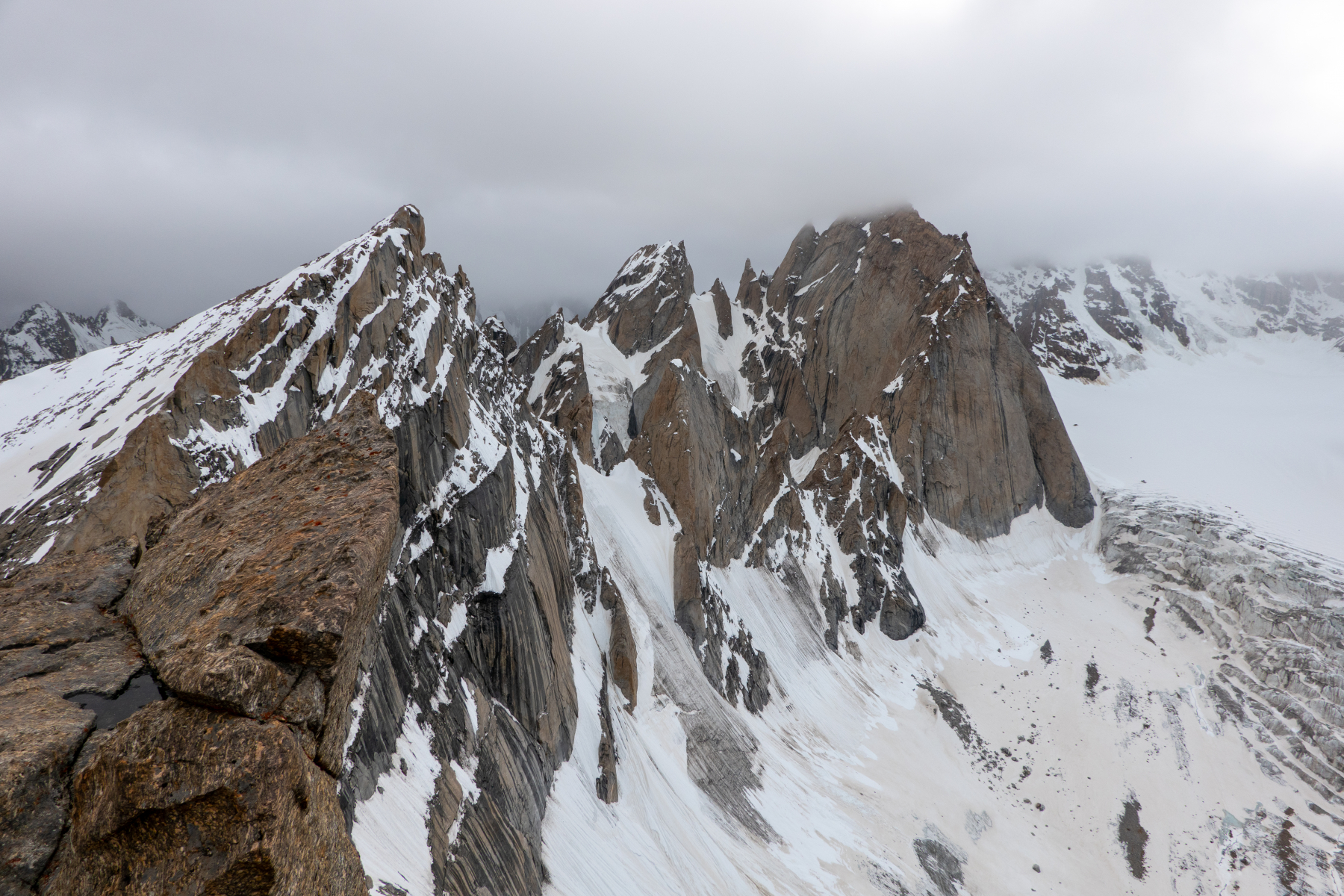
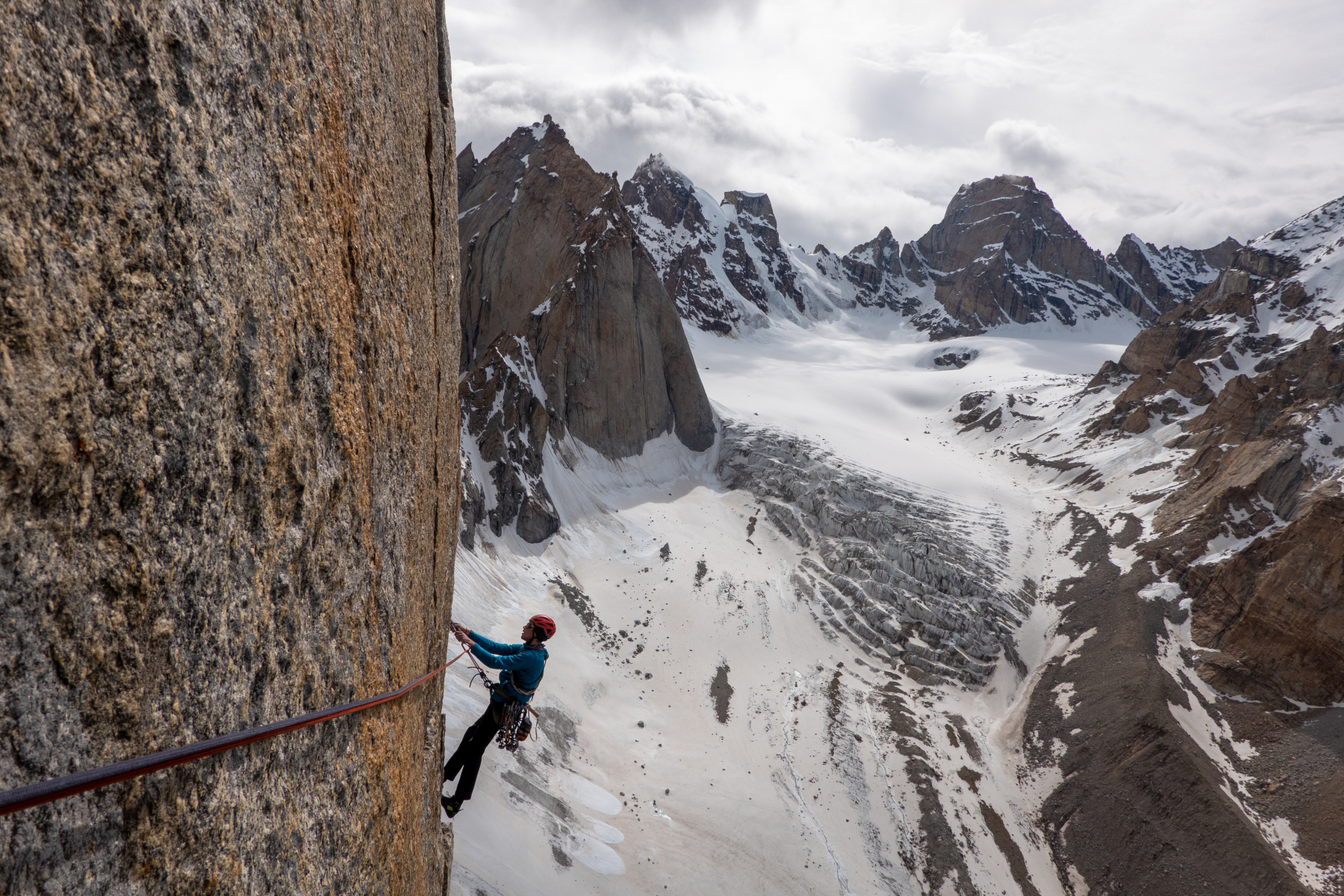
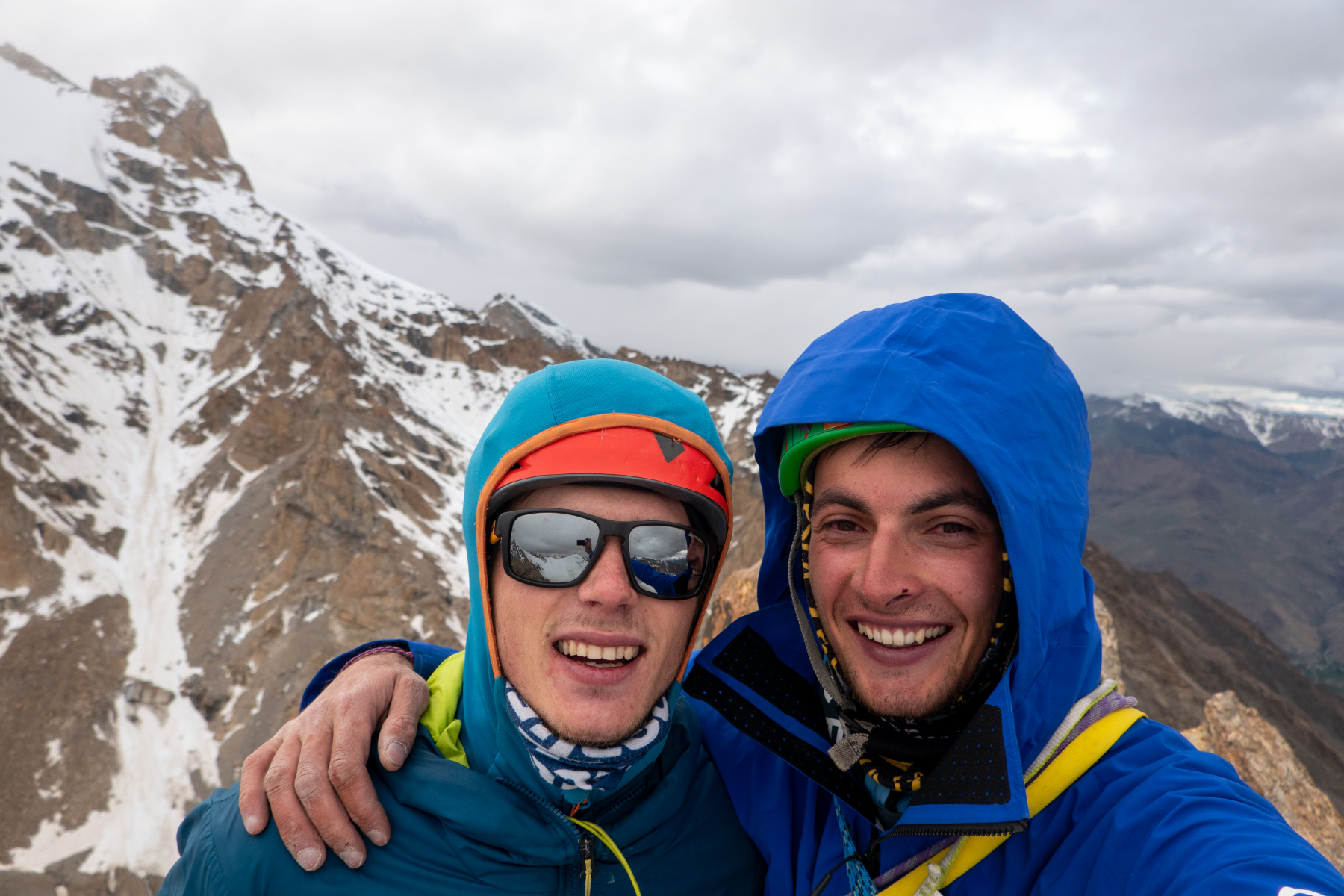
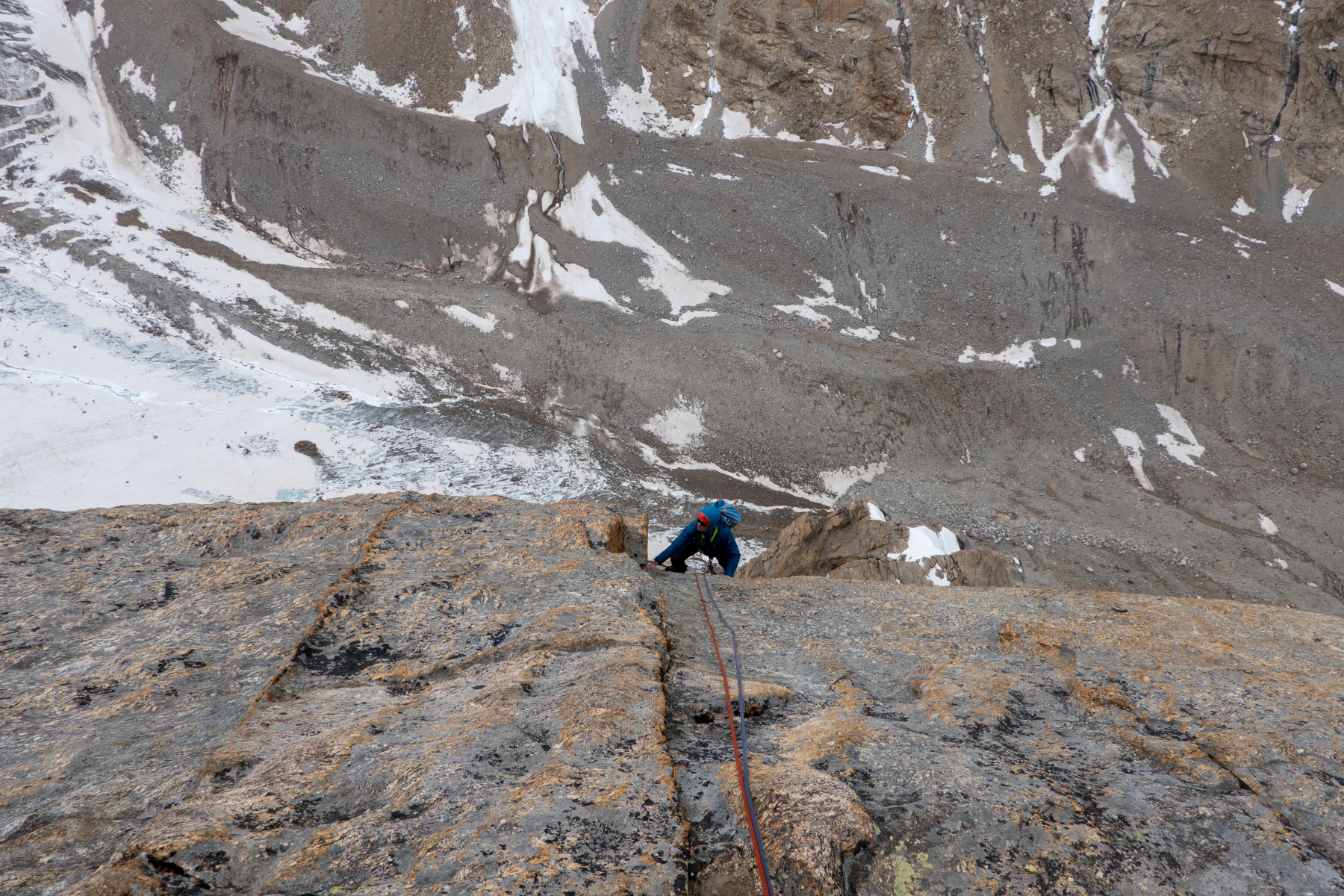
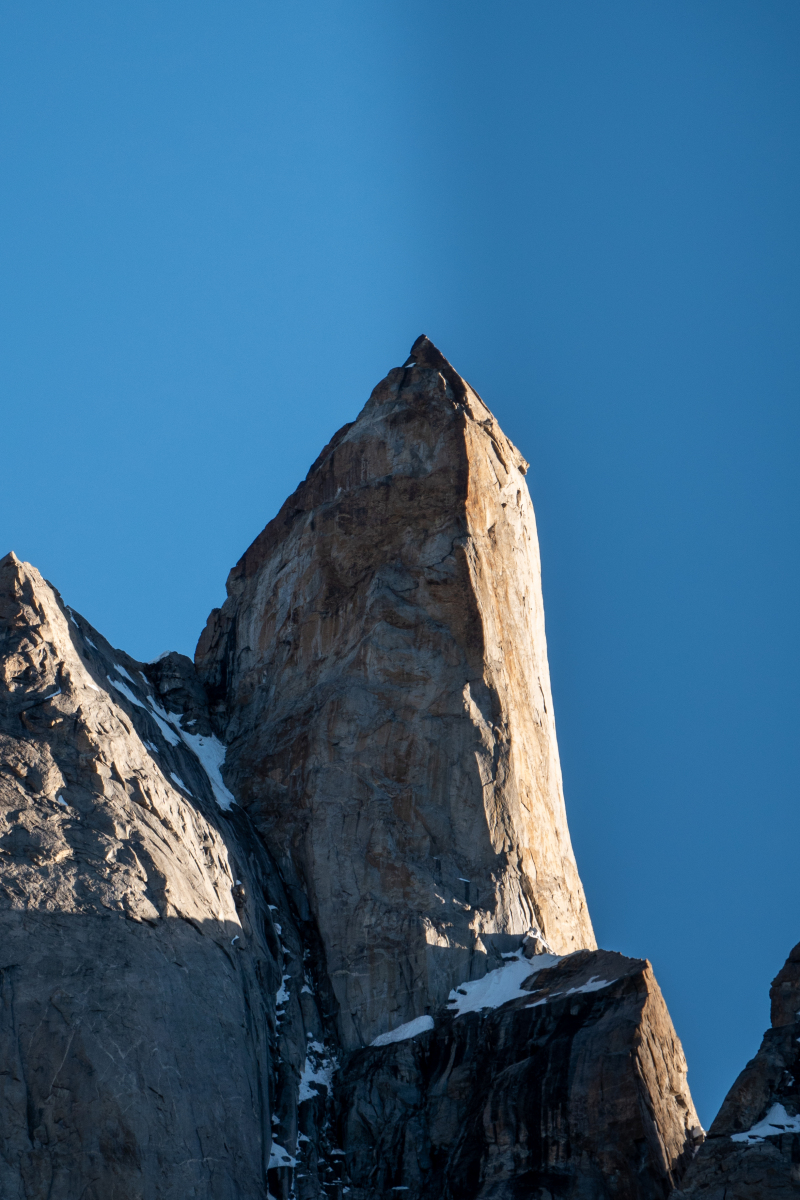
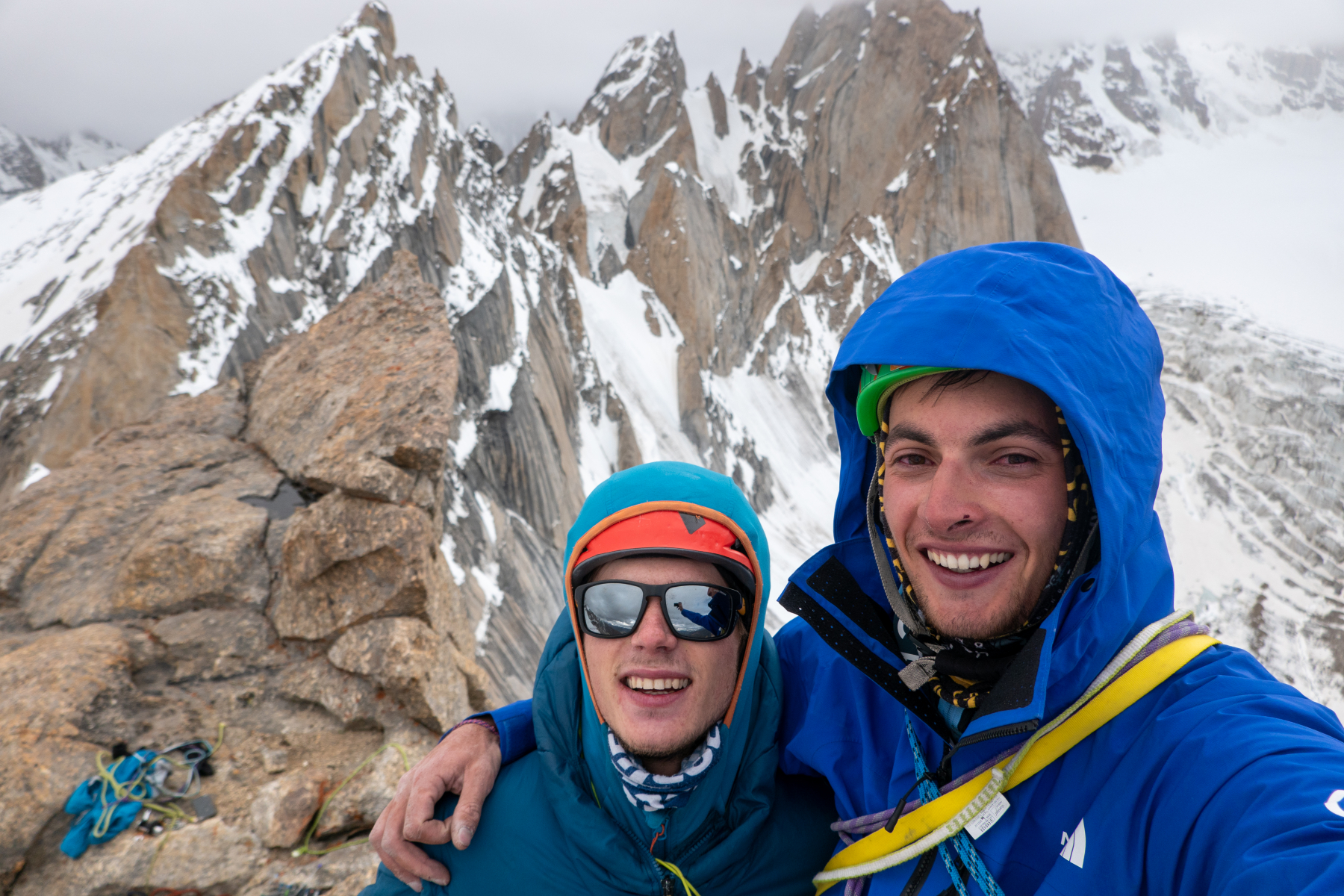
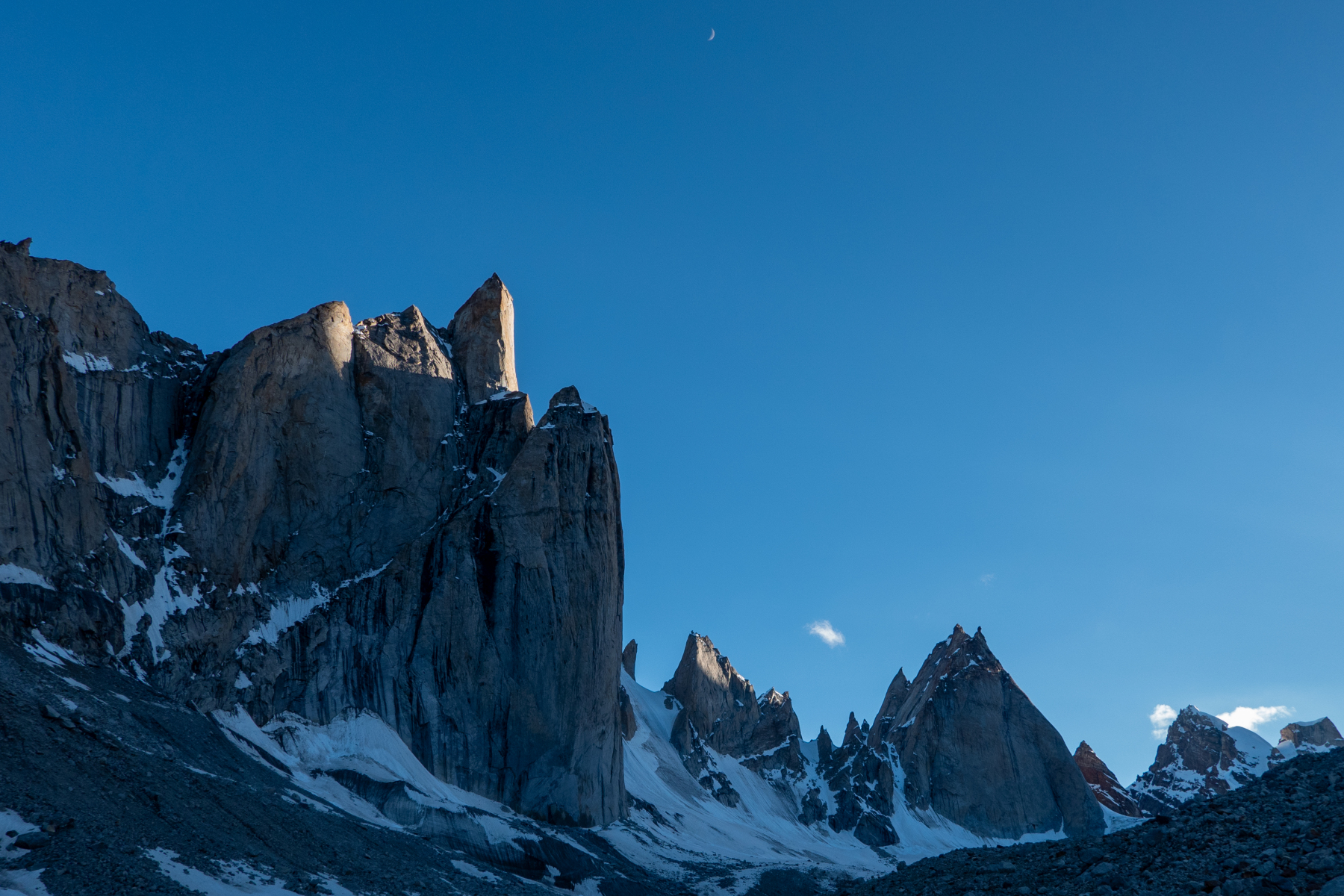
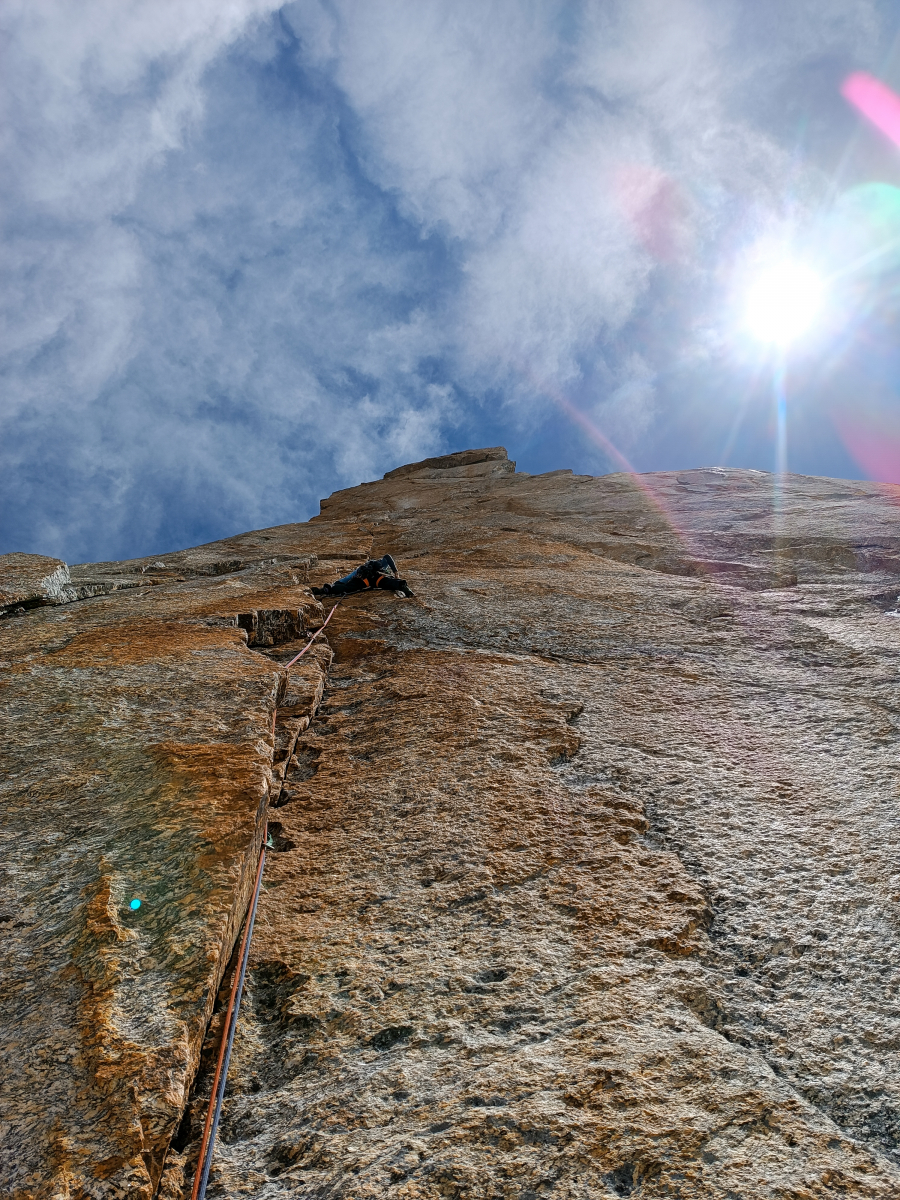
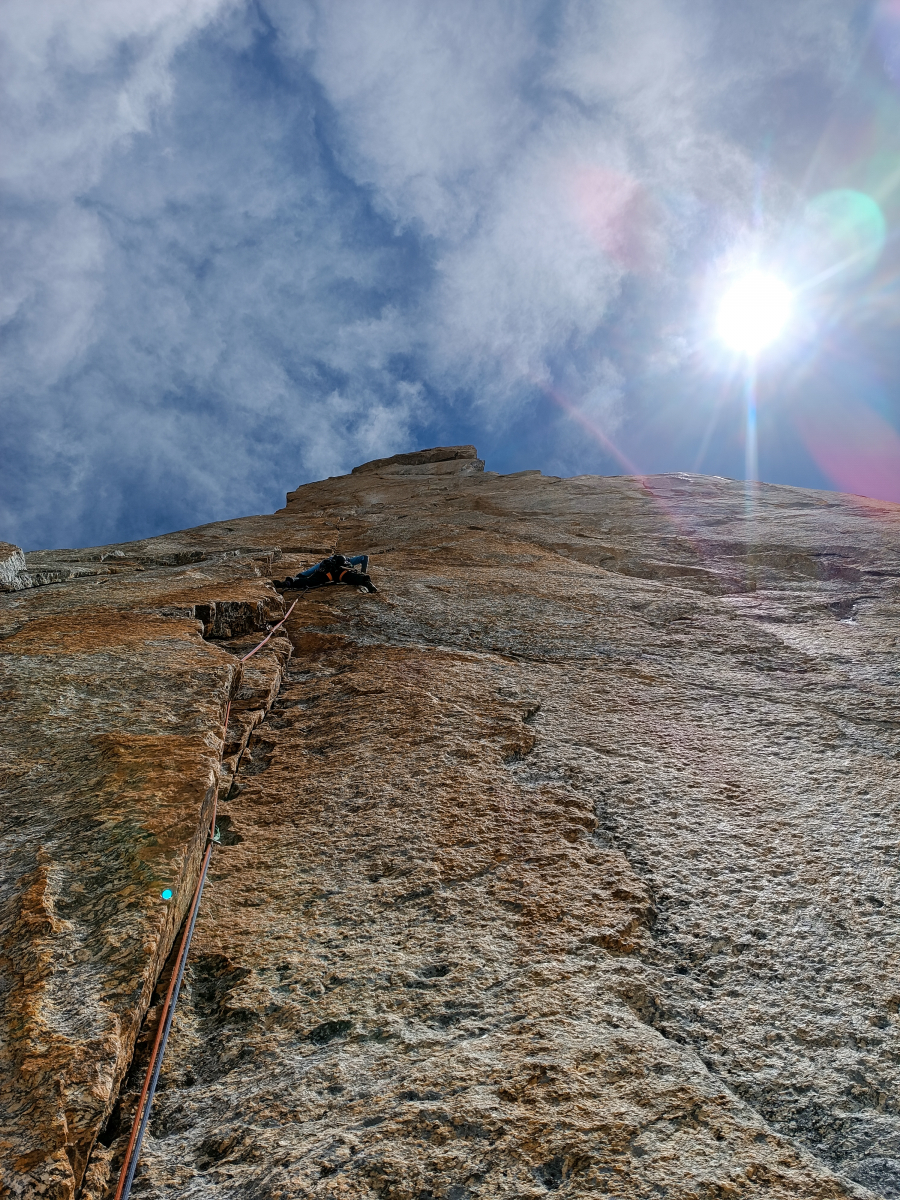
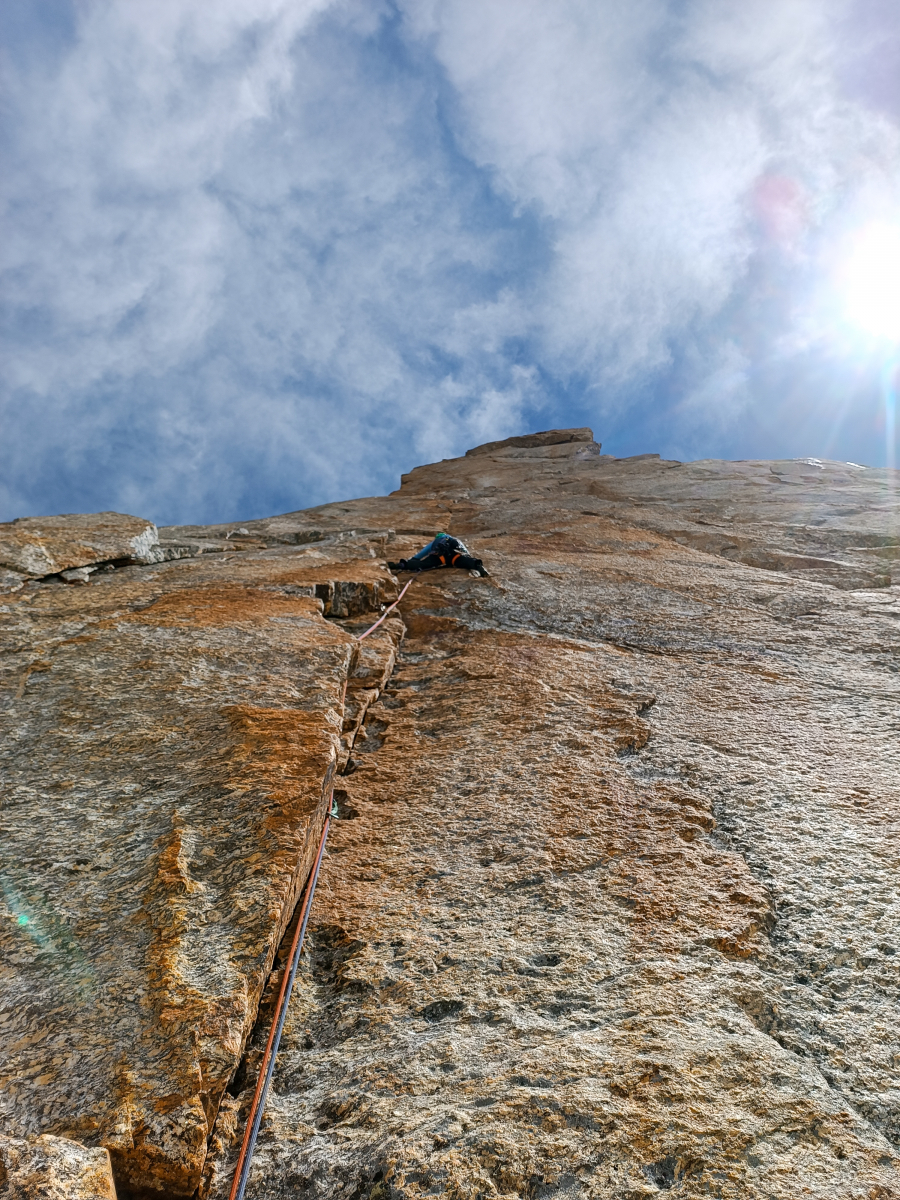
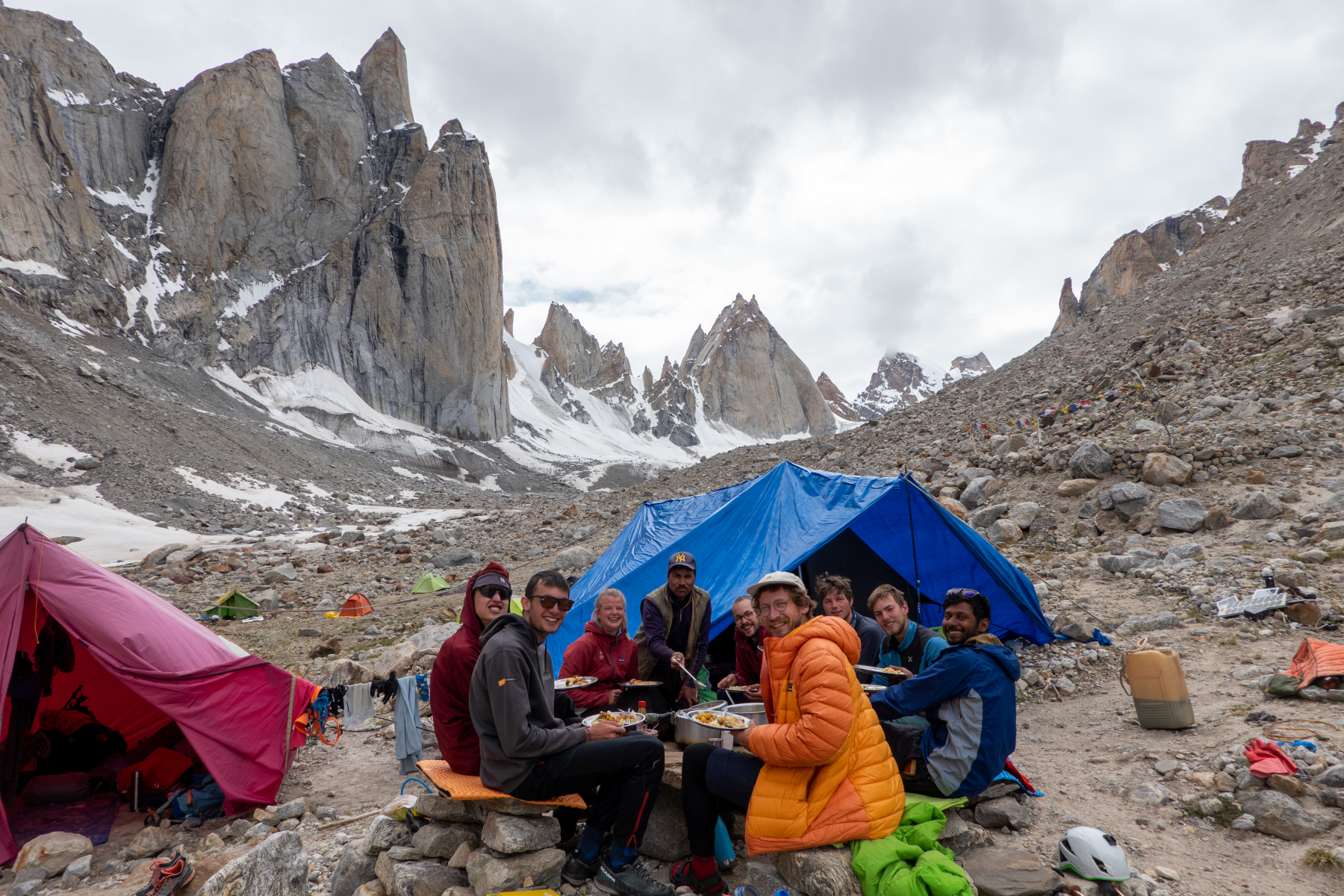
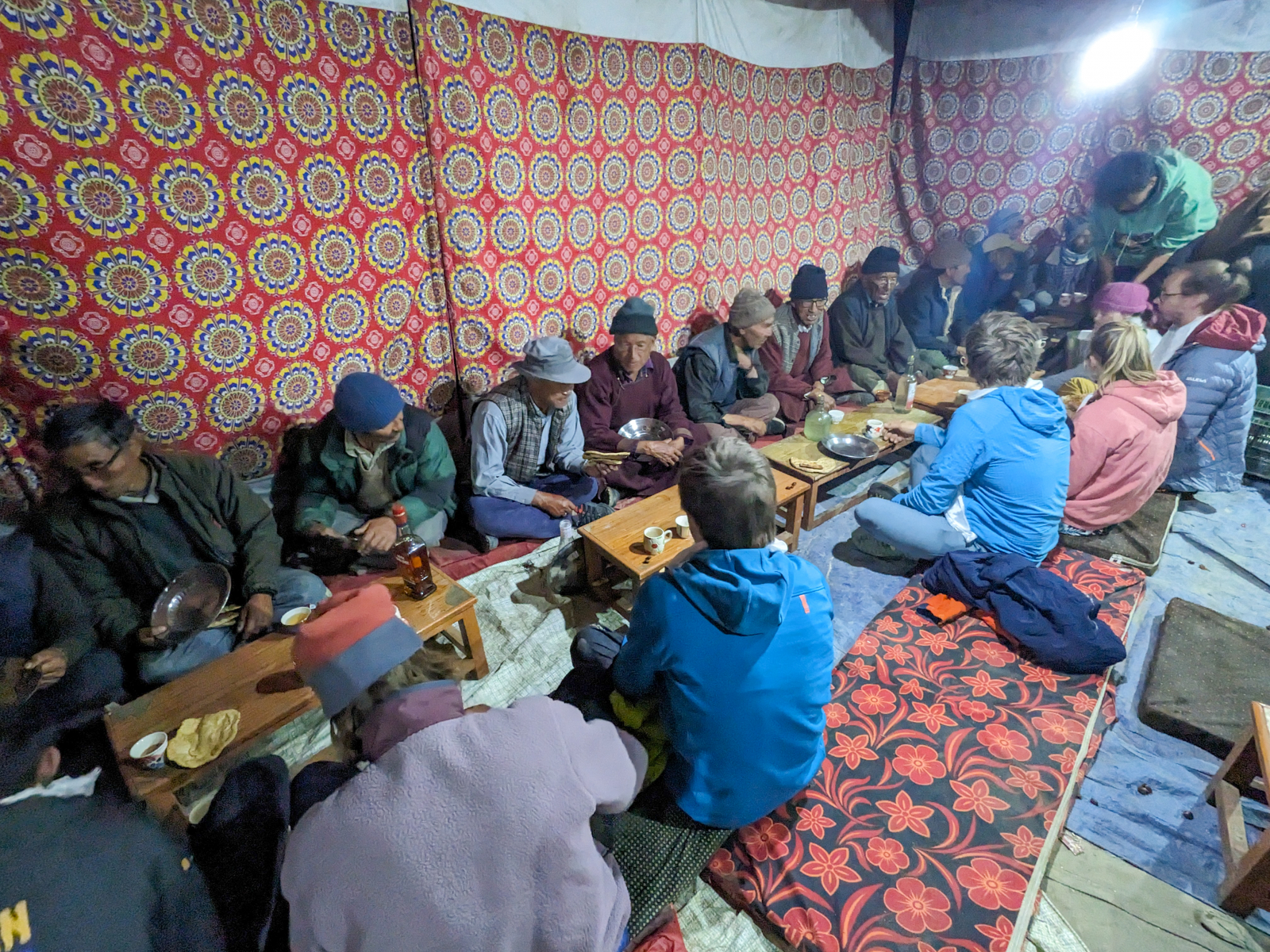
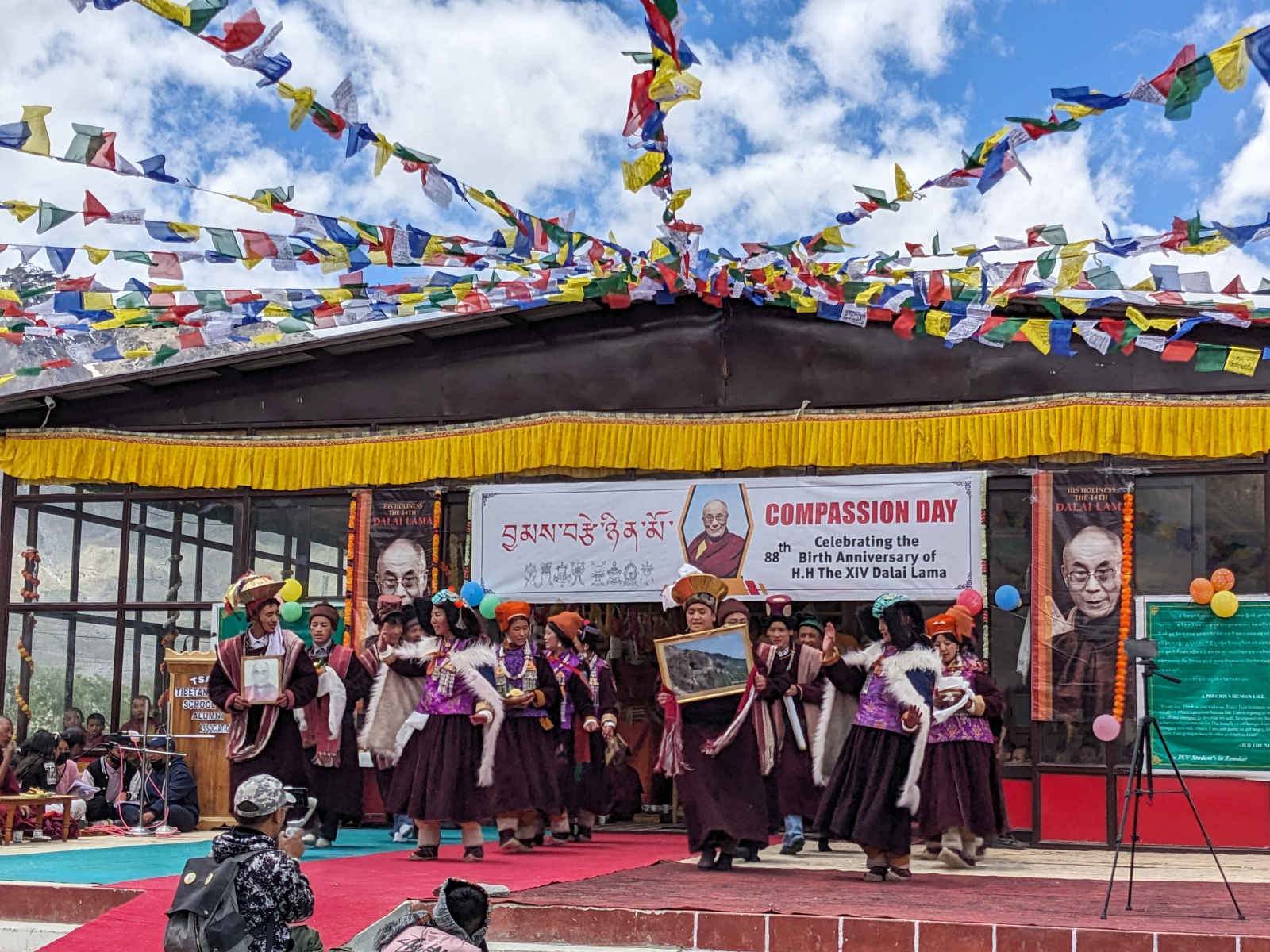
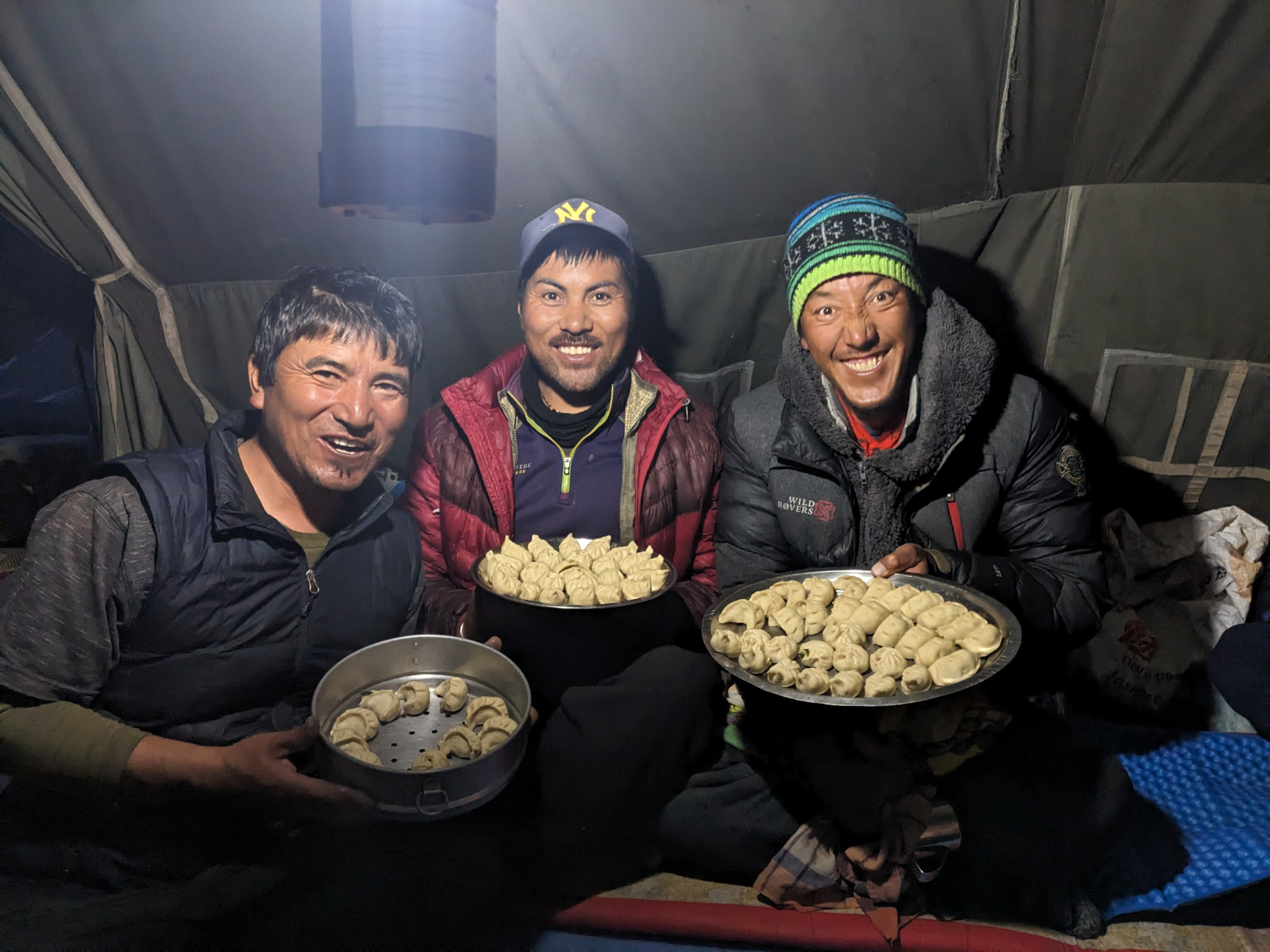
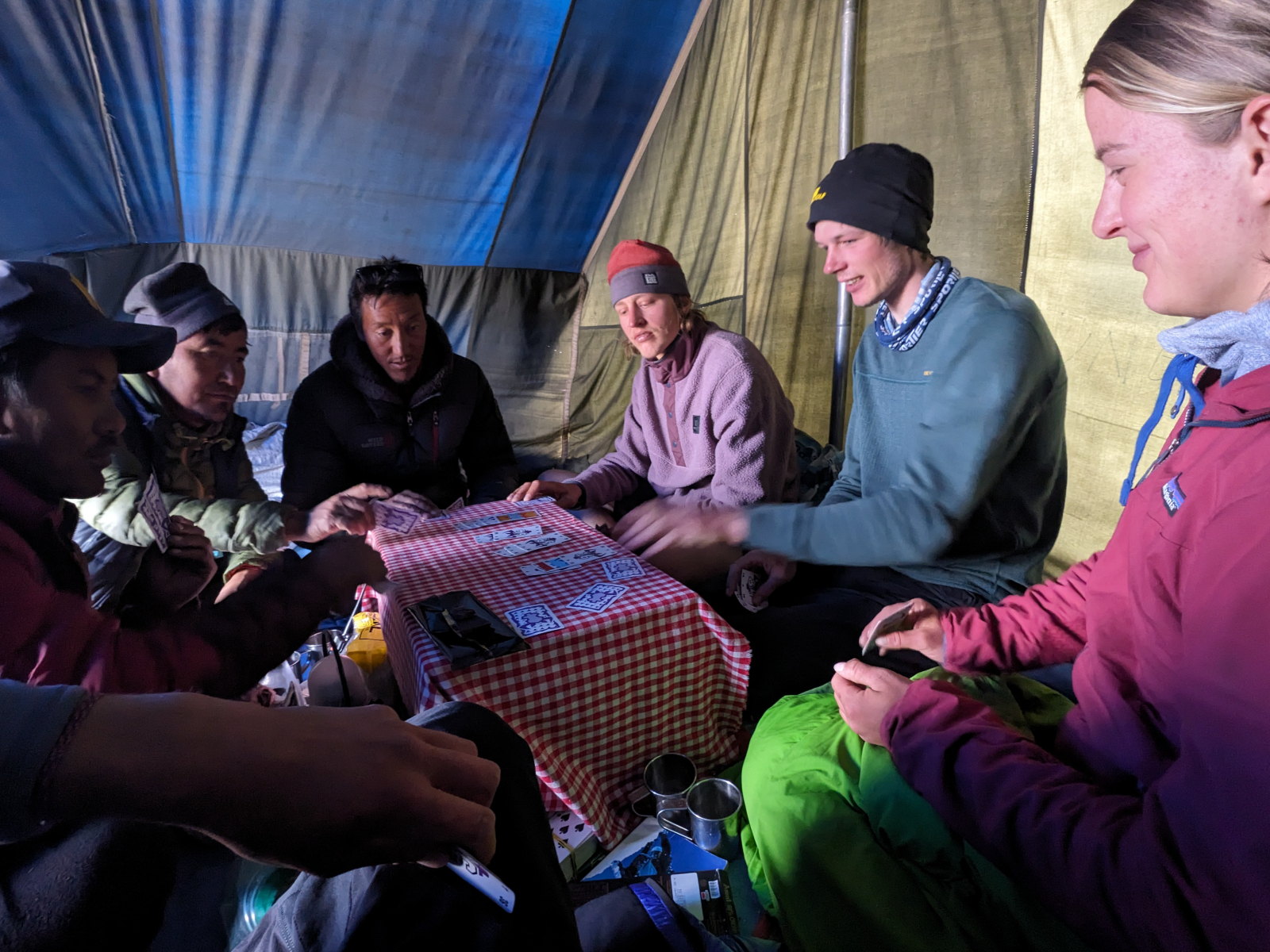
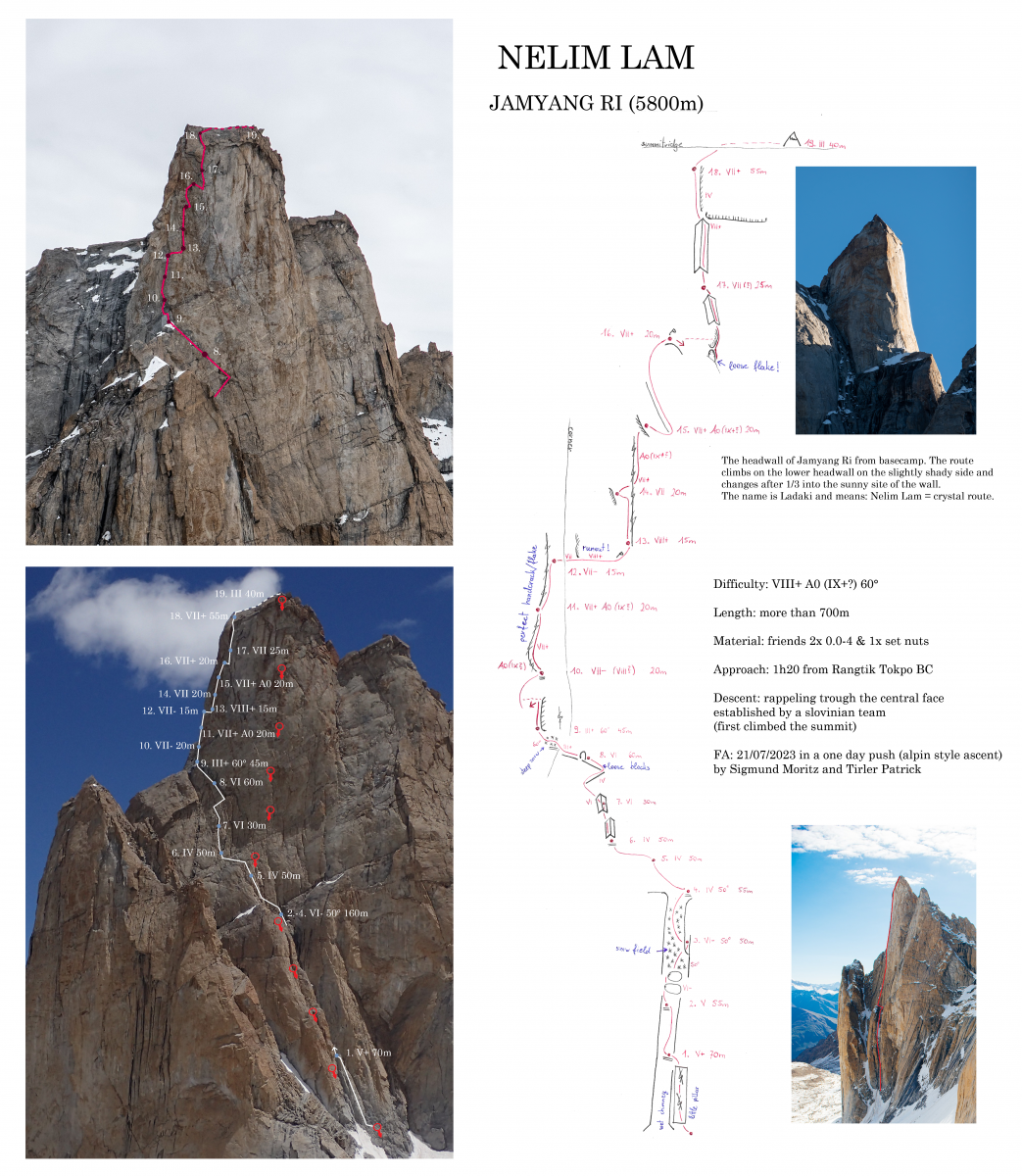
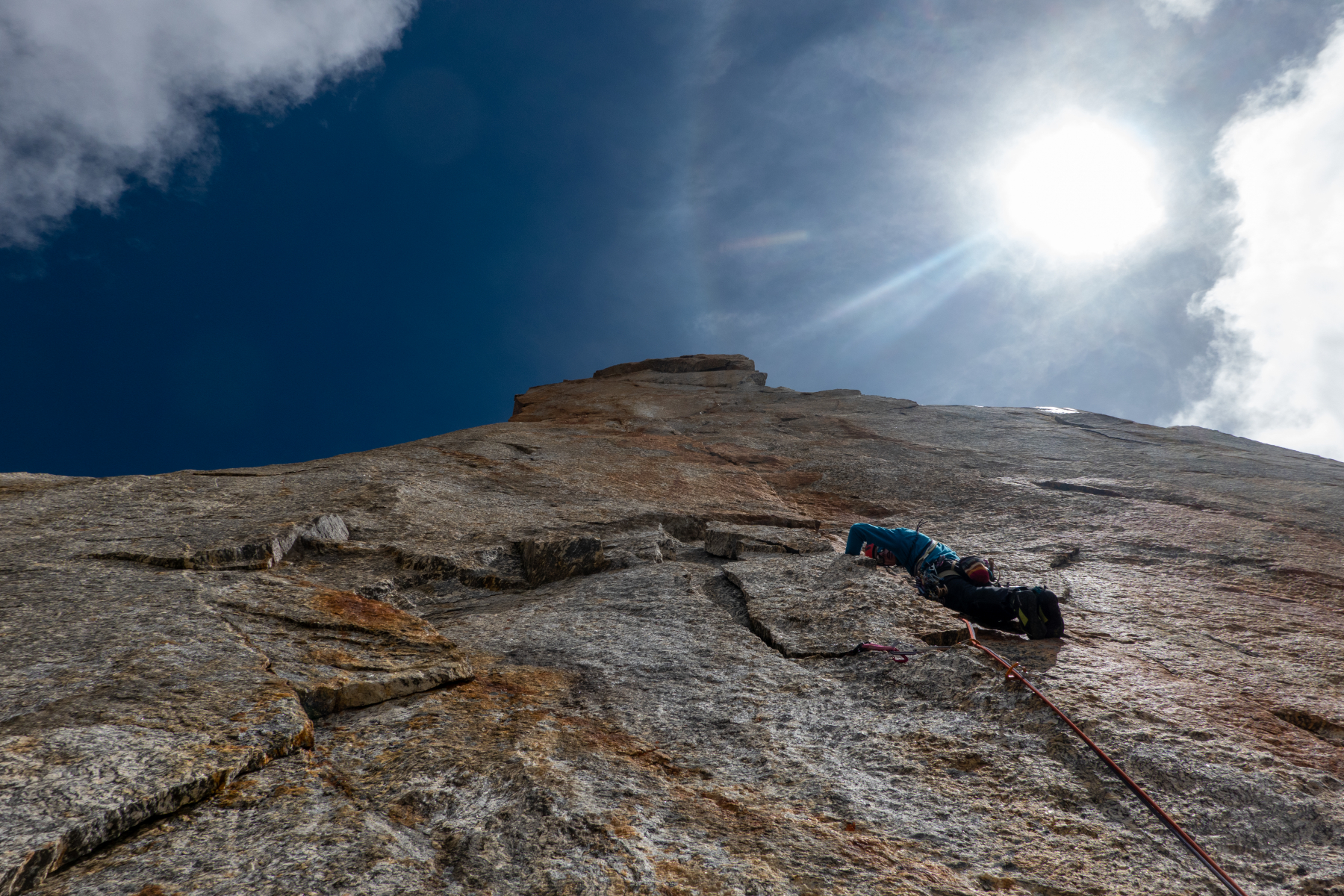
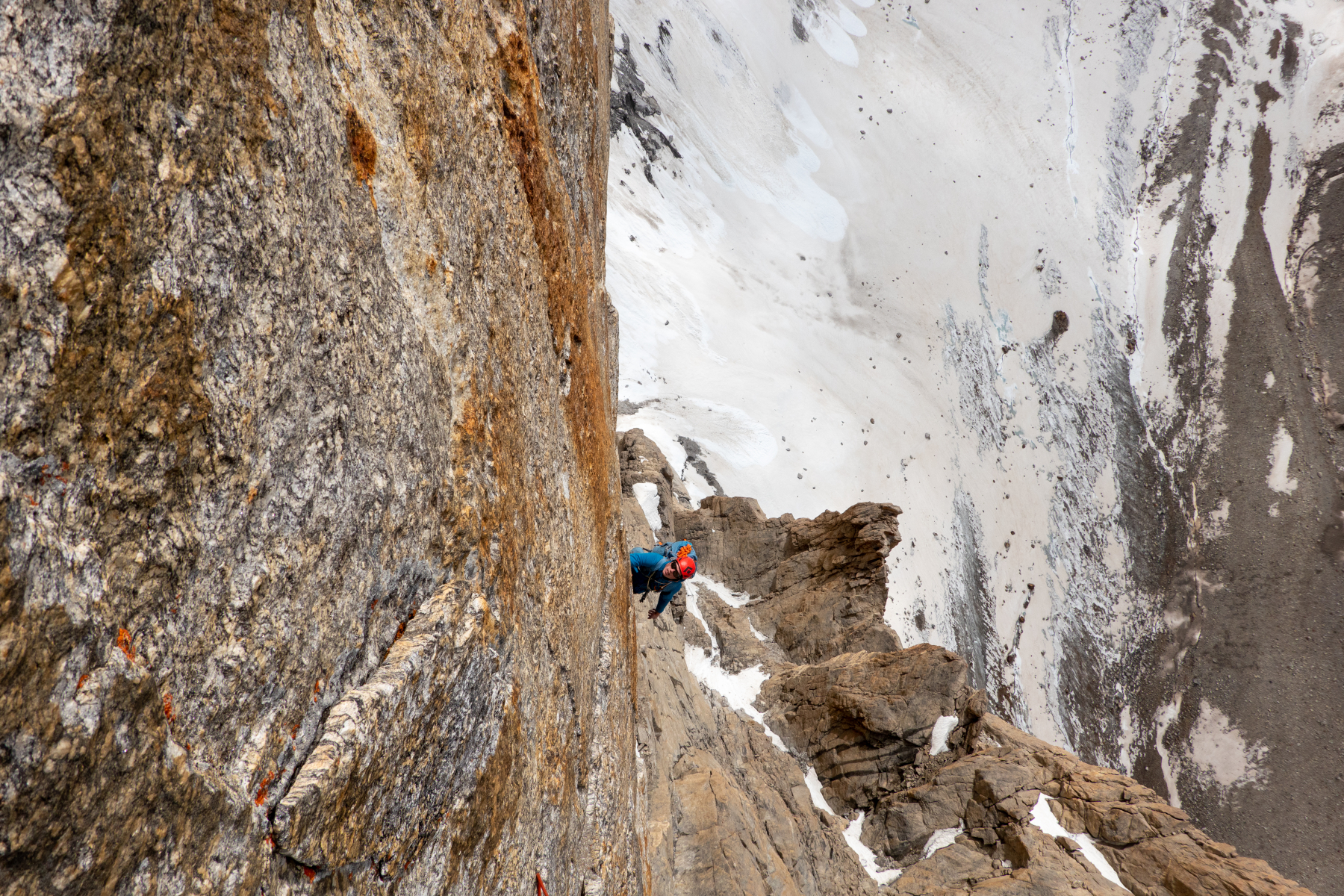
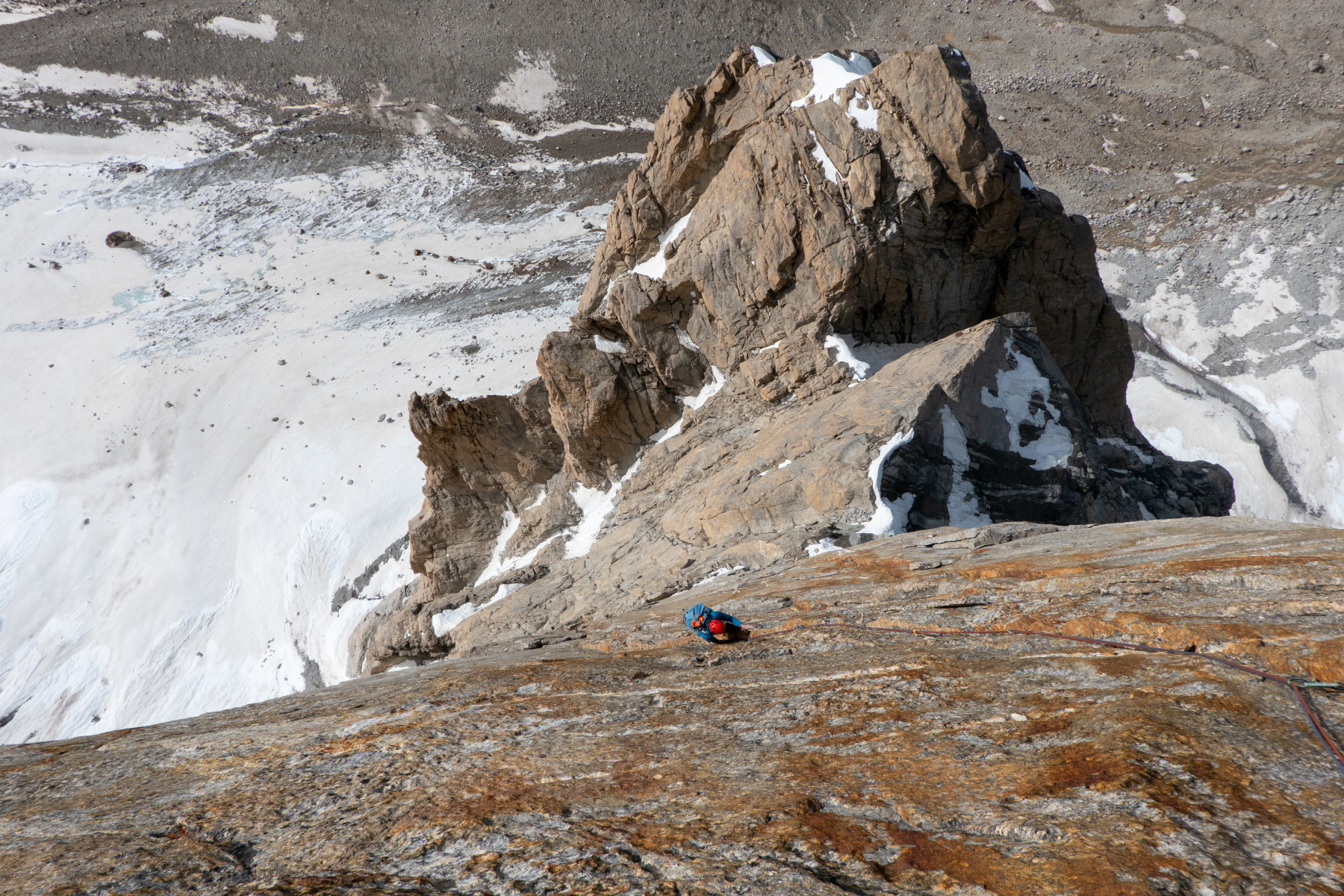
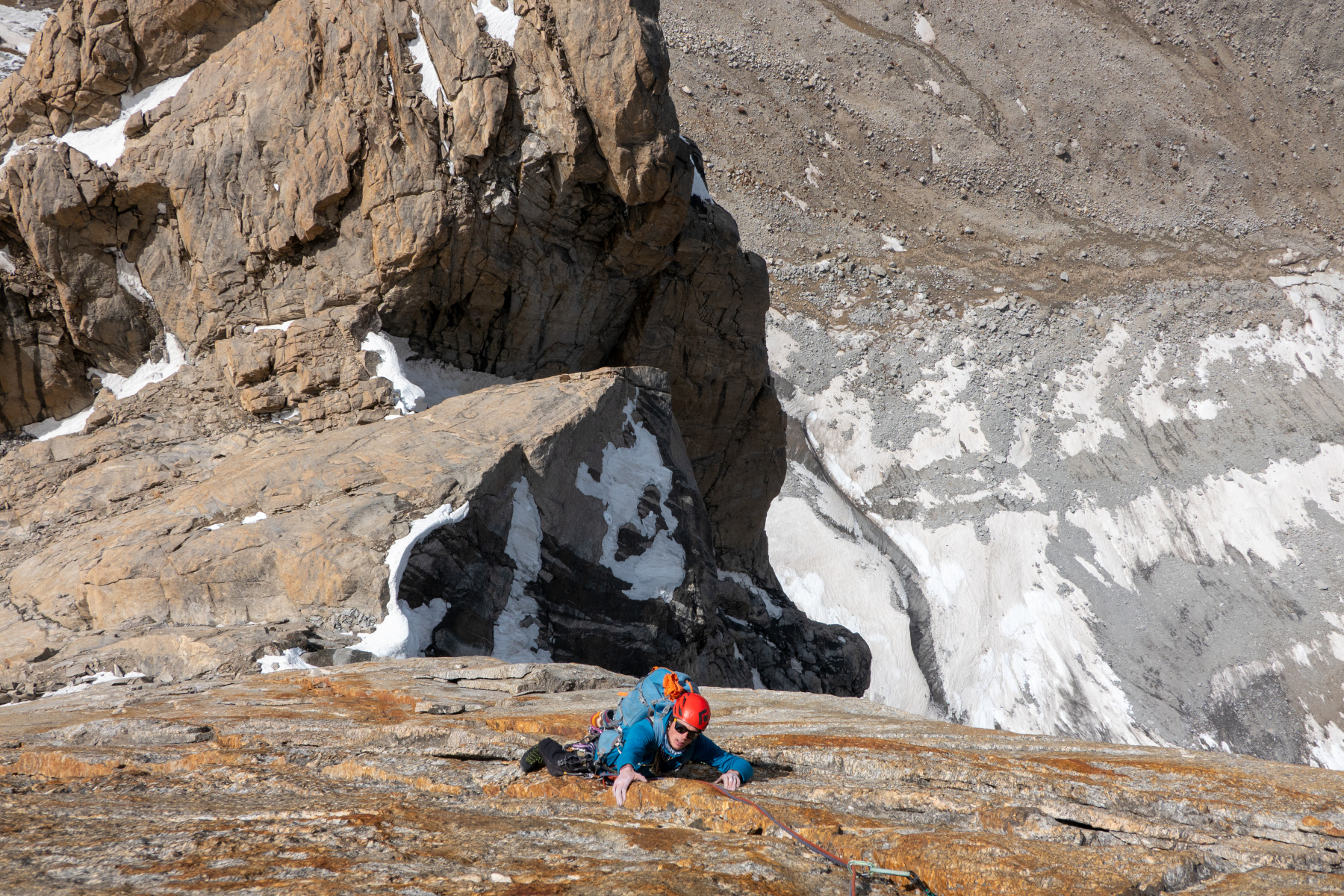
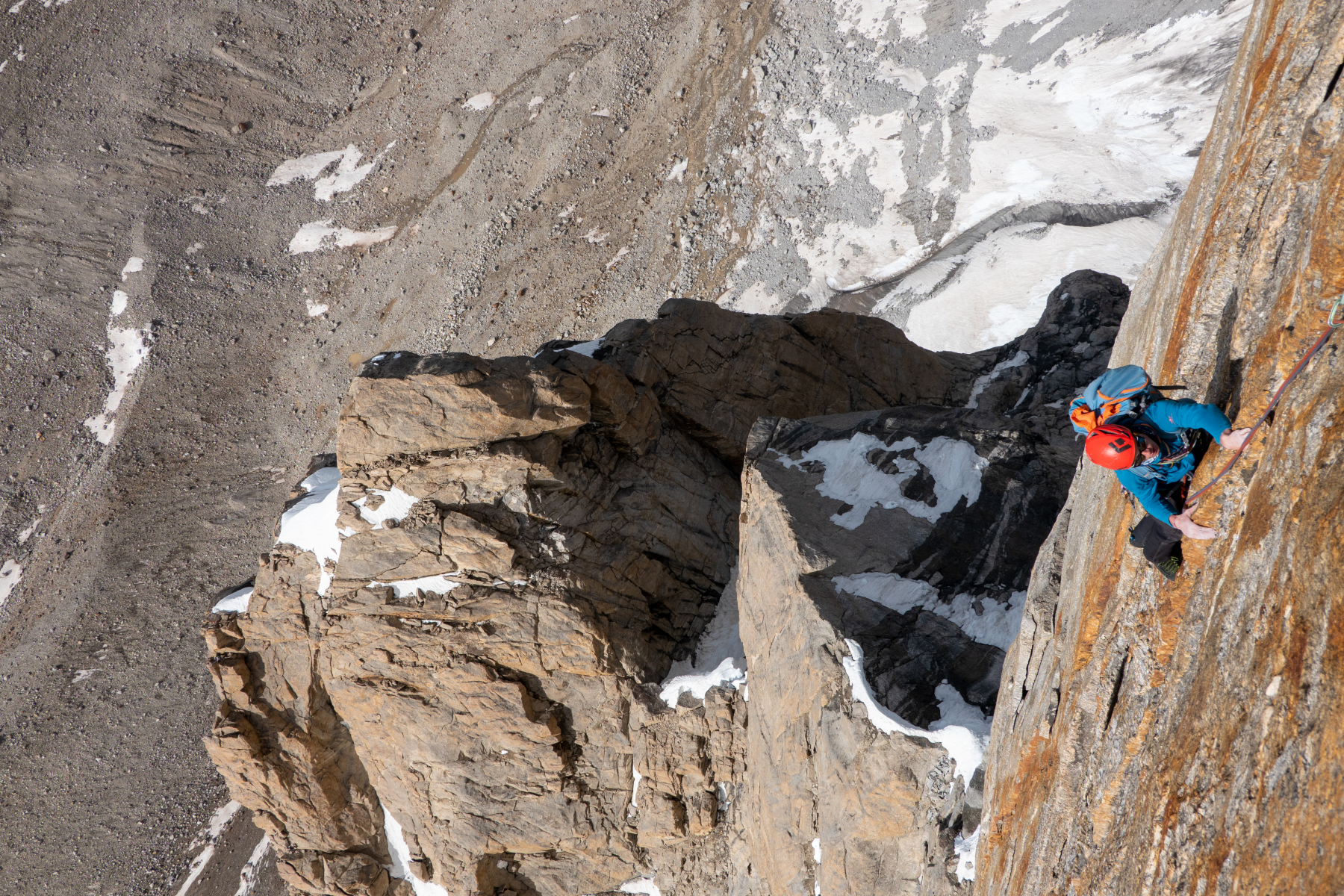
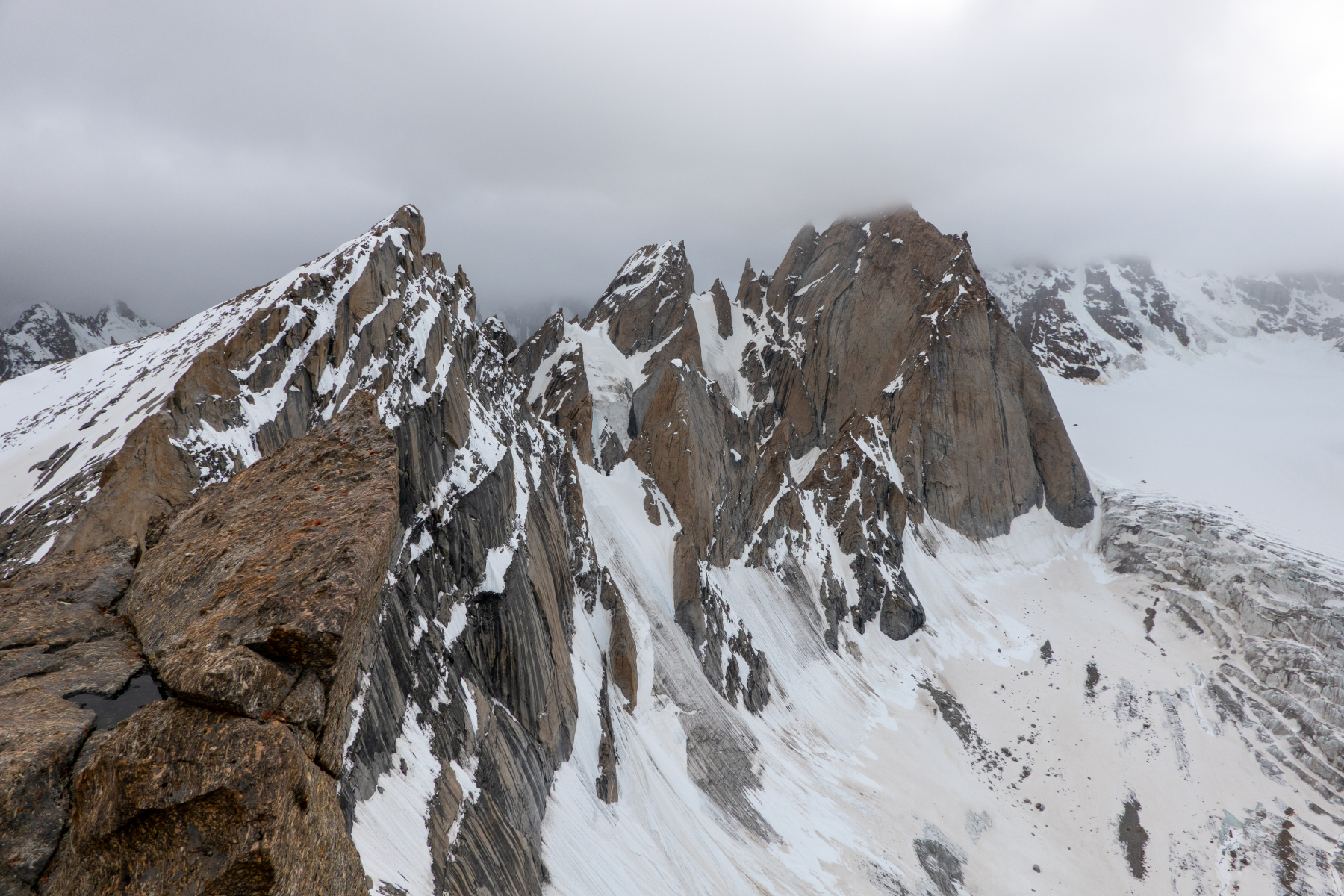
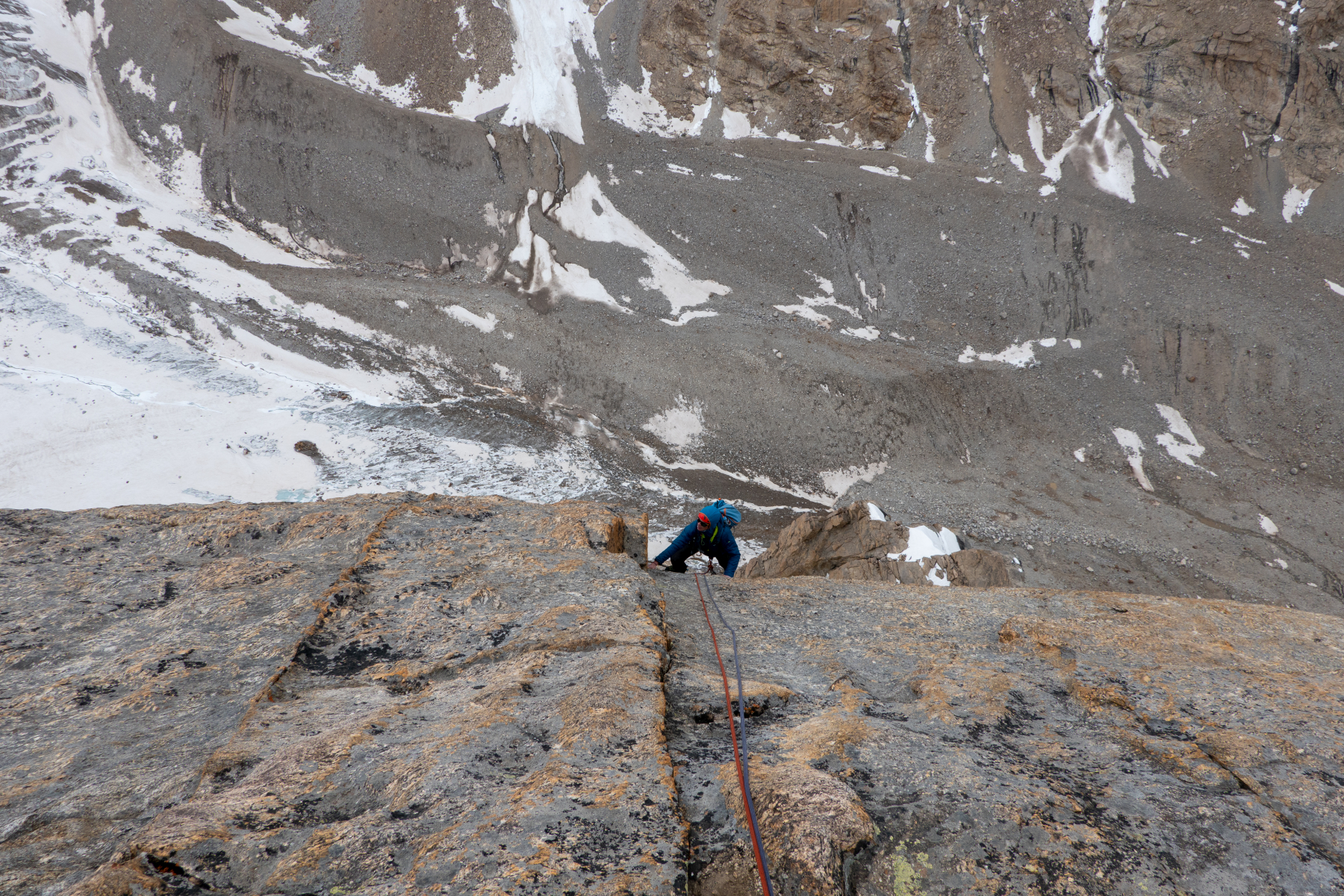
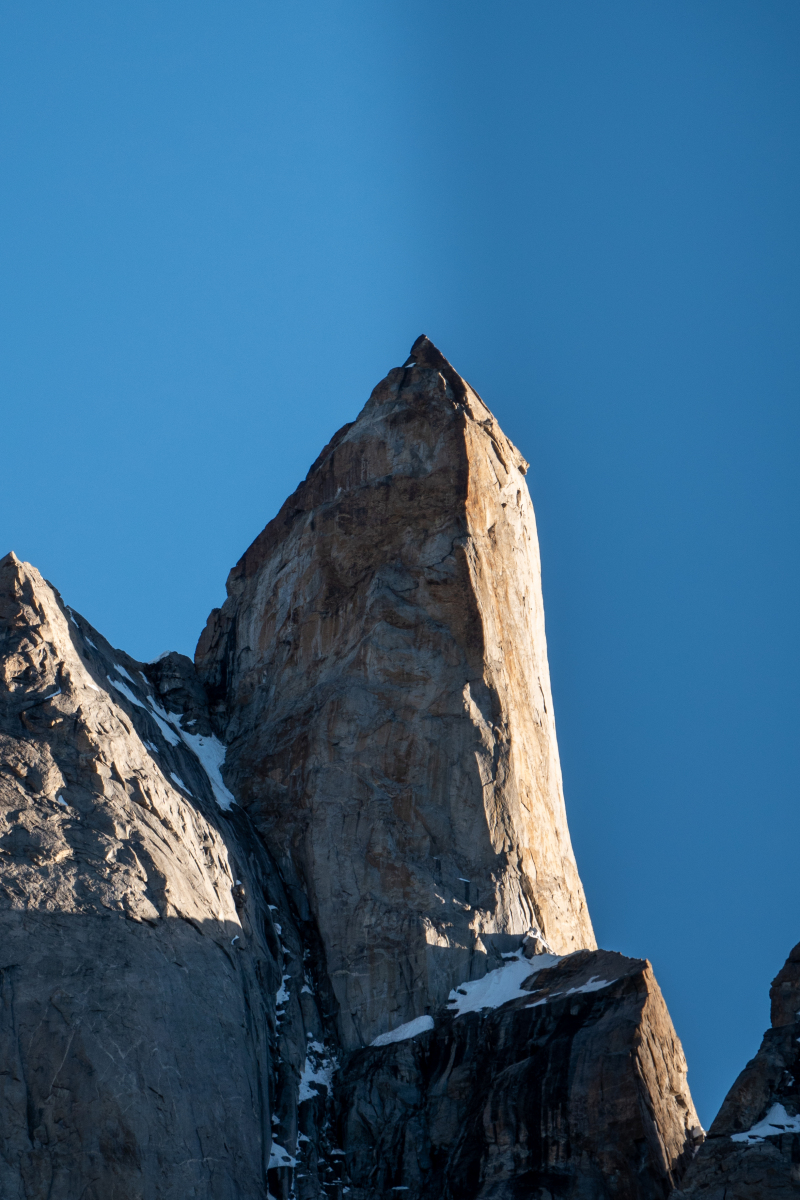
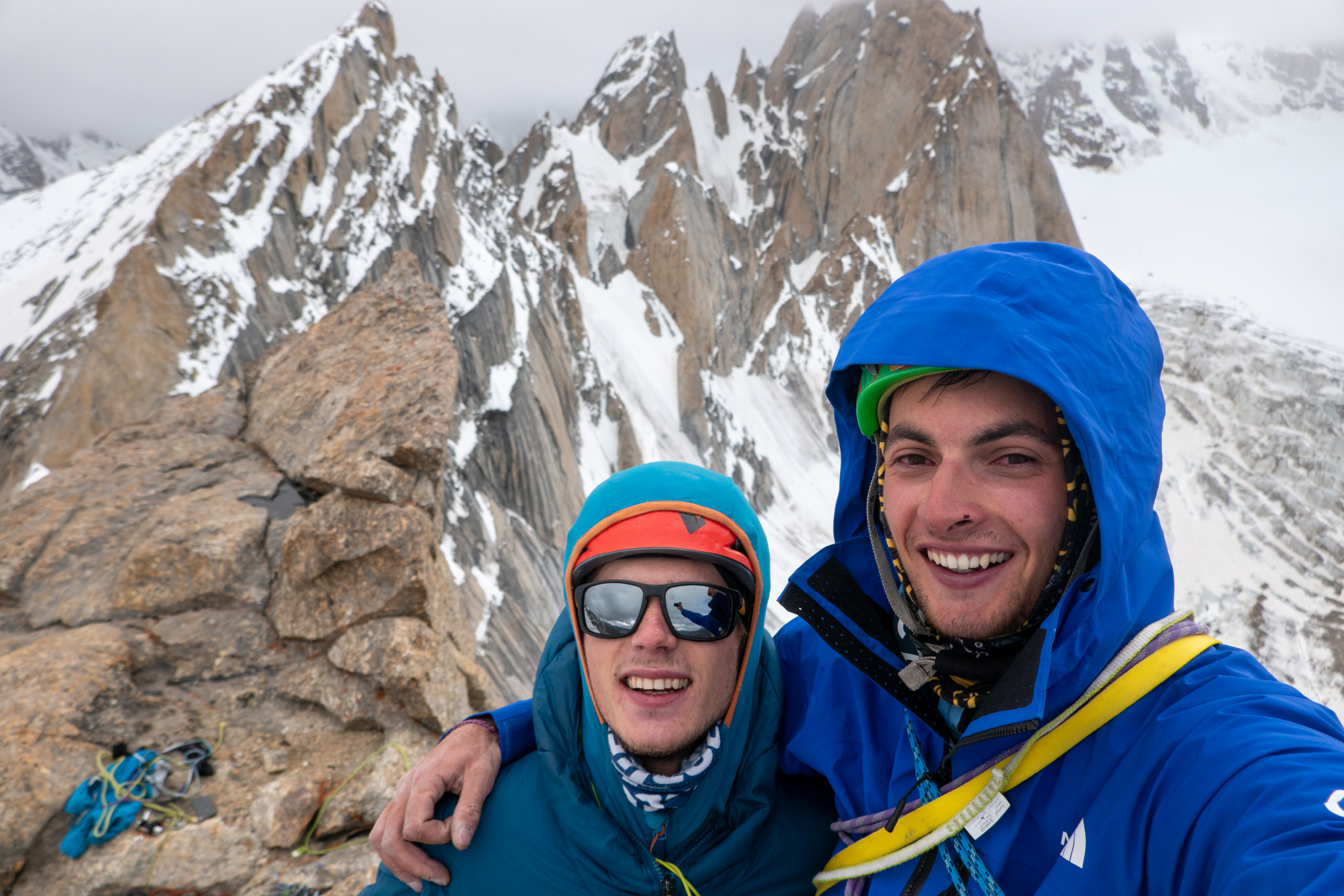
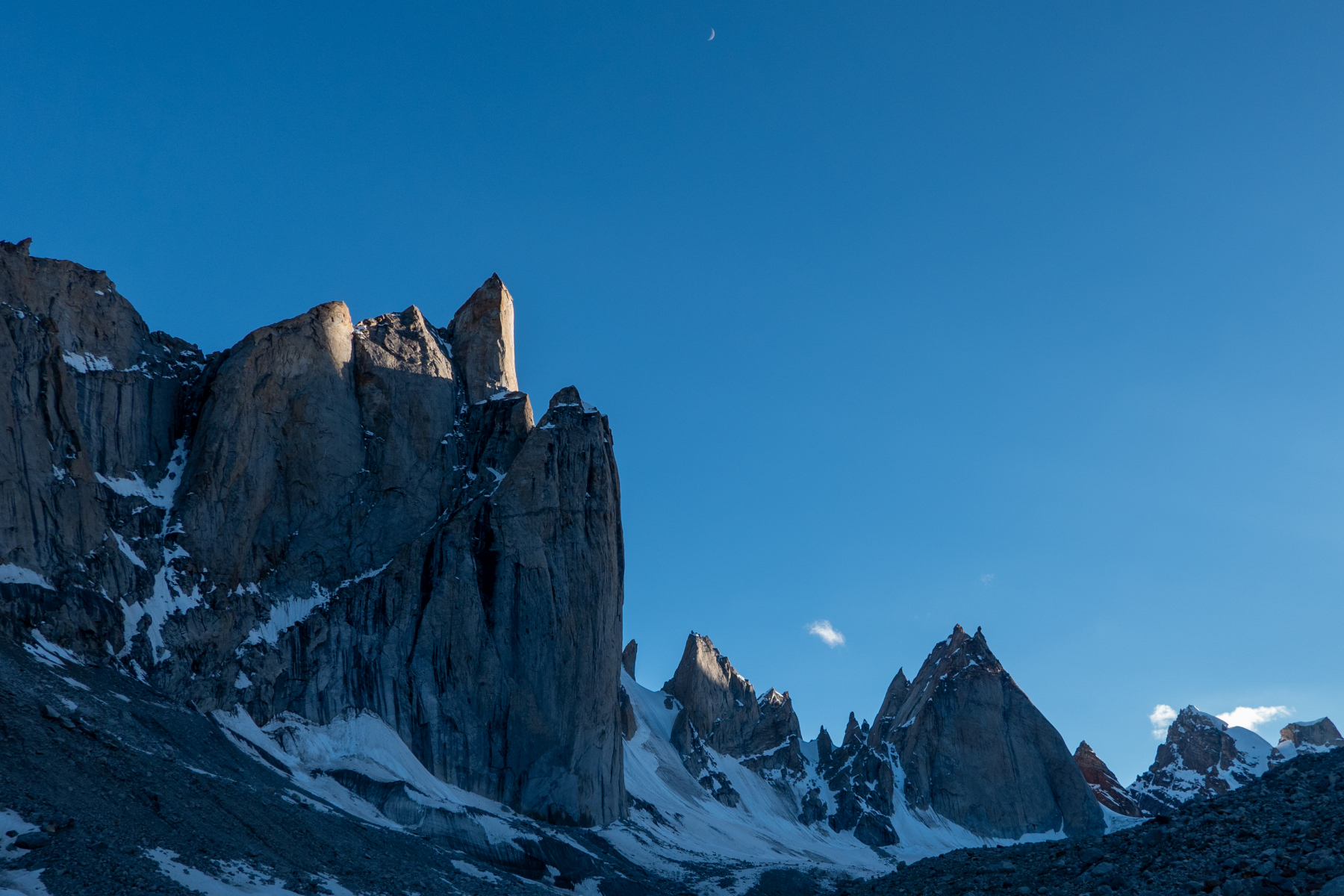
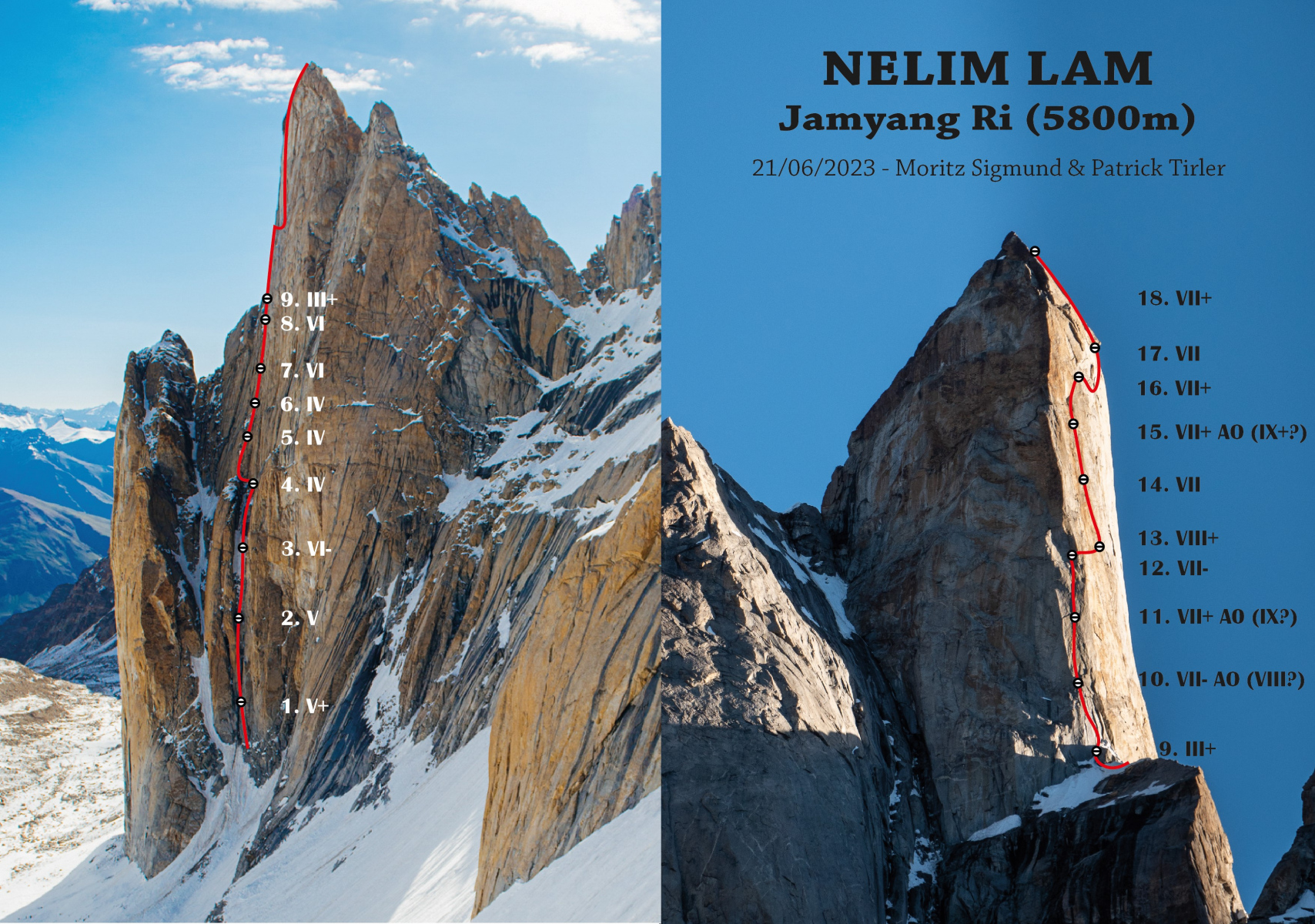
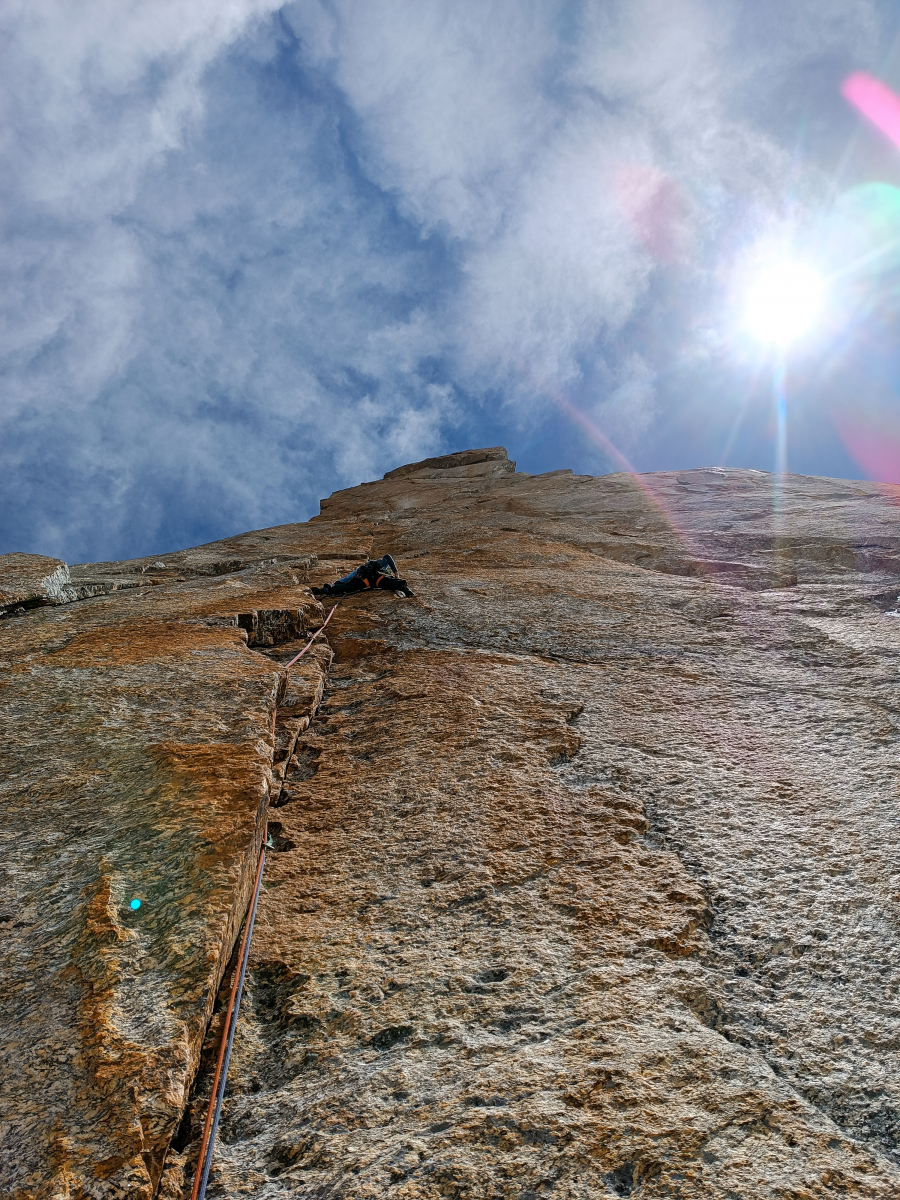
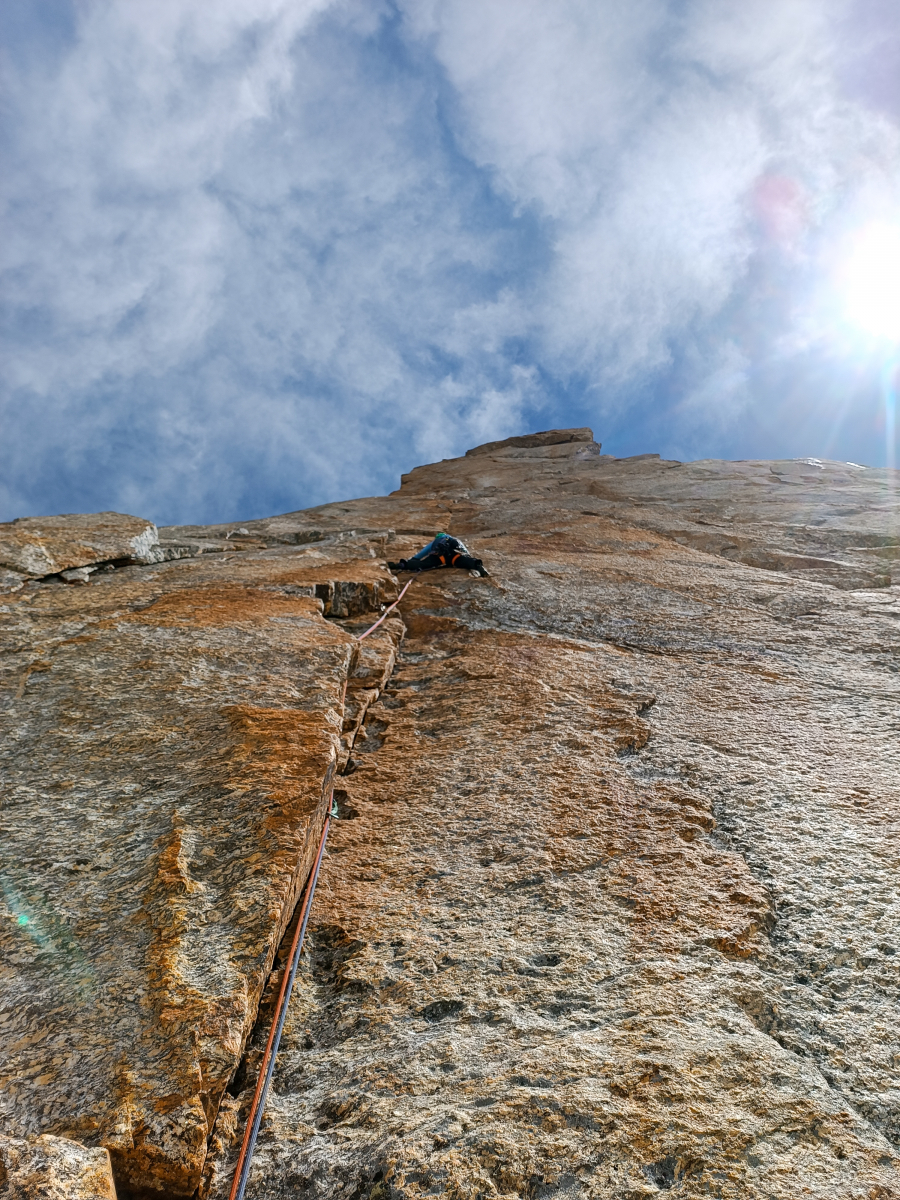
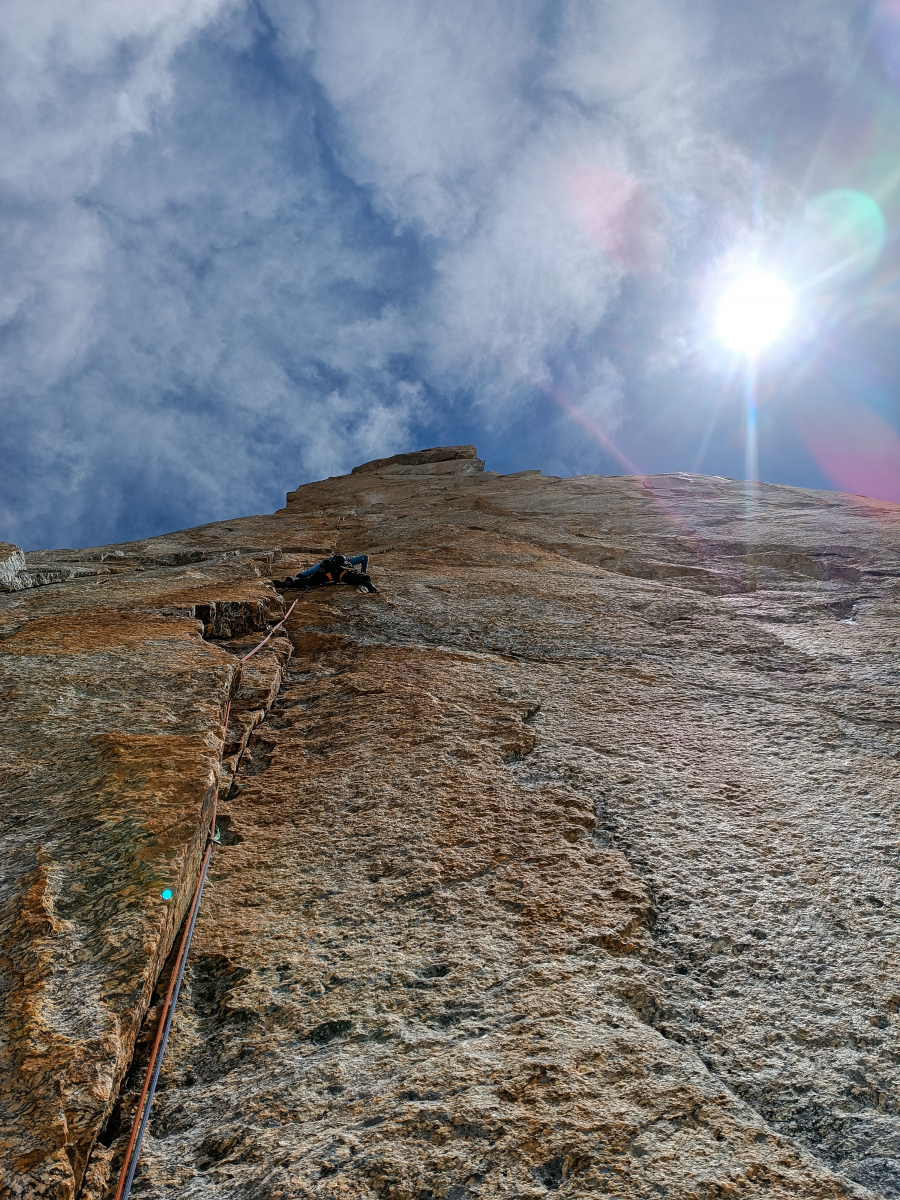
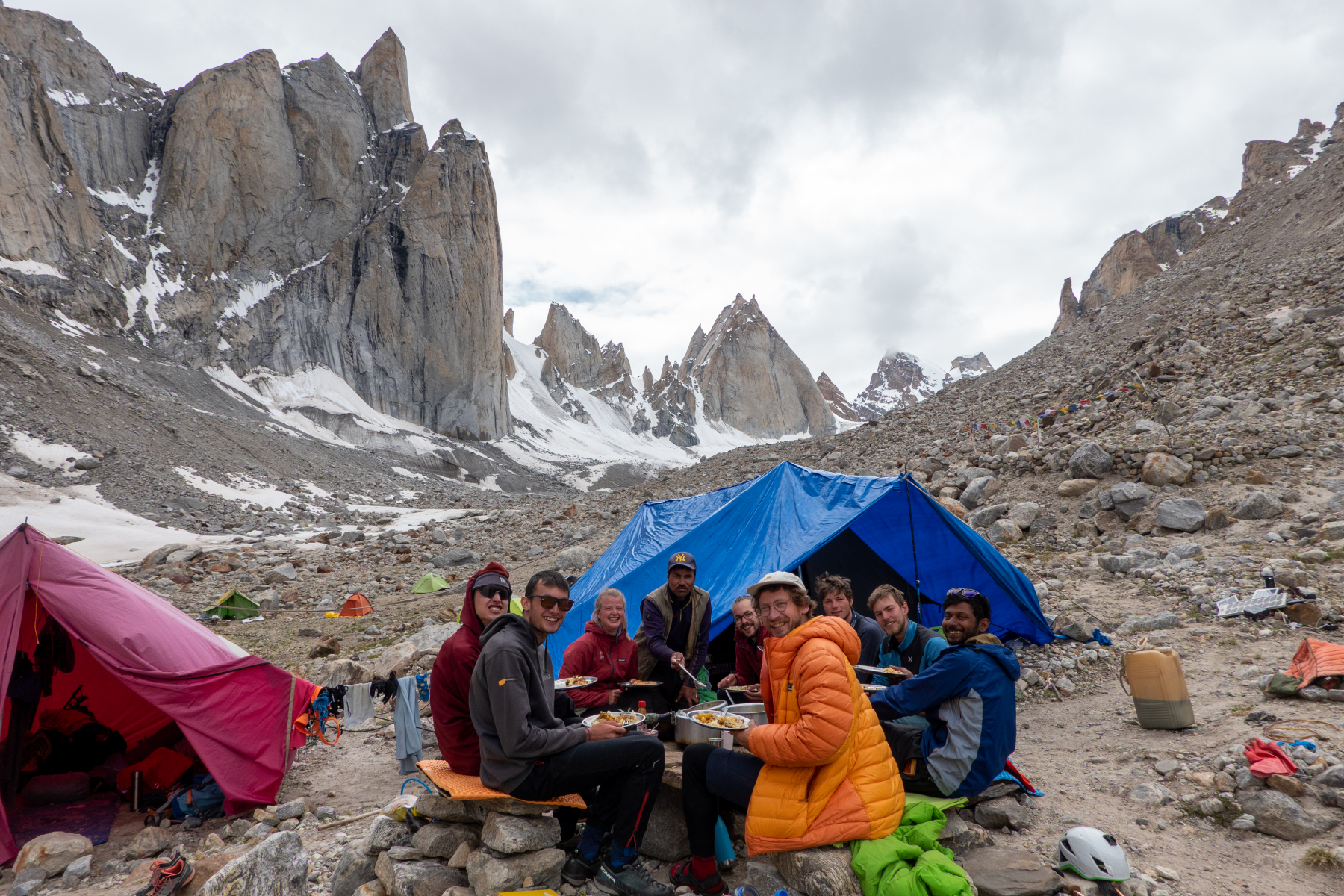
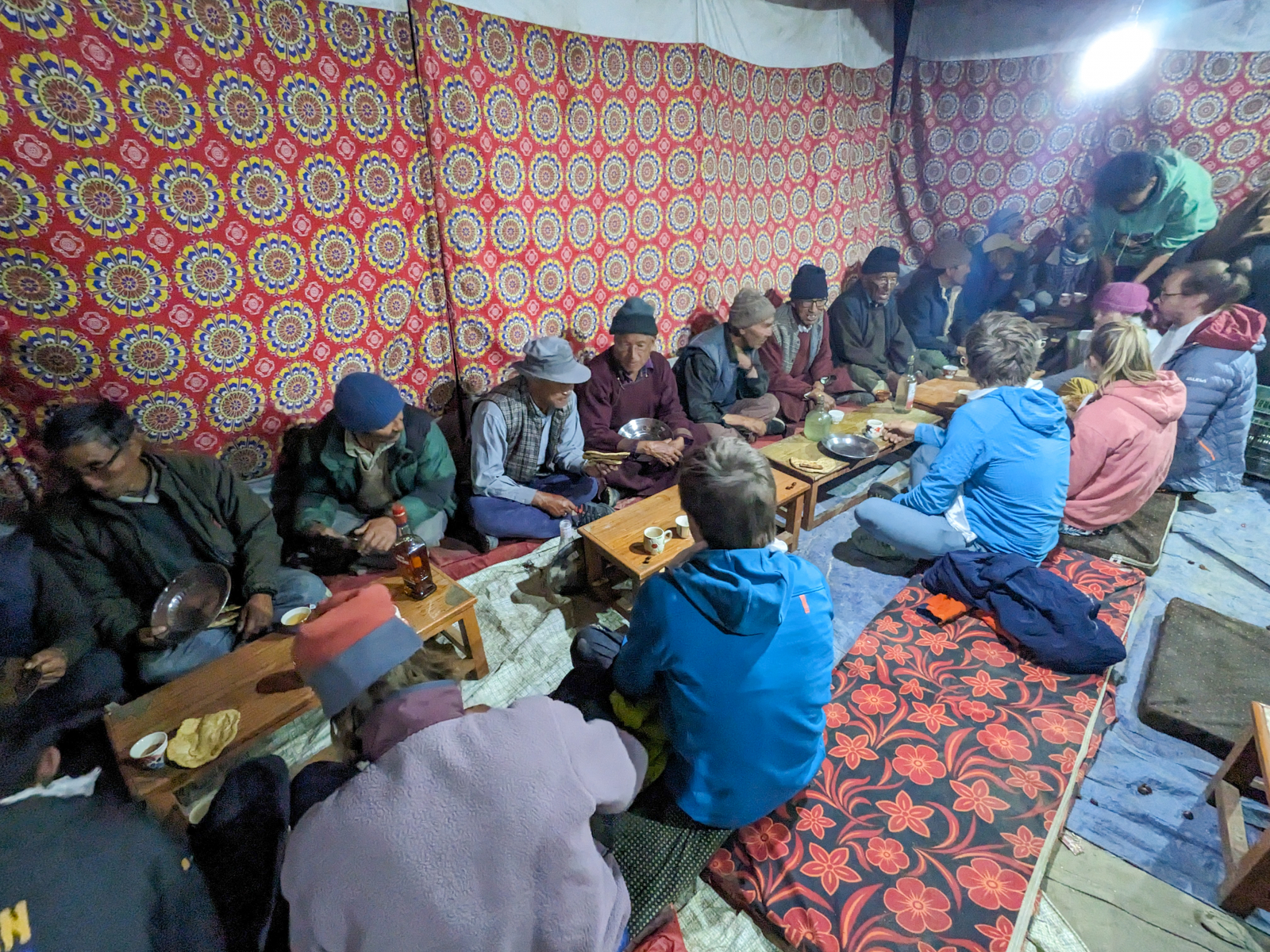
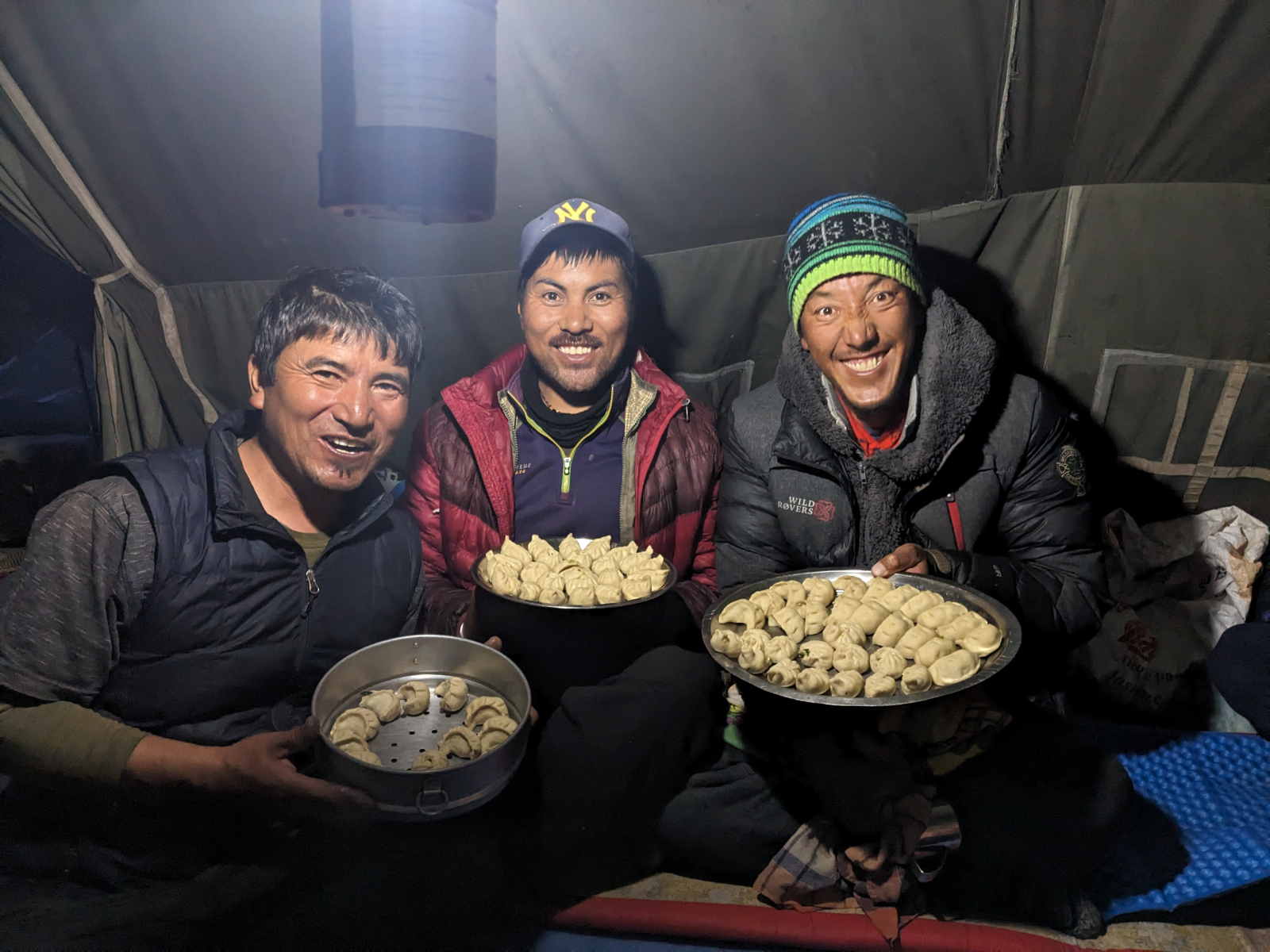
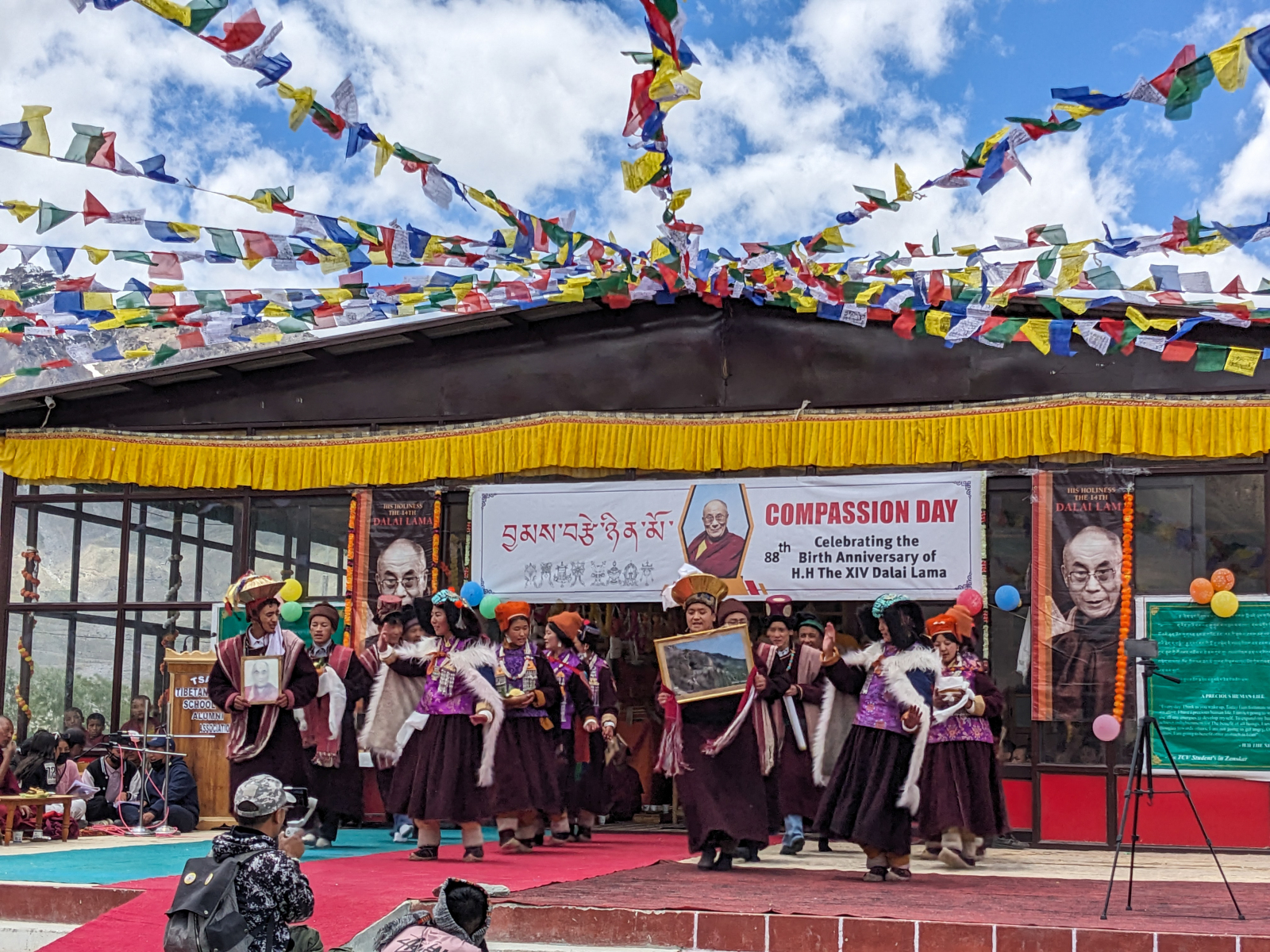
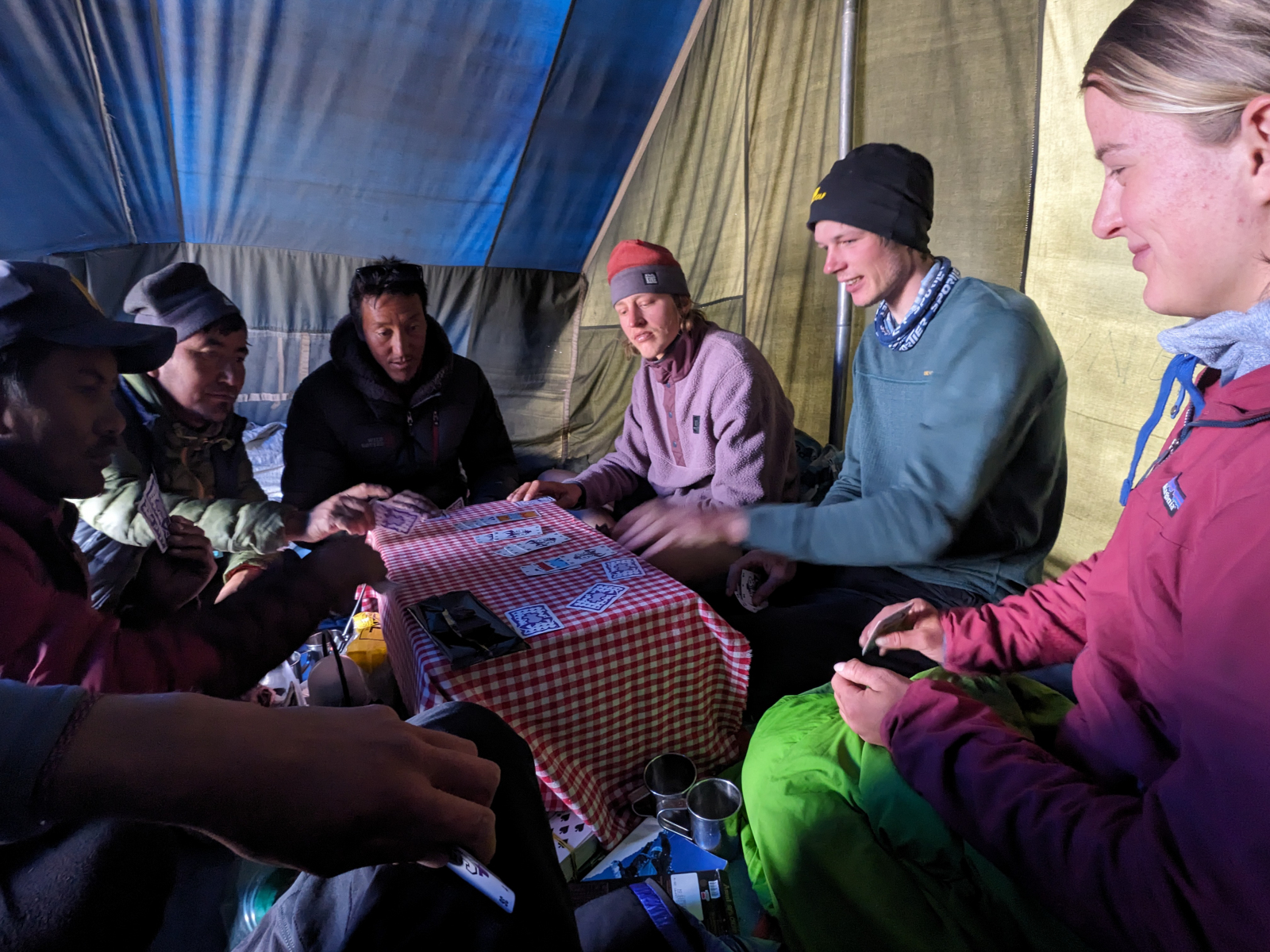
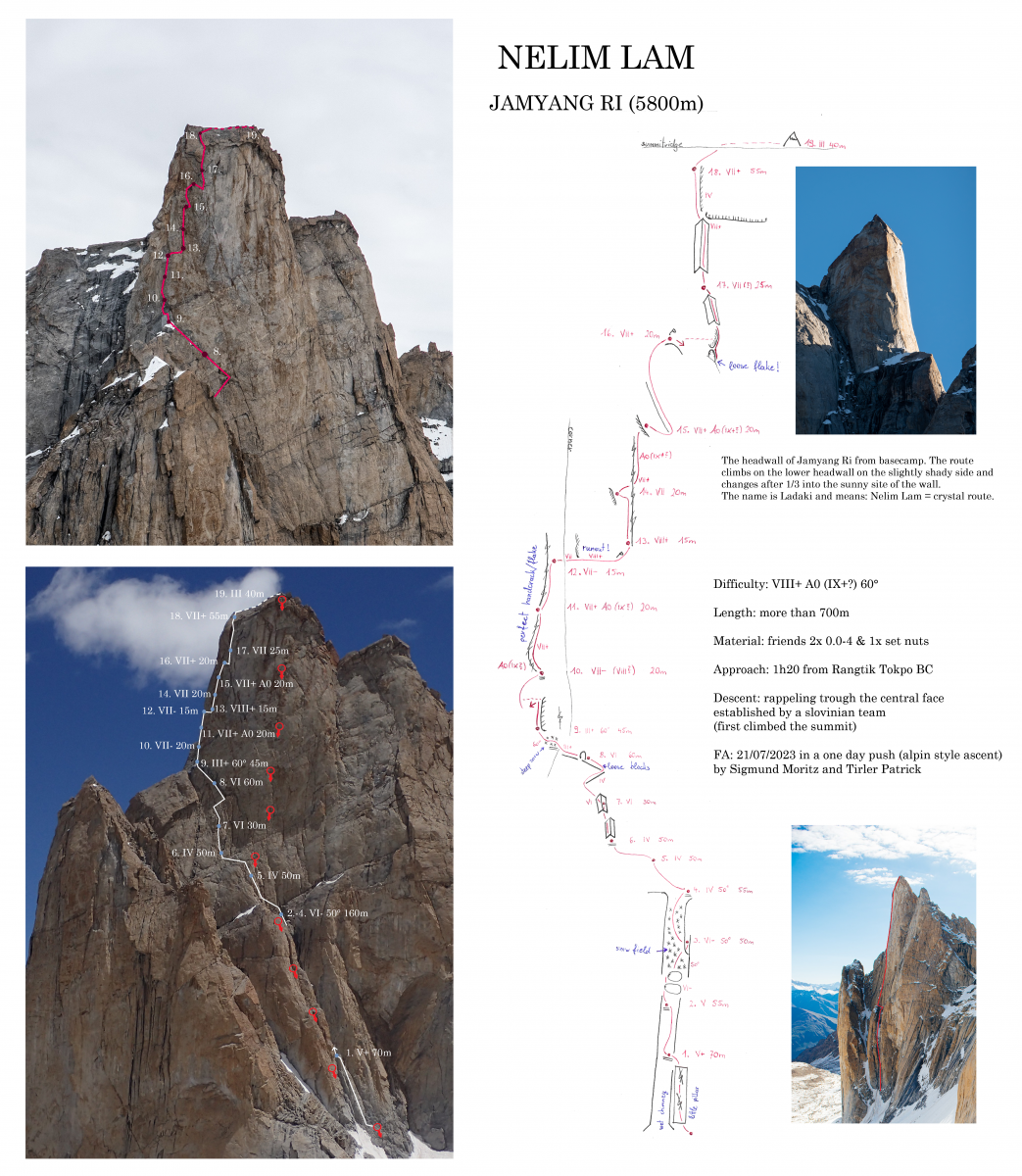
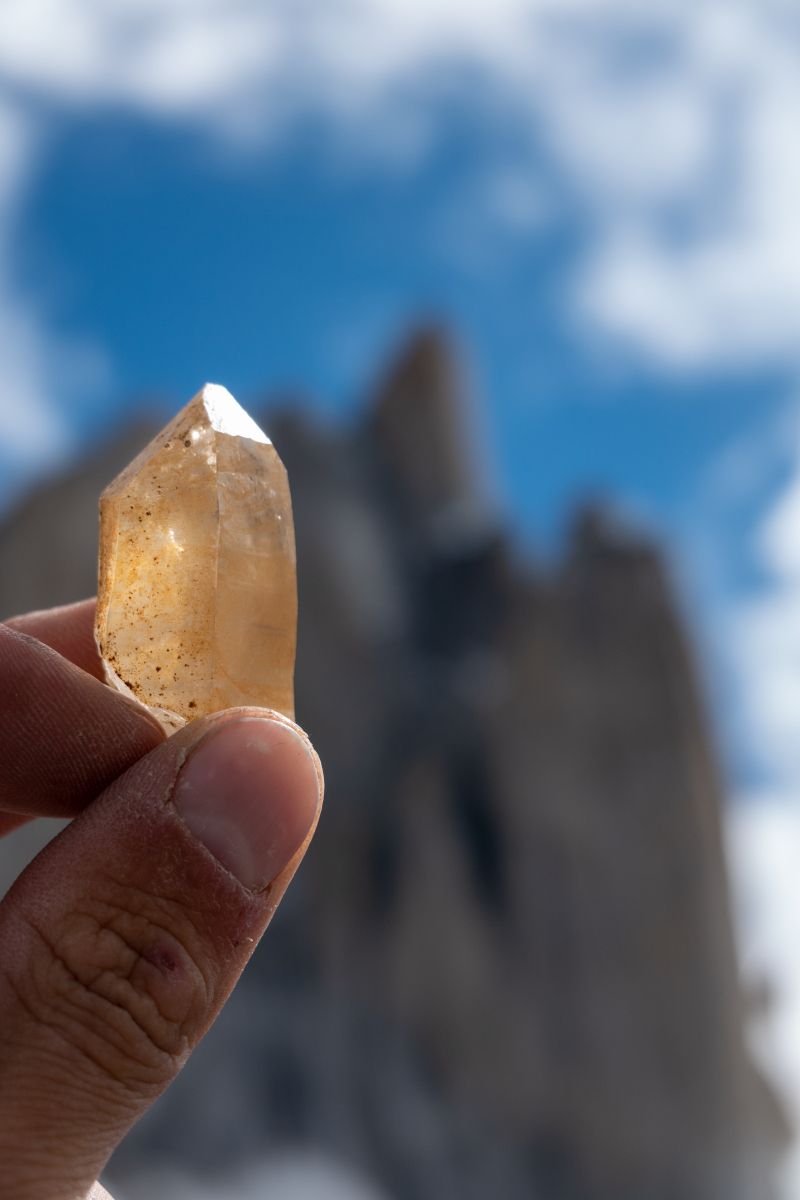
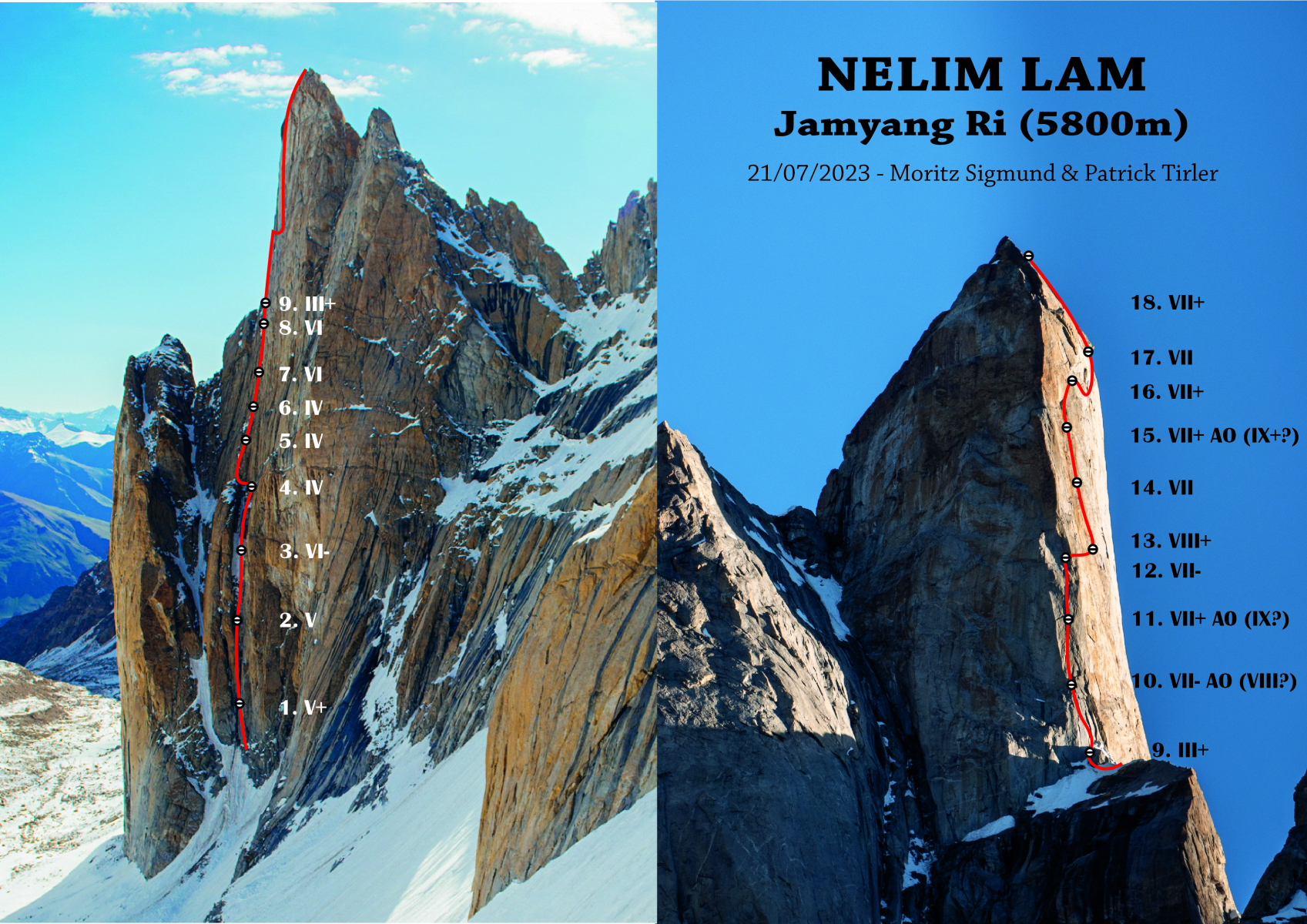
LUIS CARLOS GARRANZO 16. September 2023
¡Congratulations!